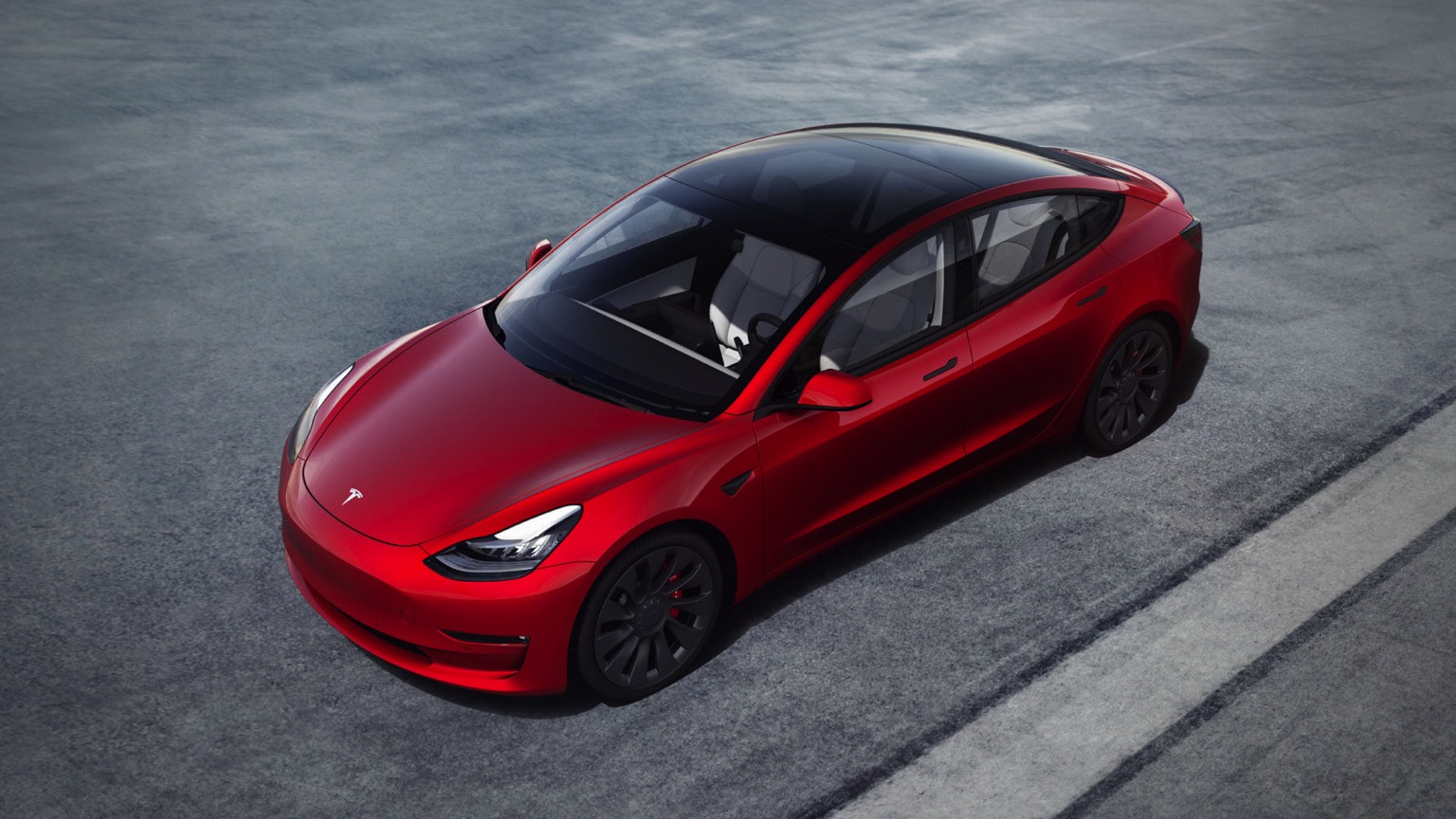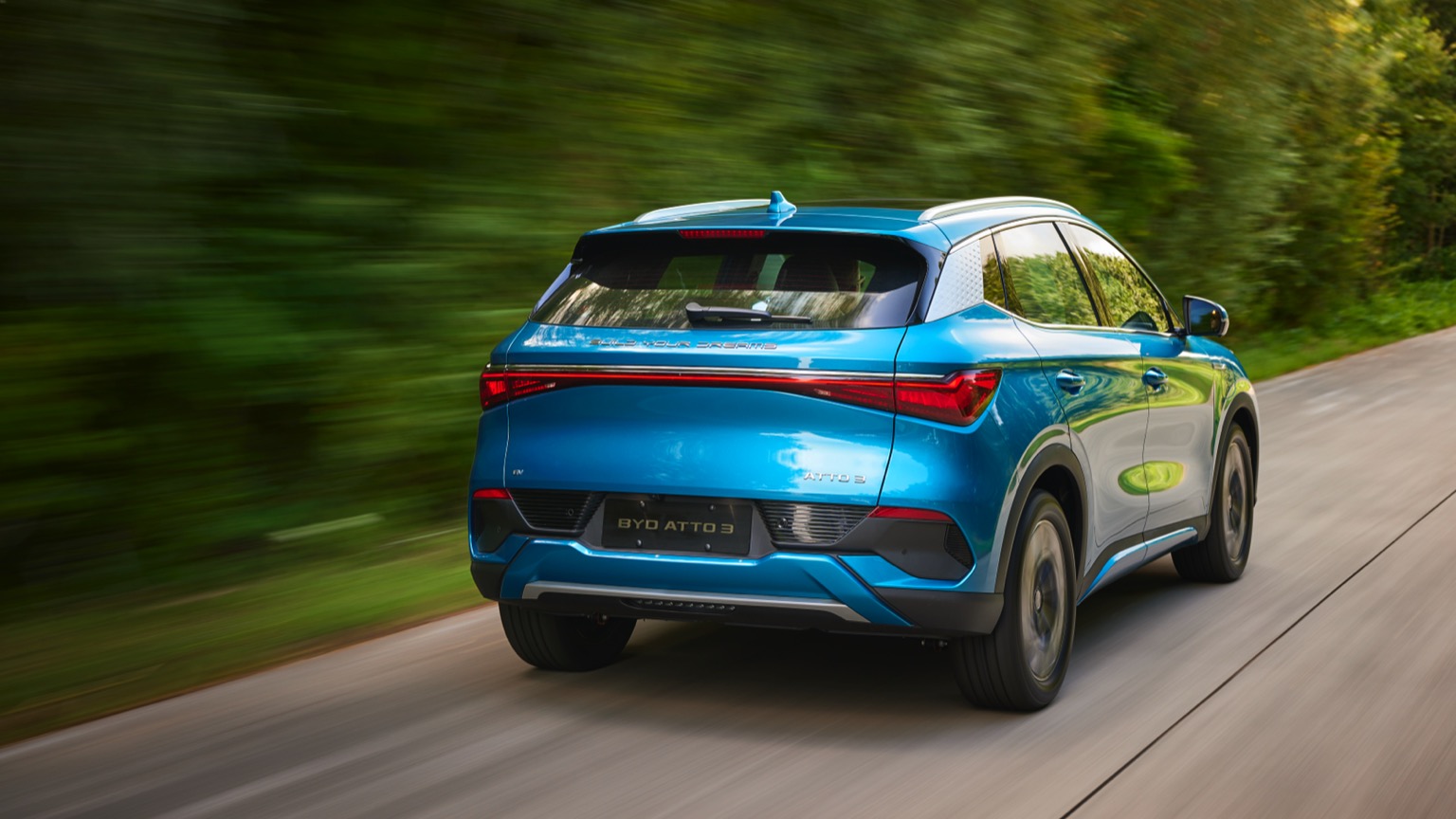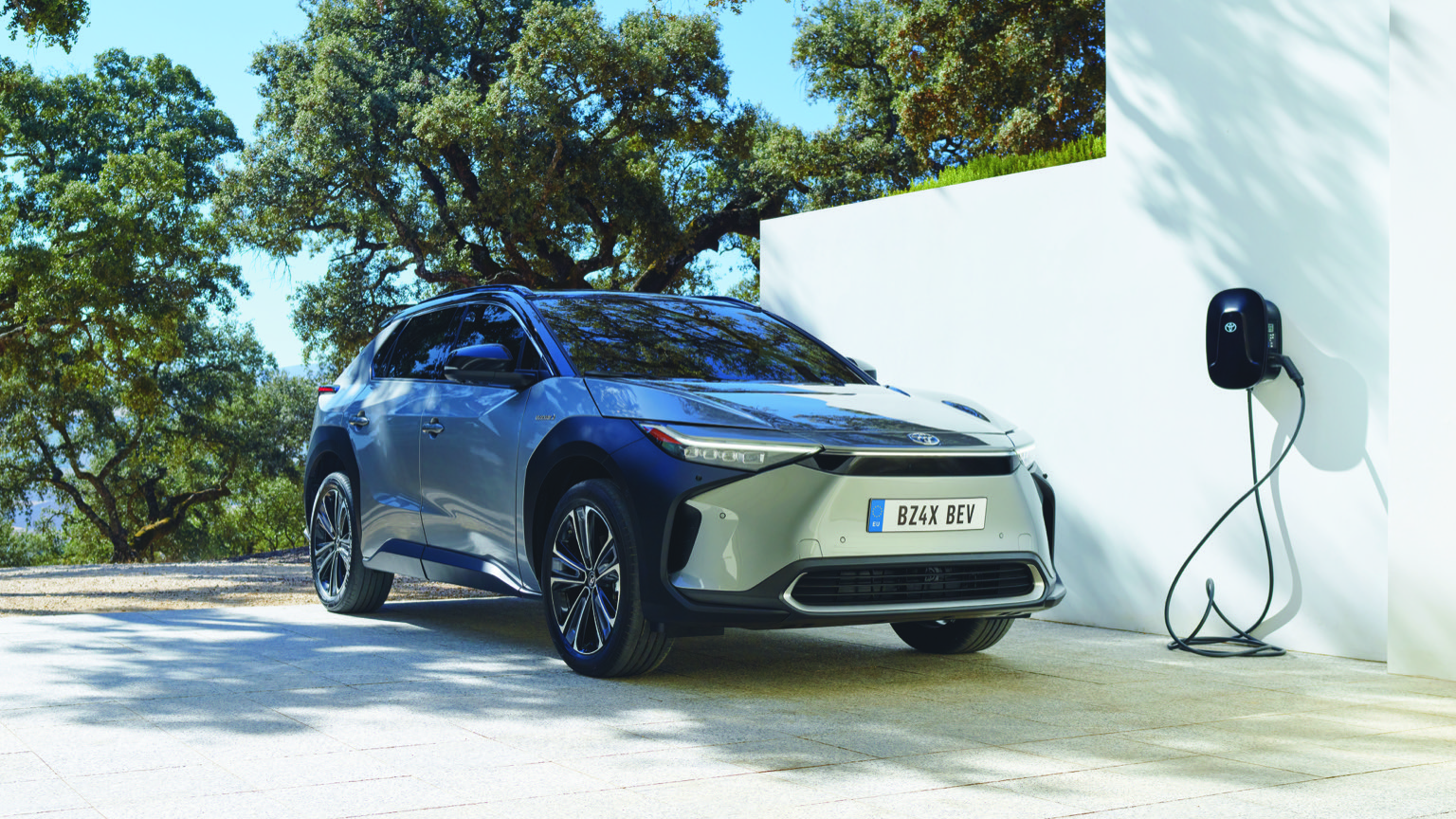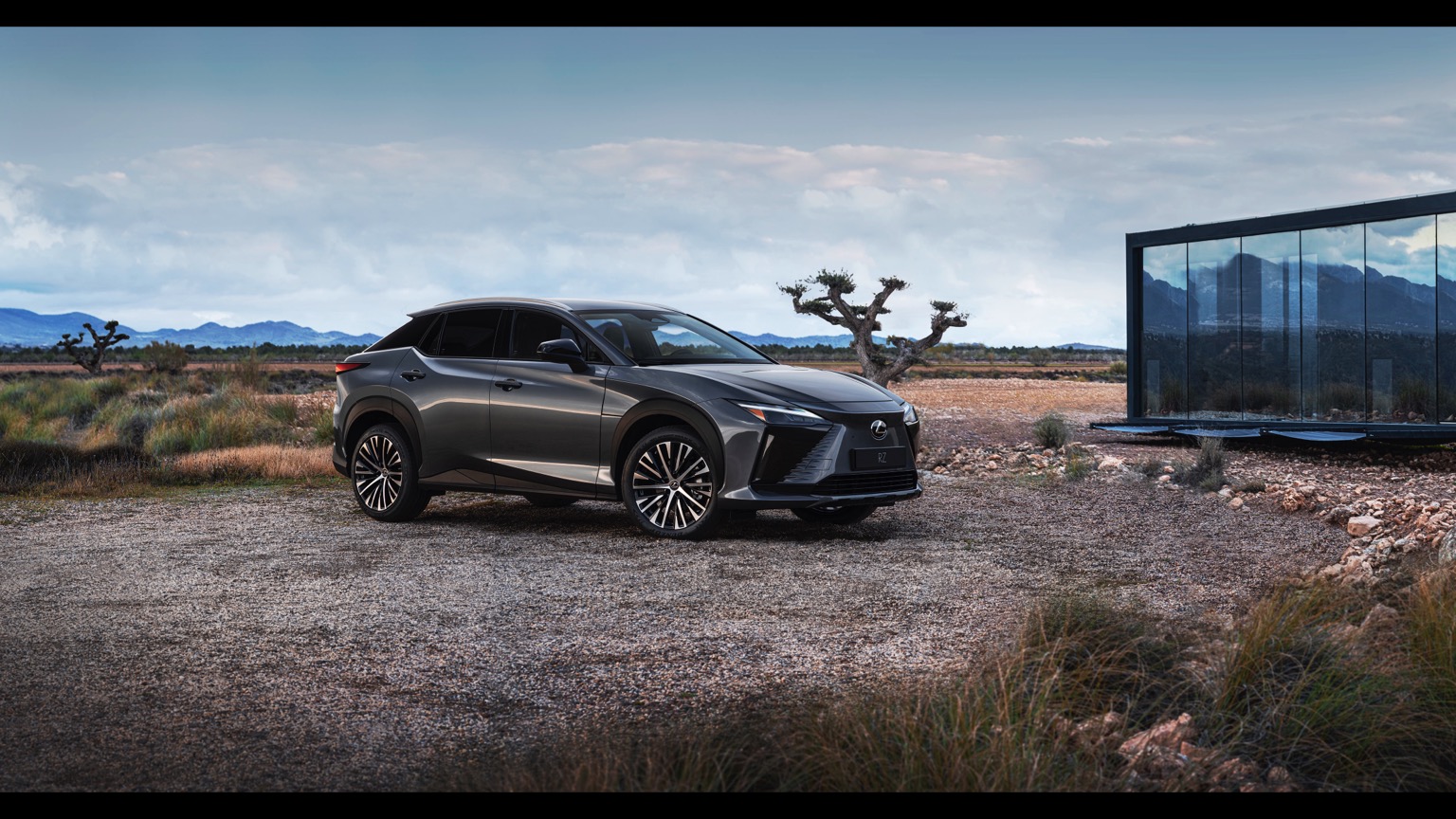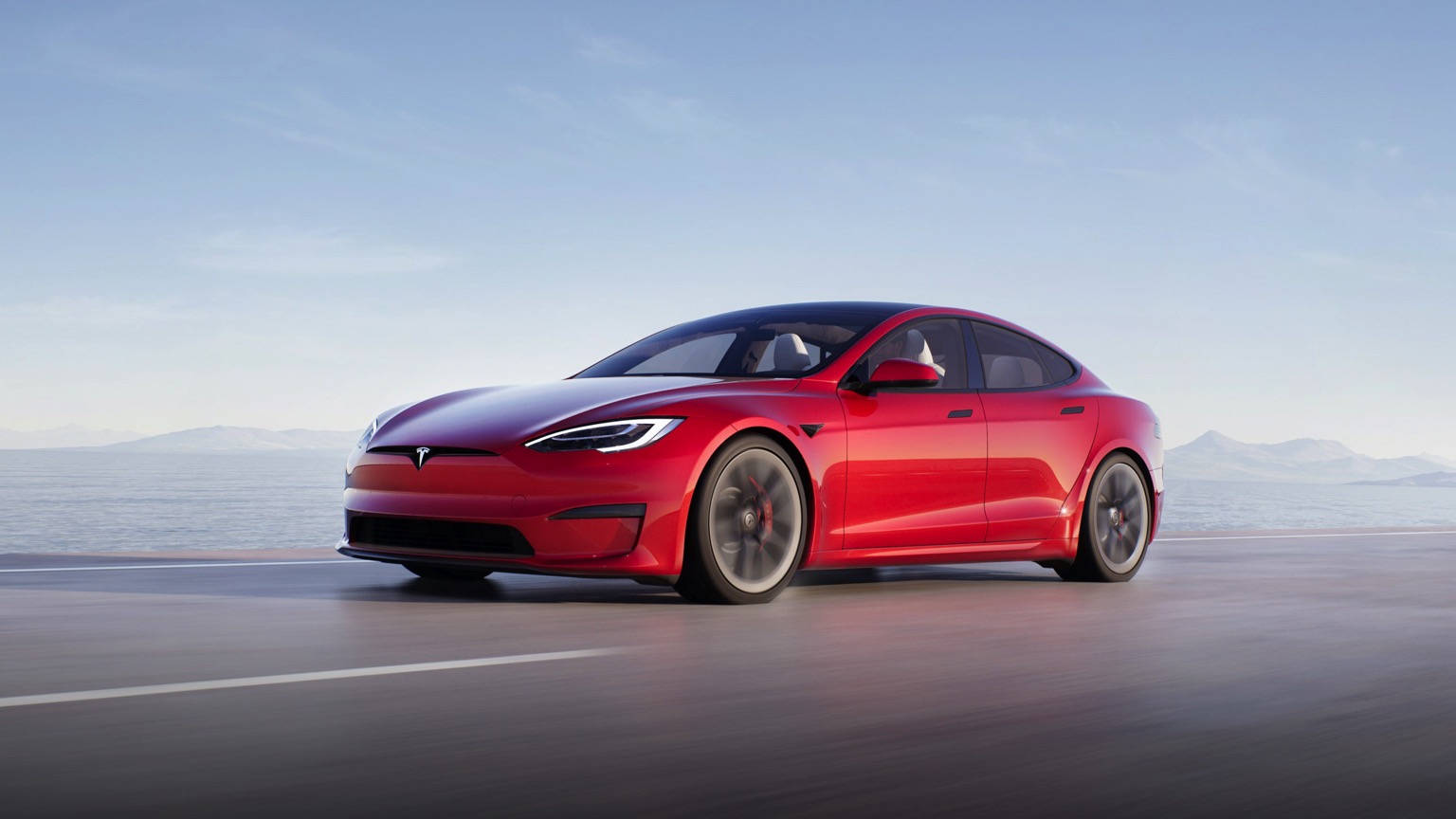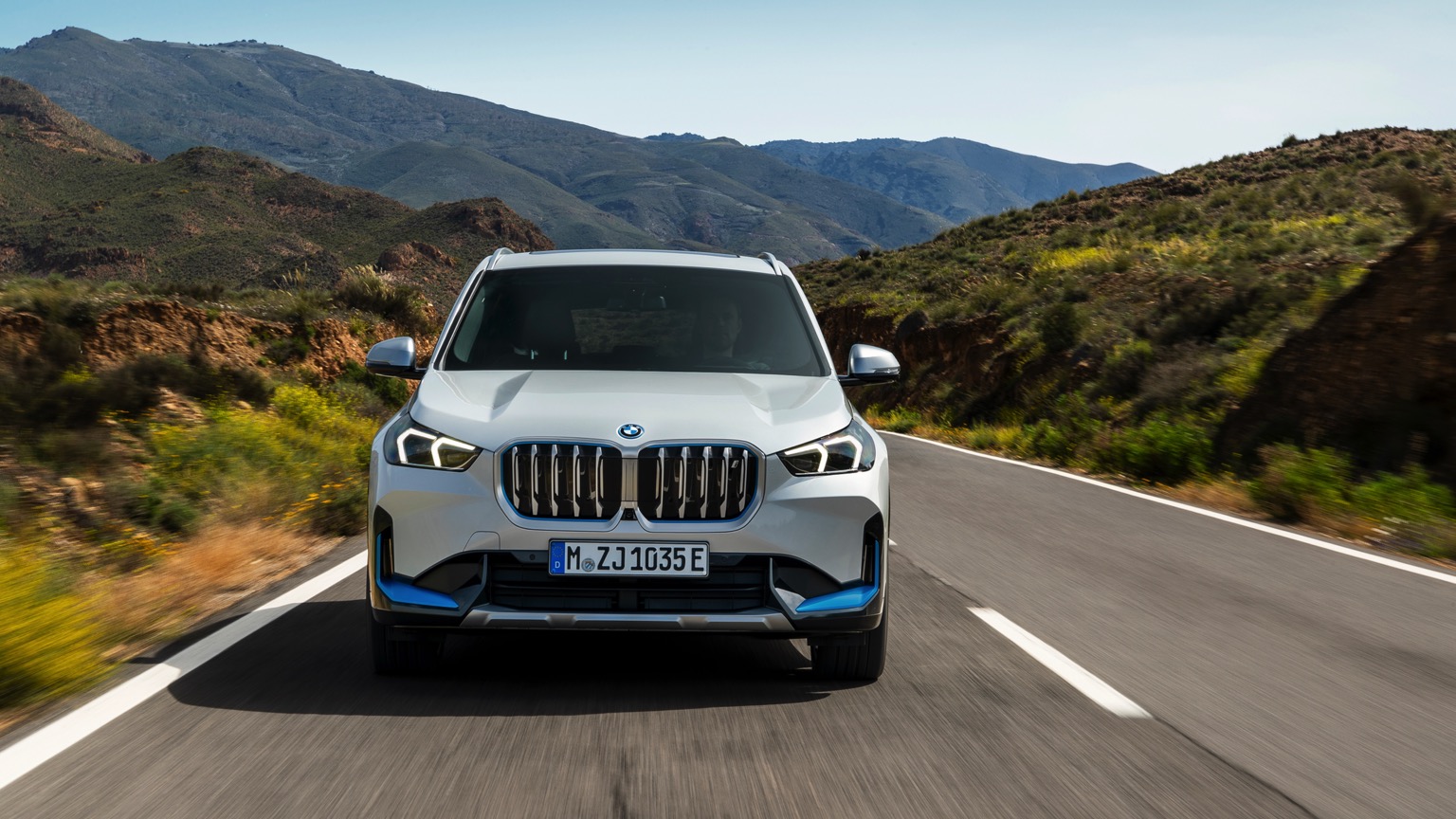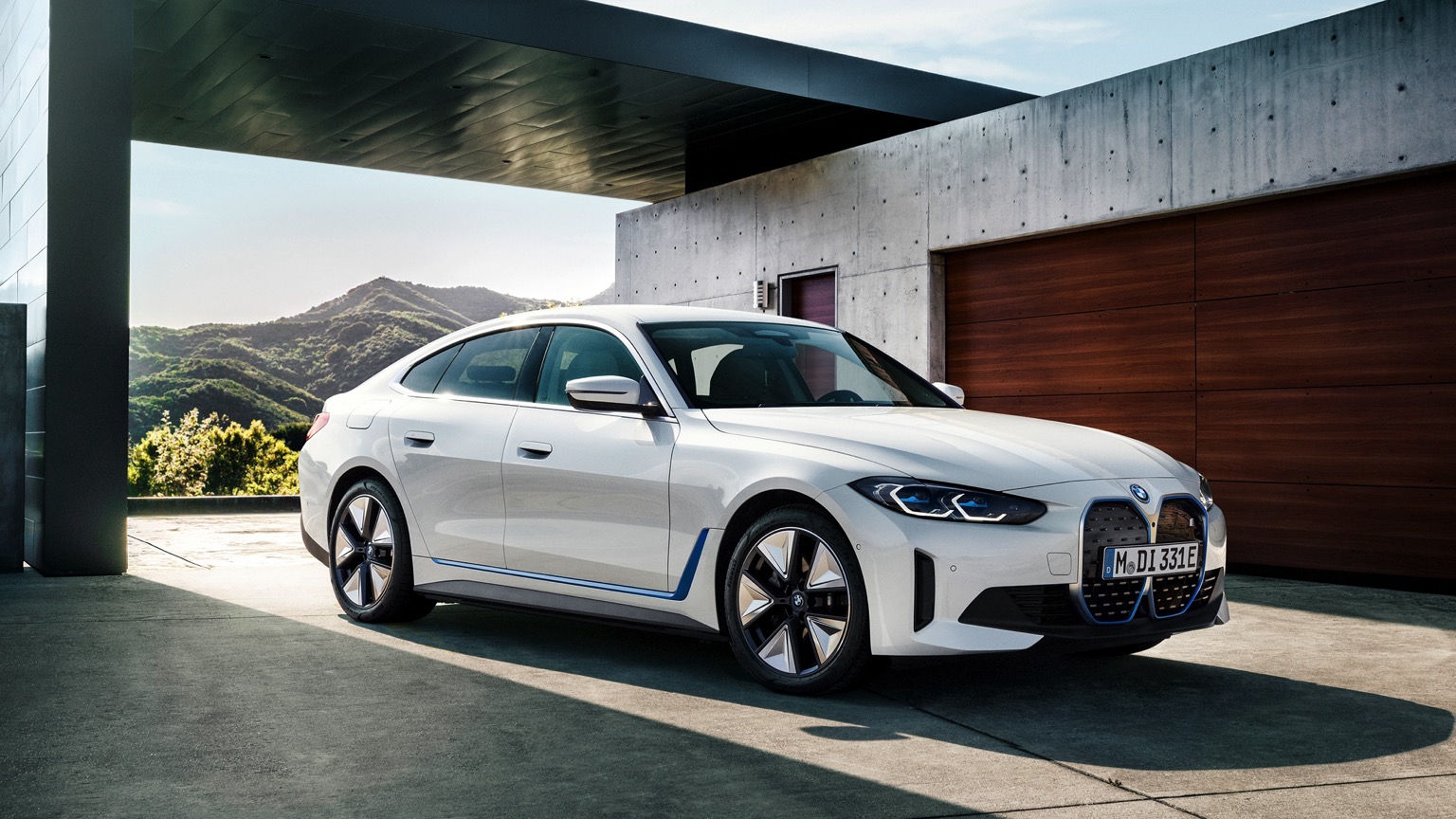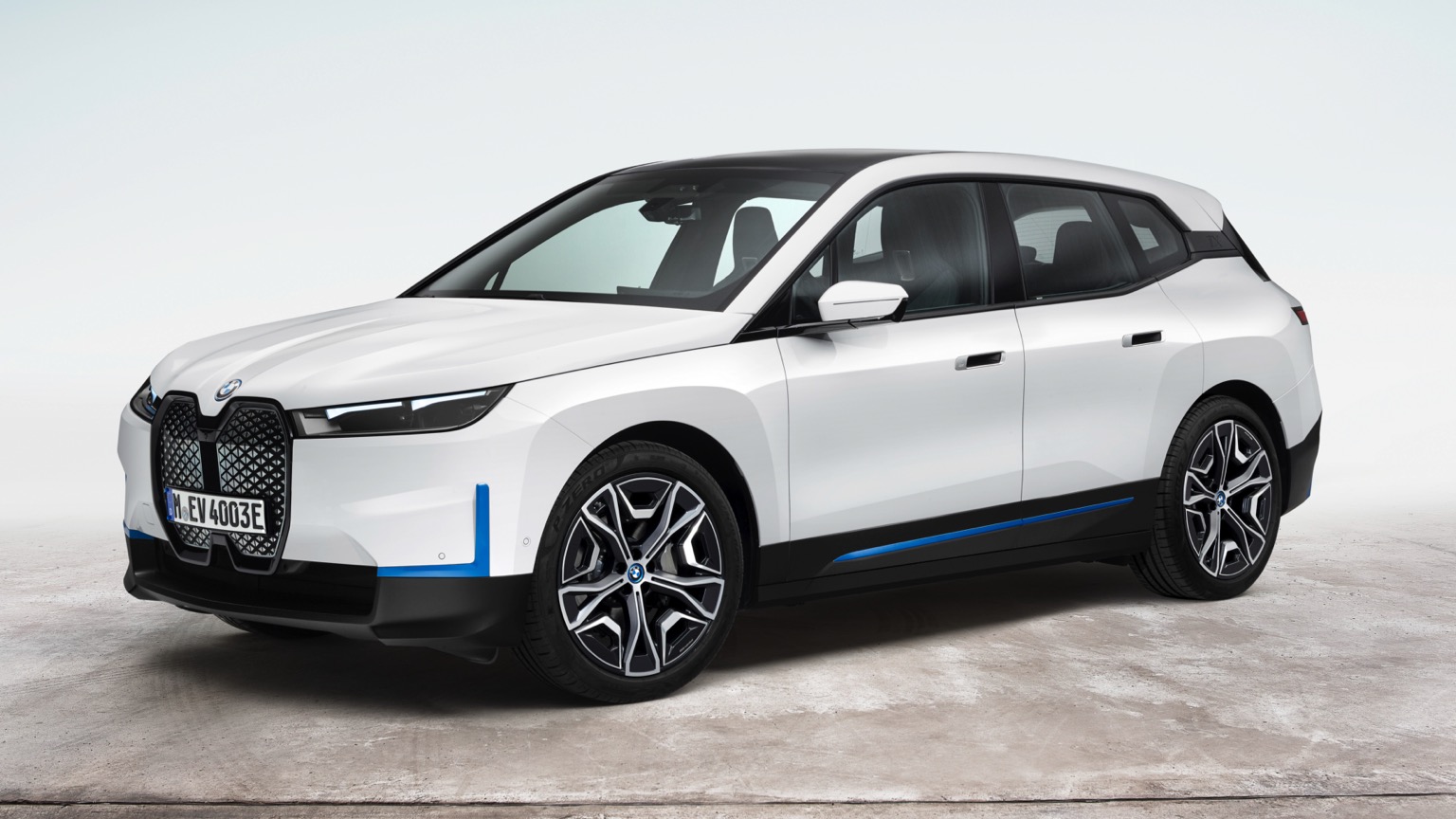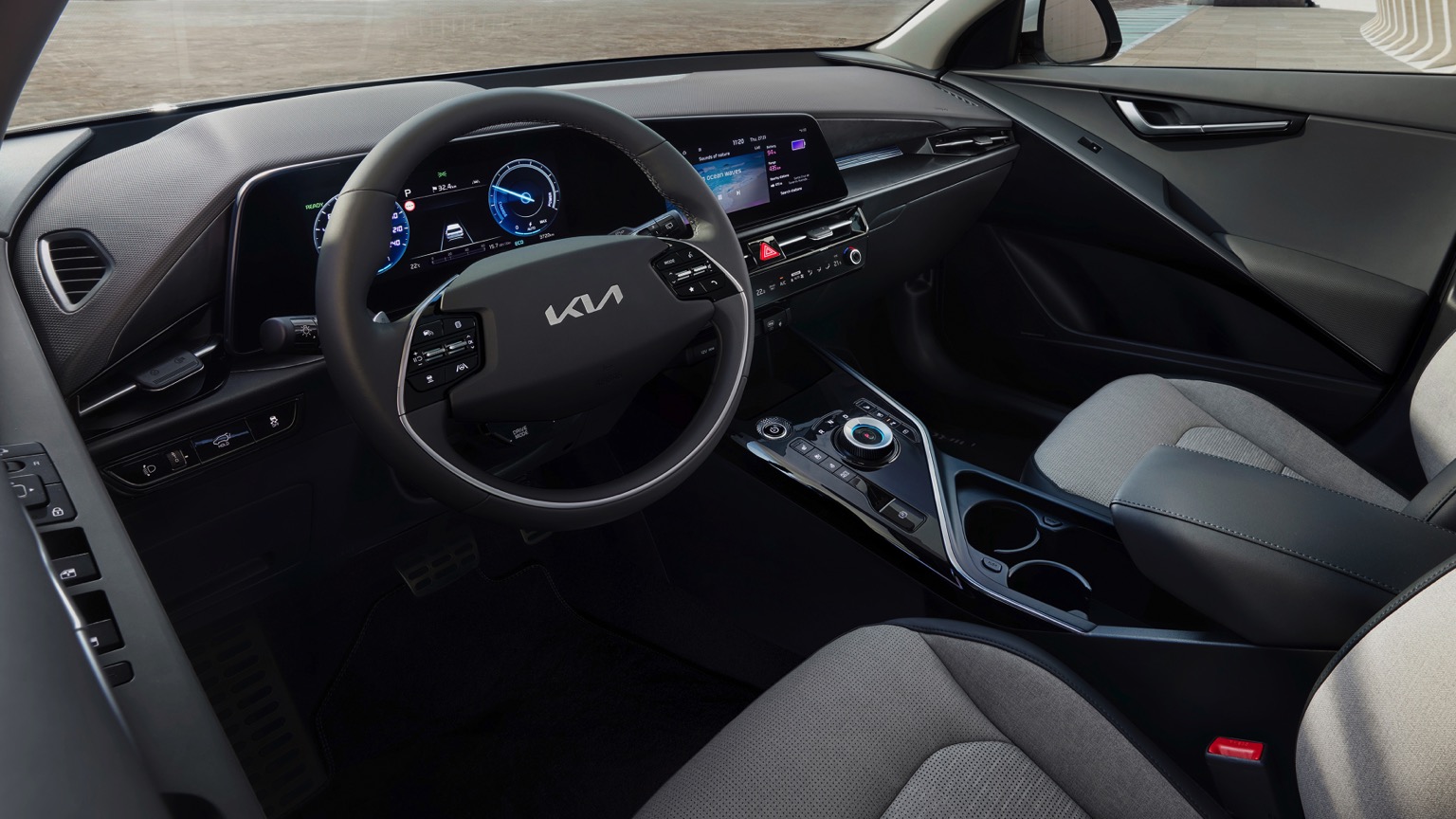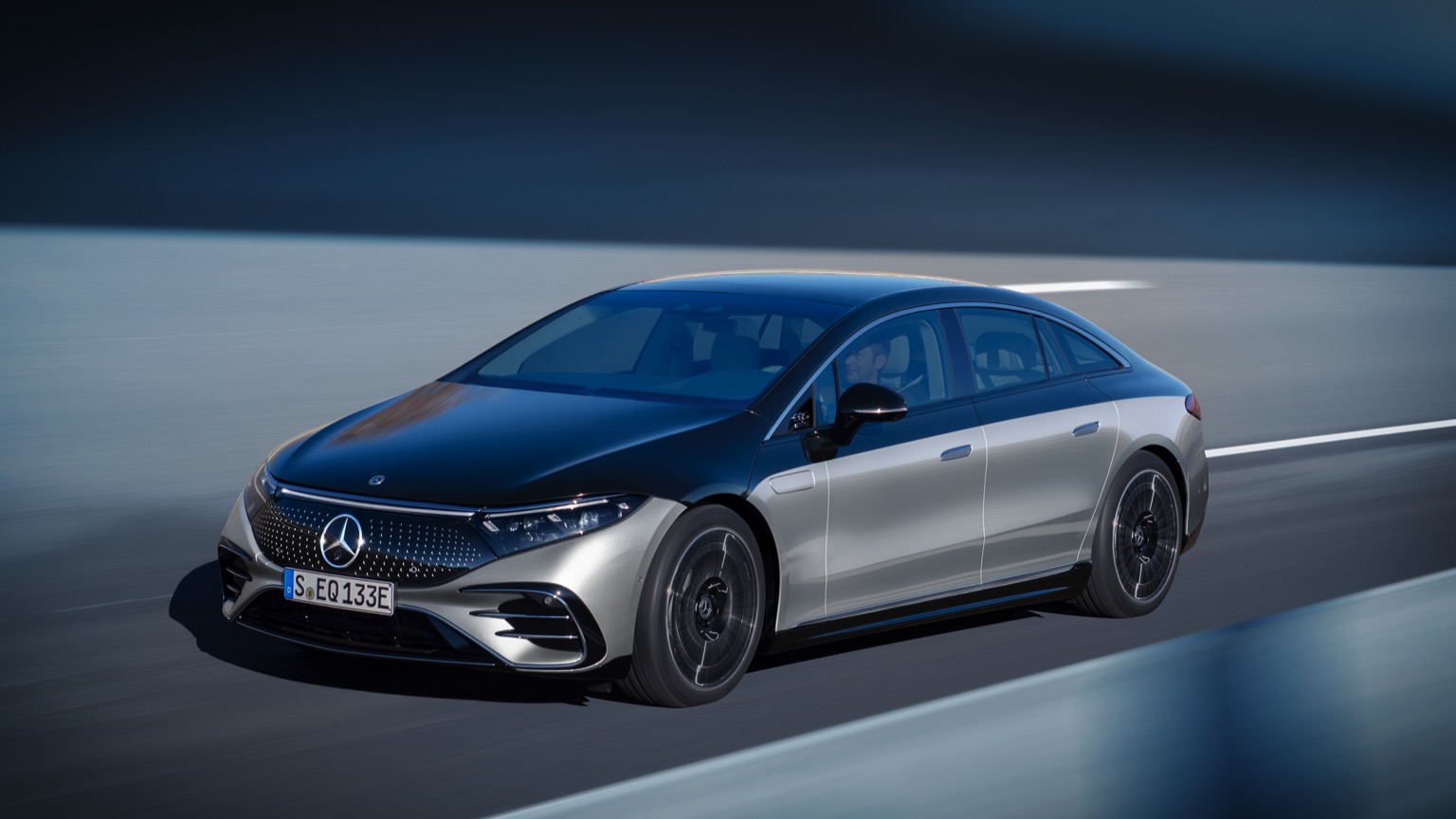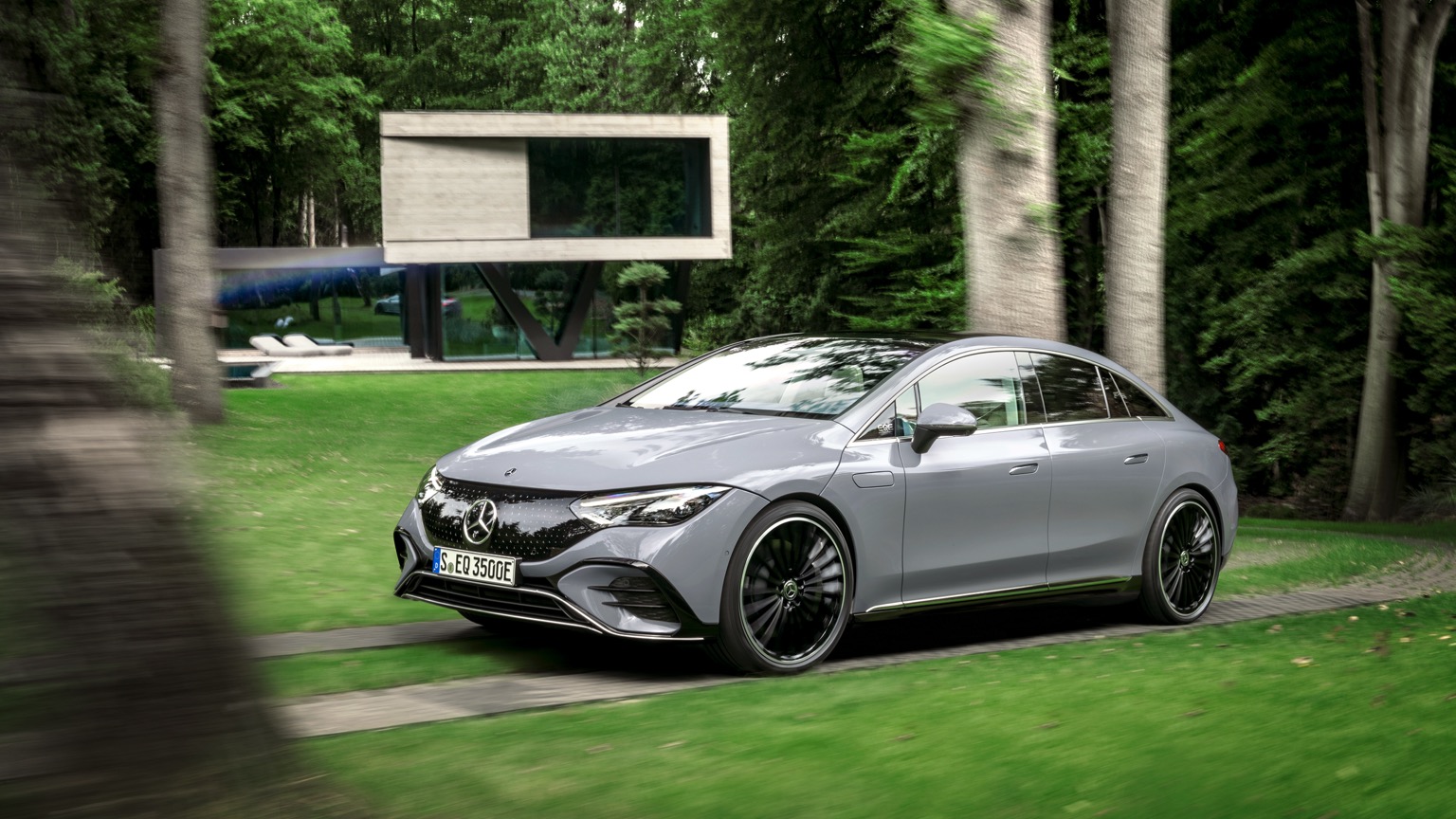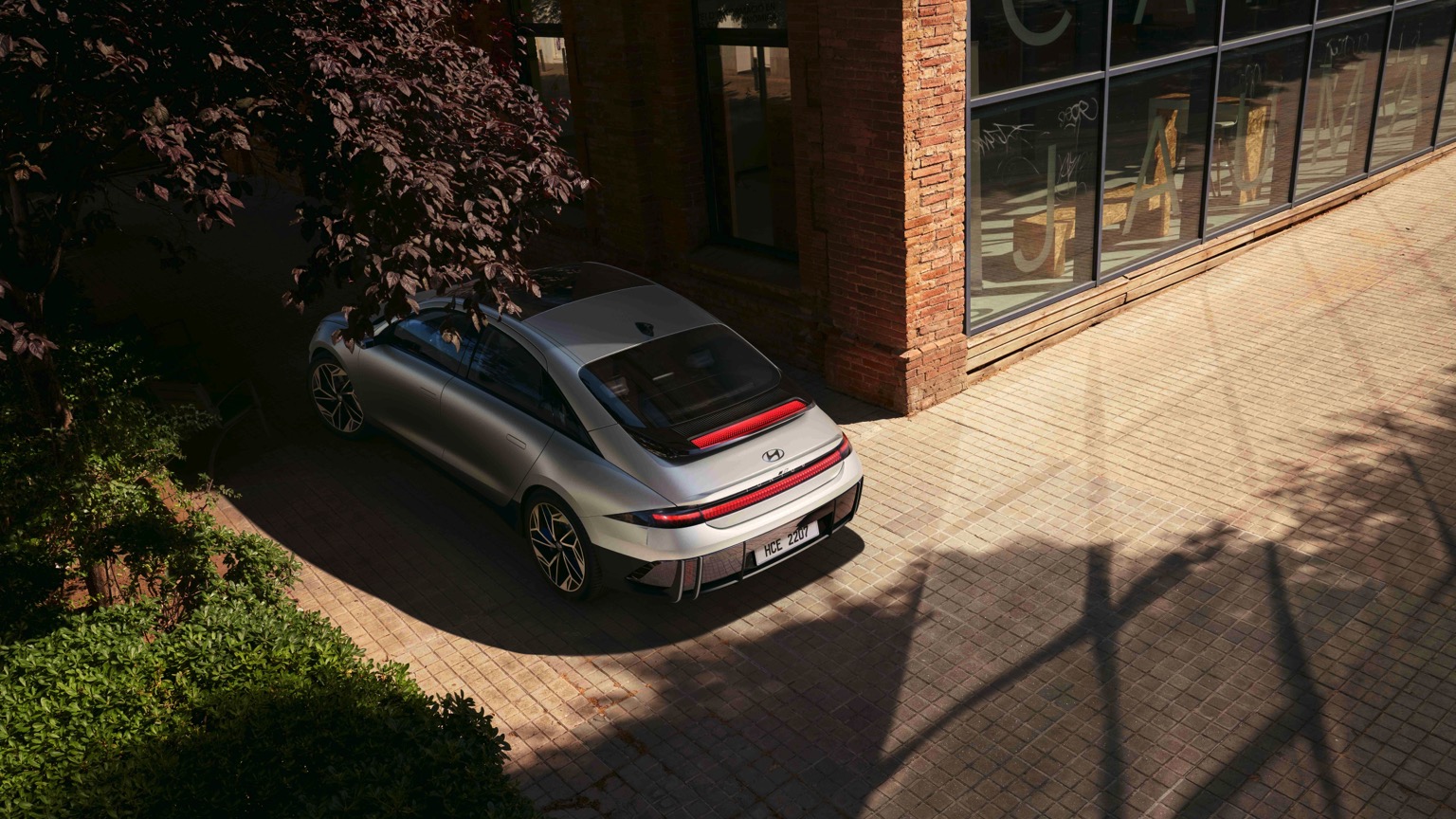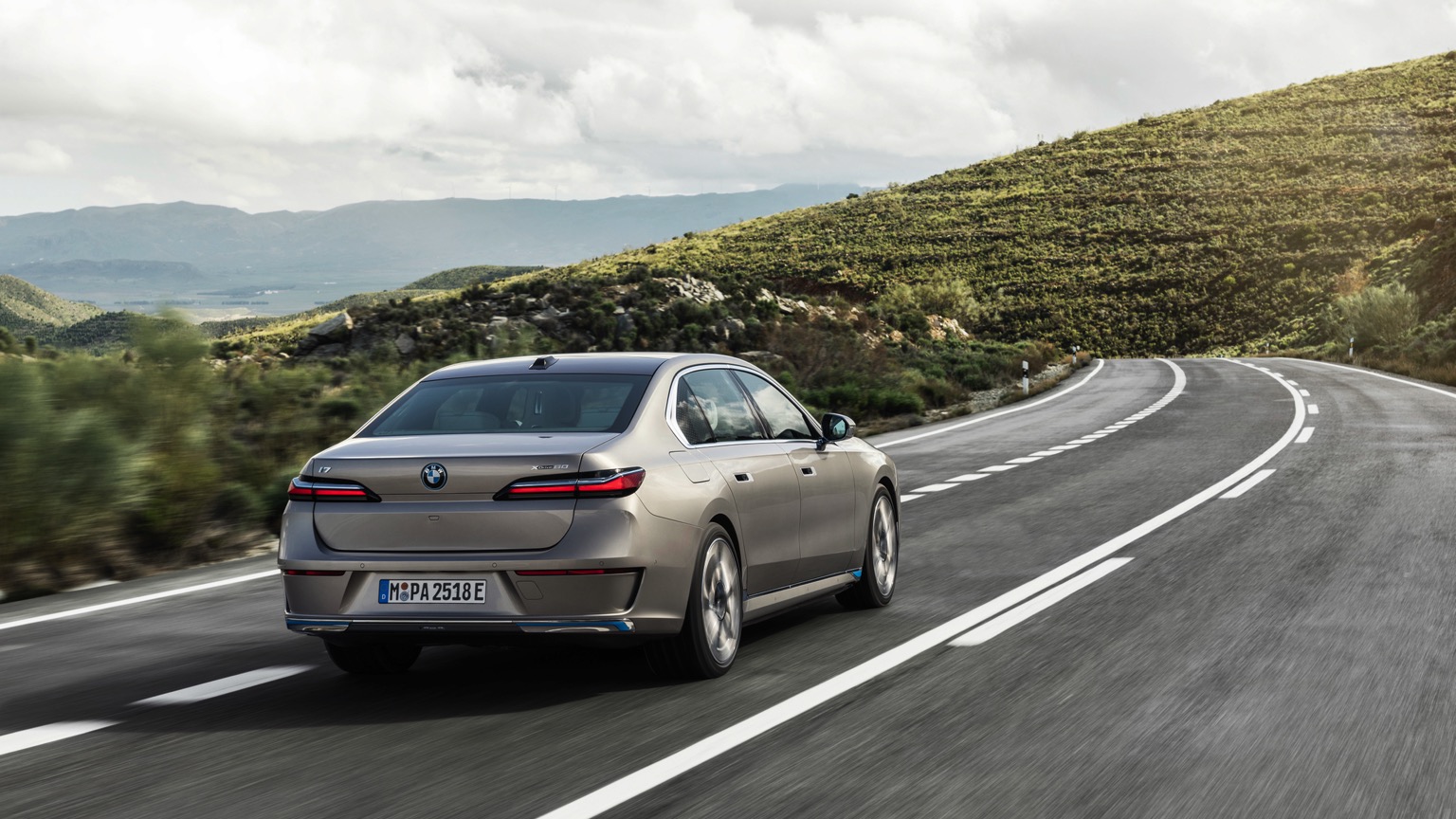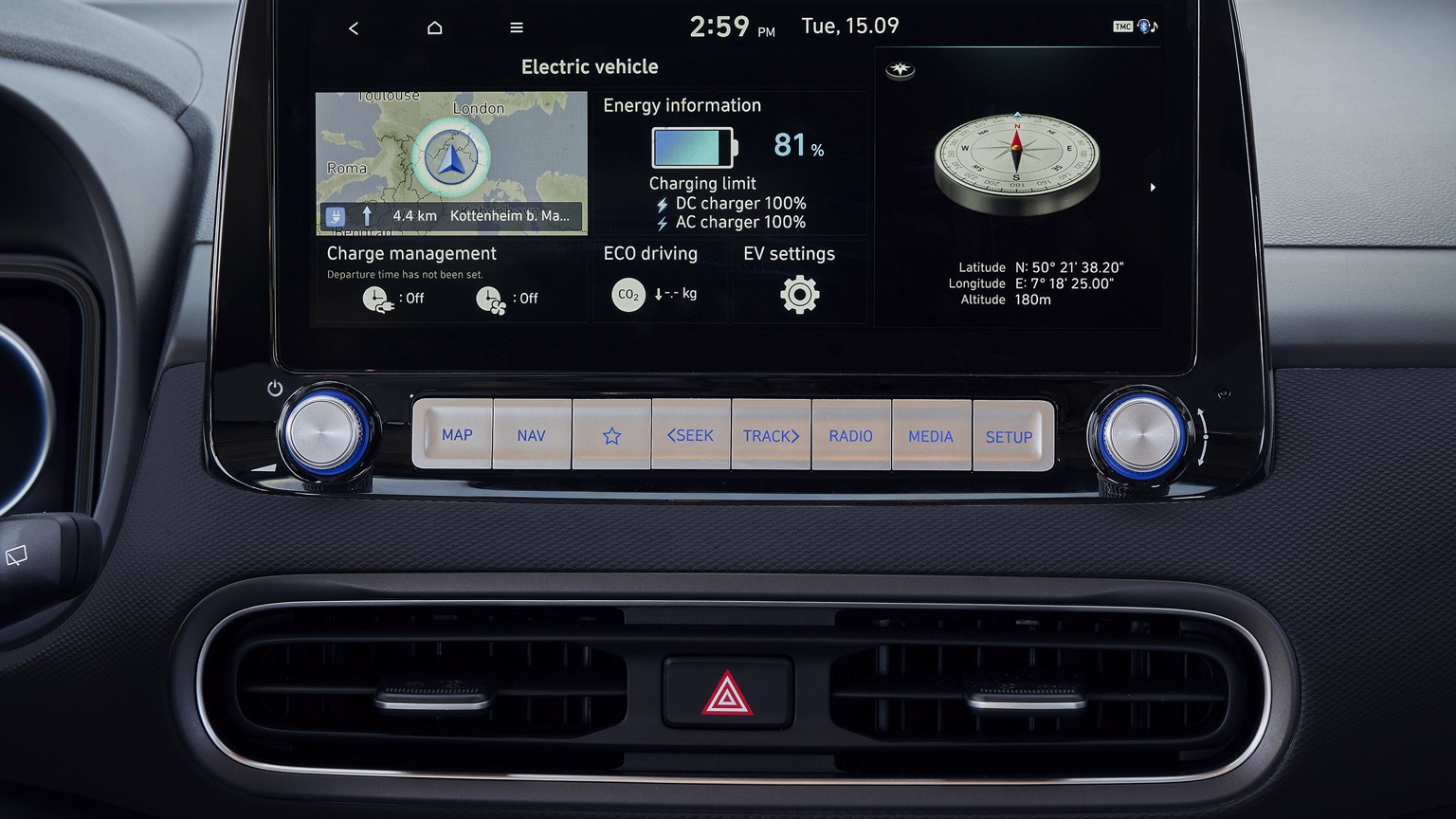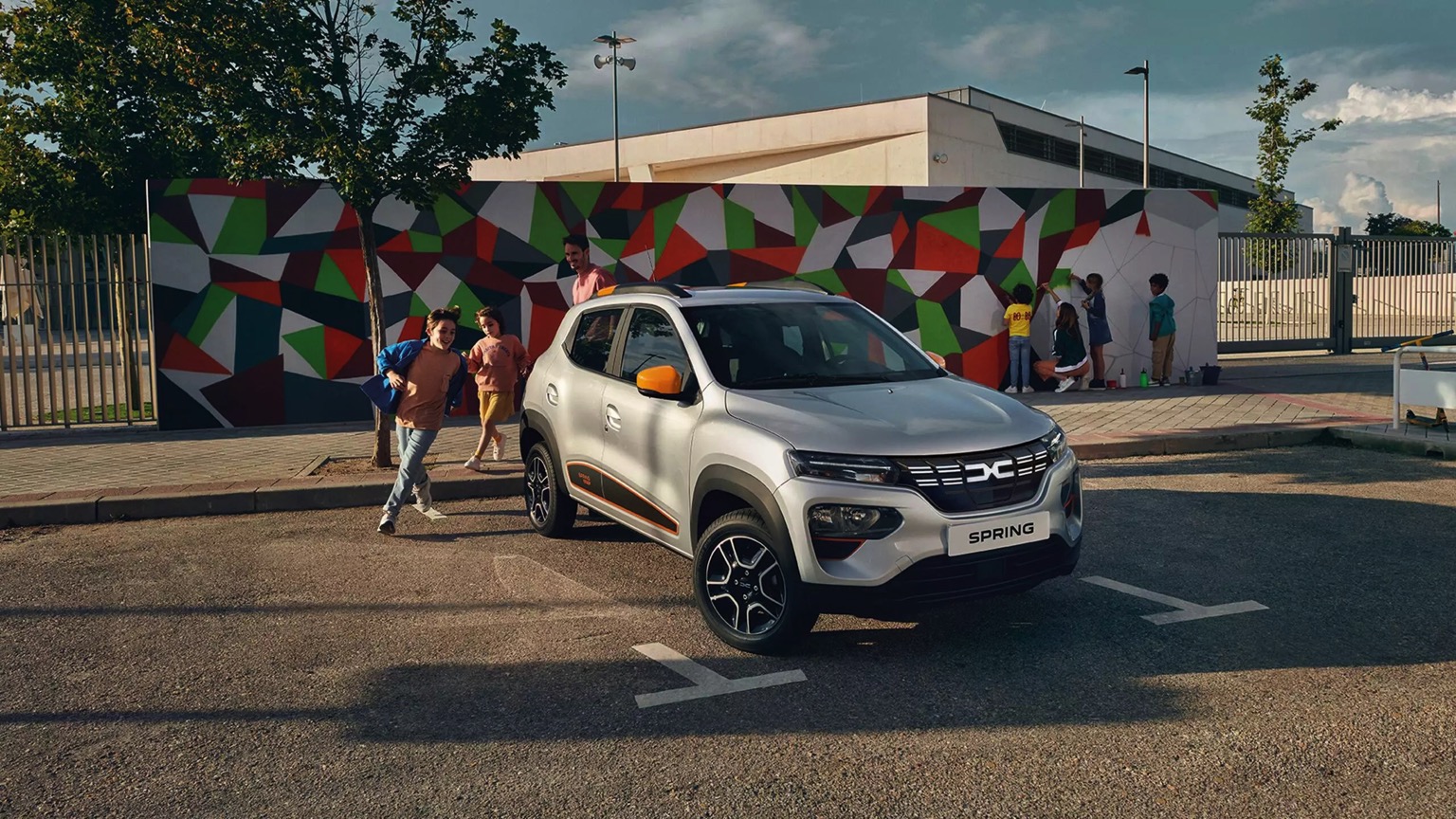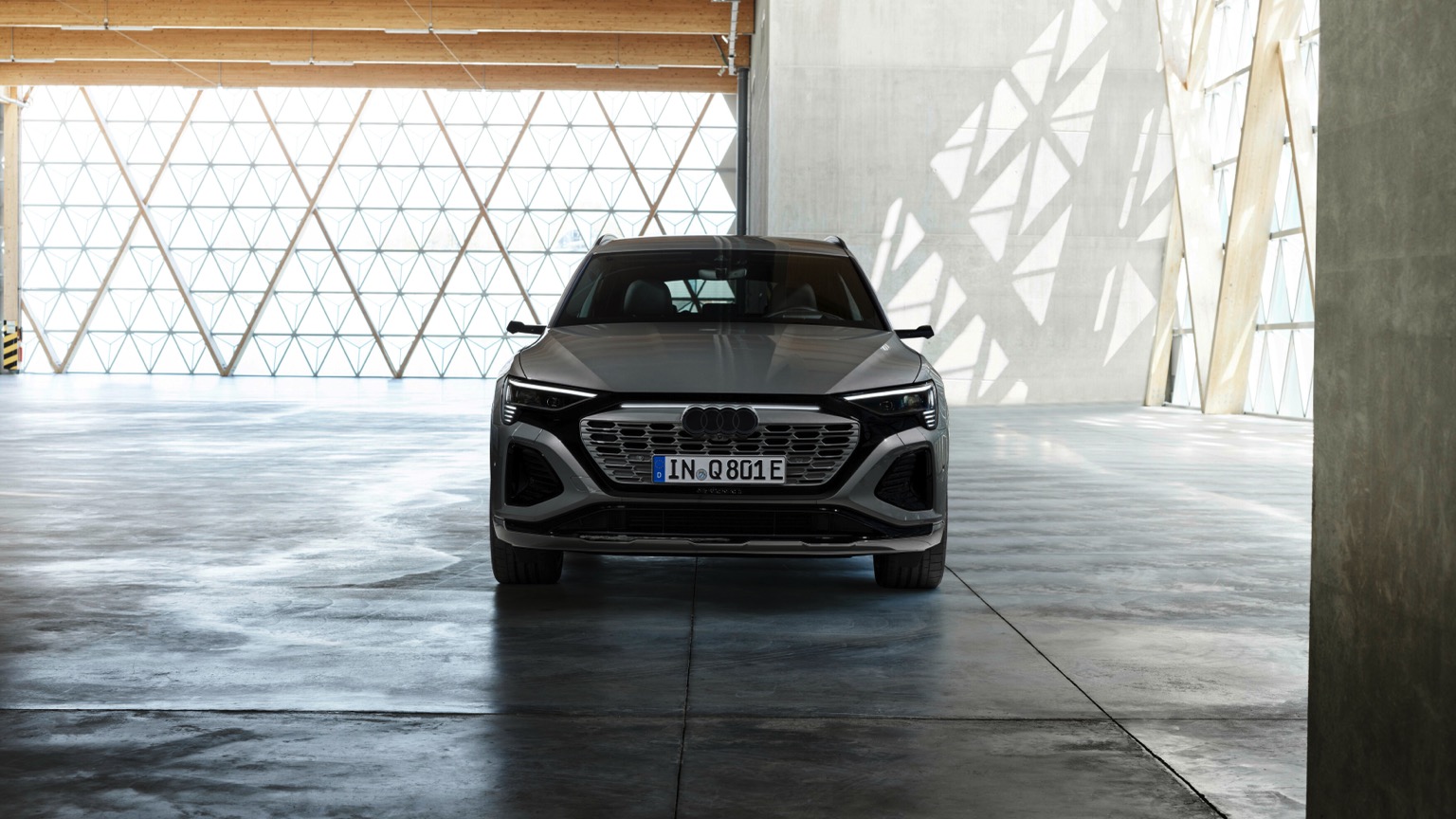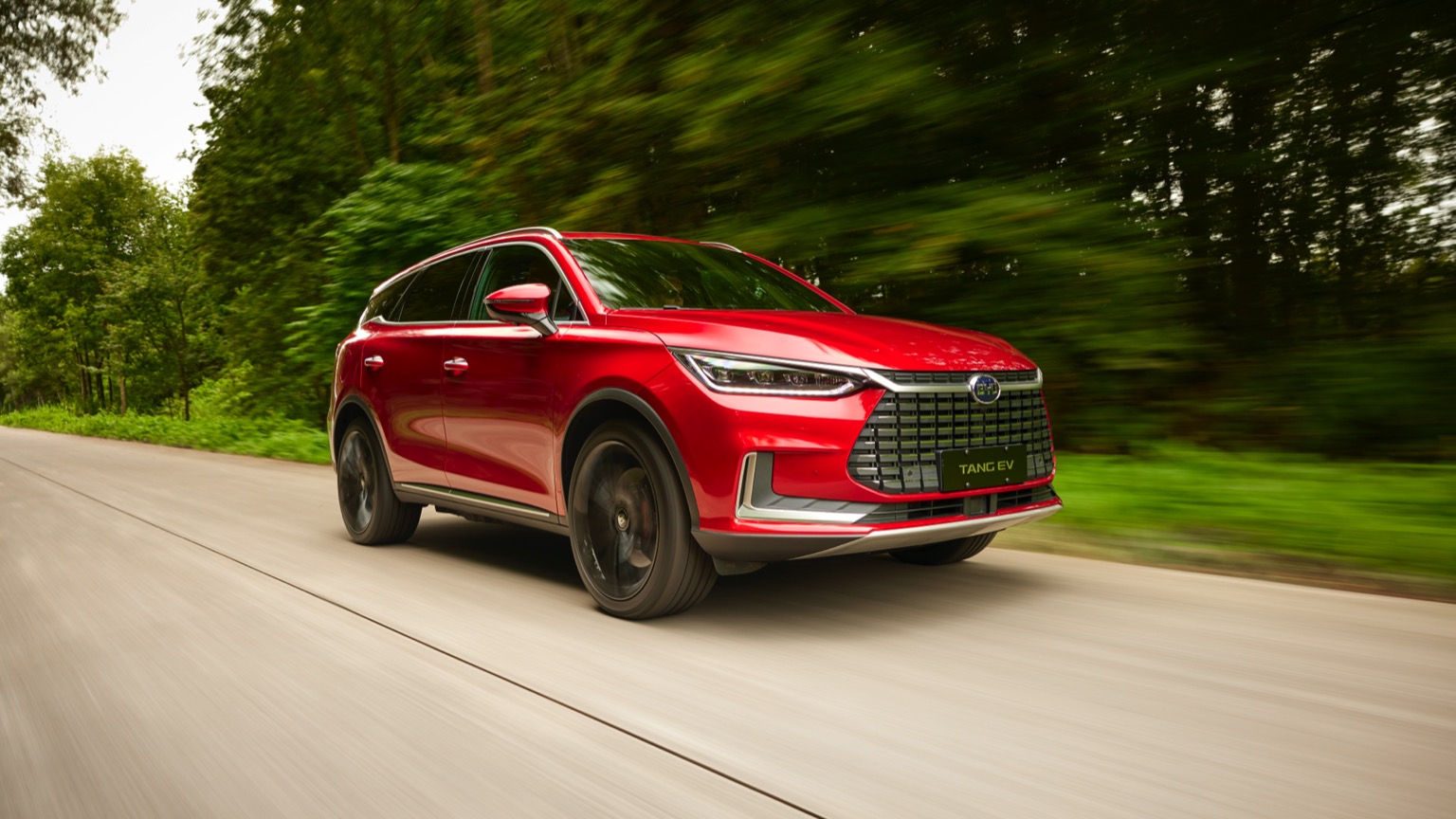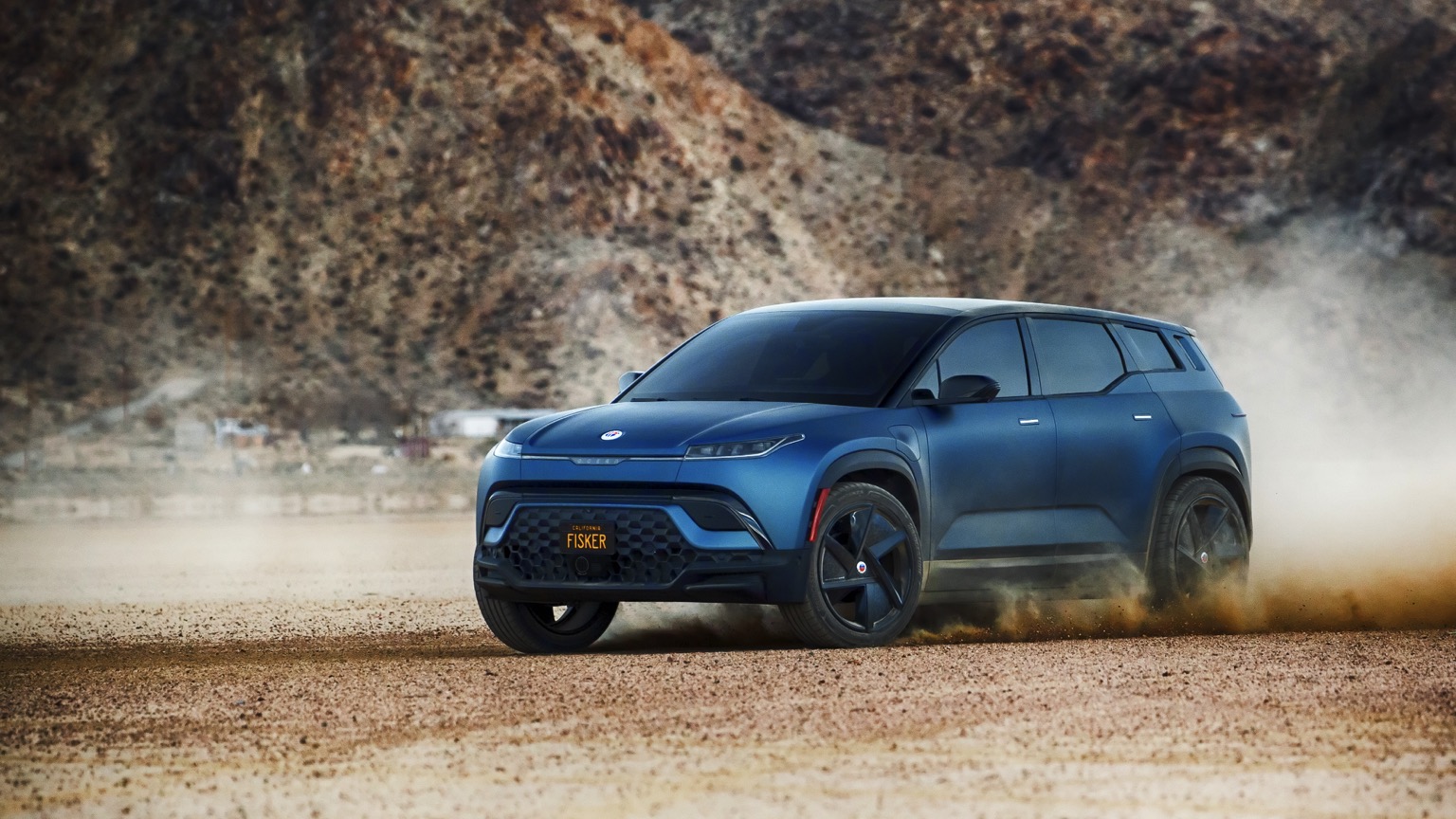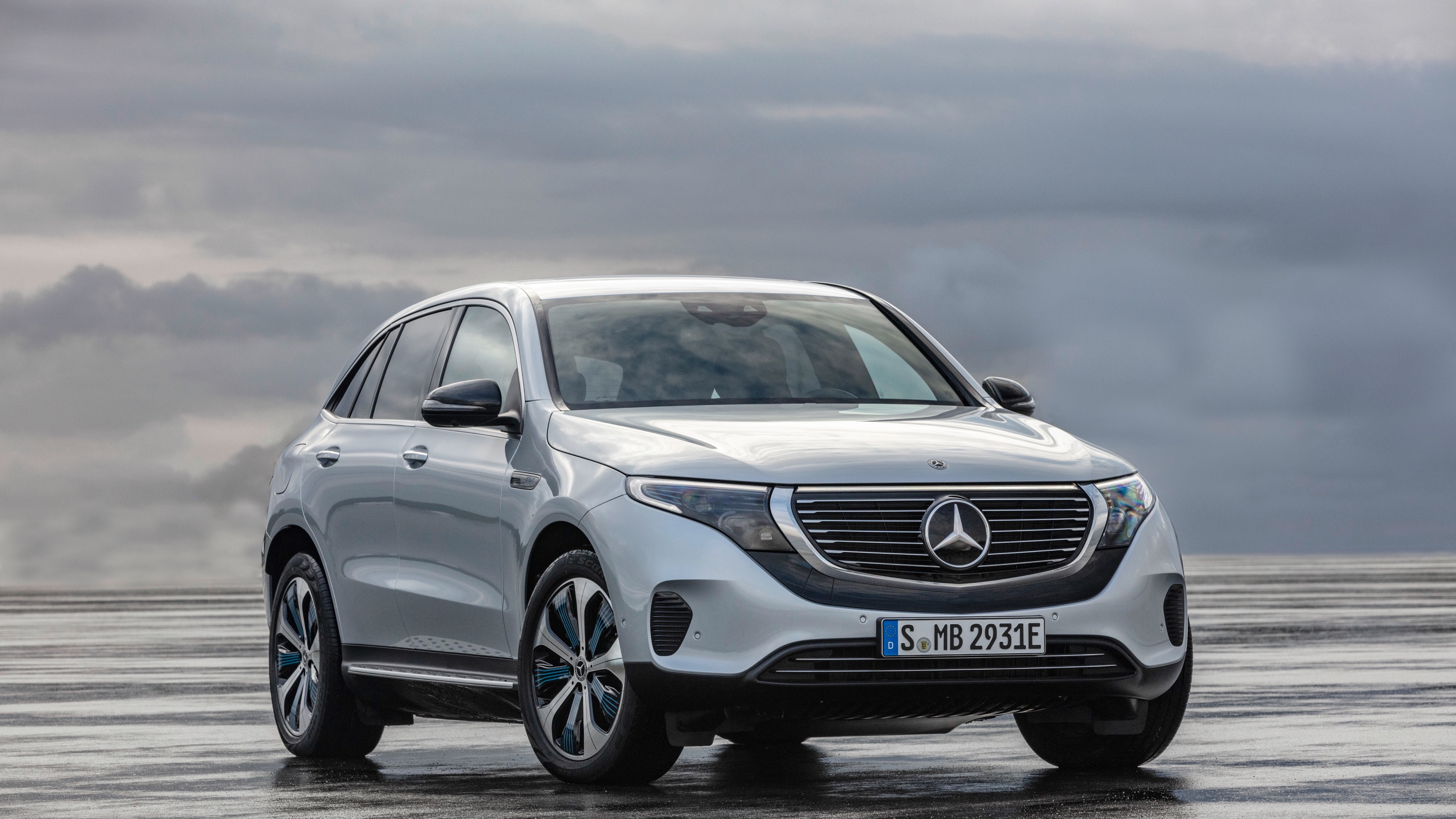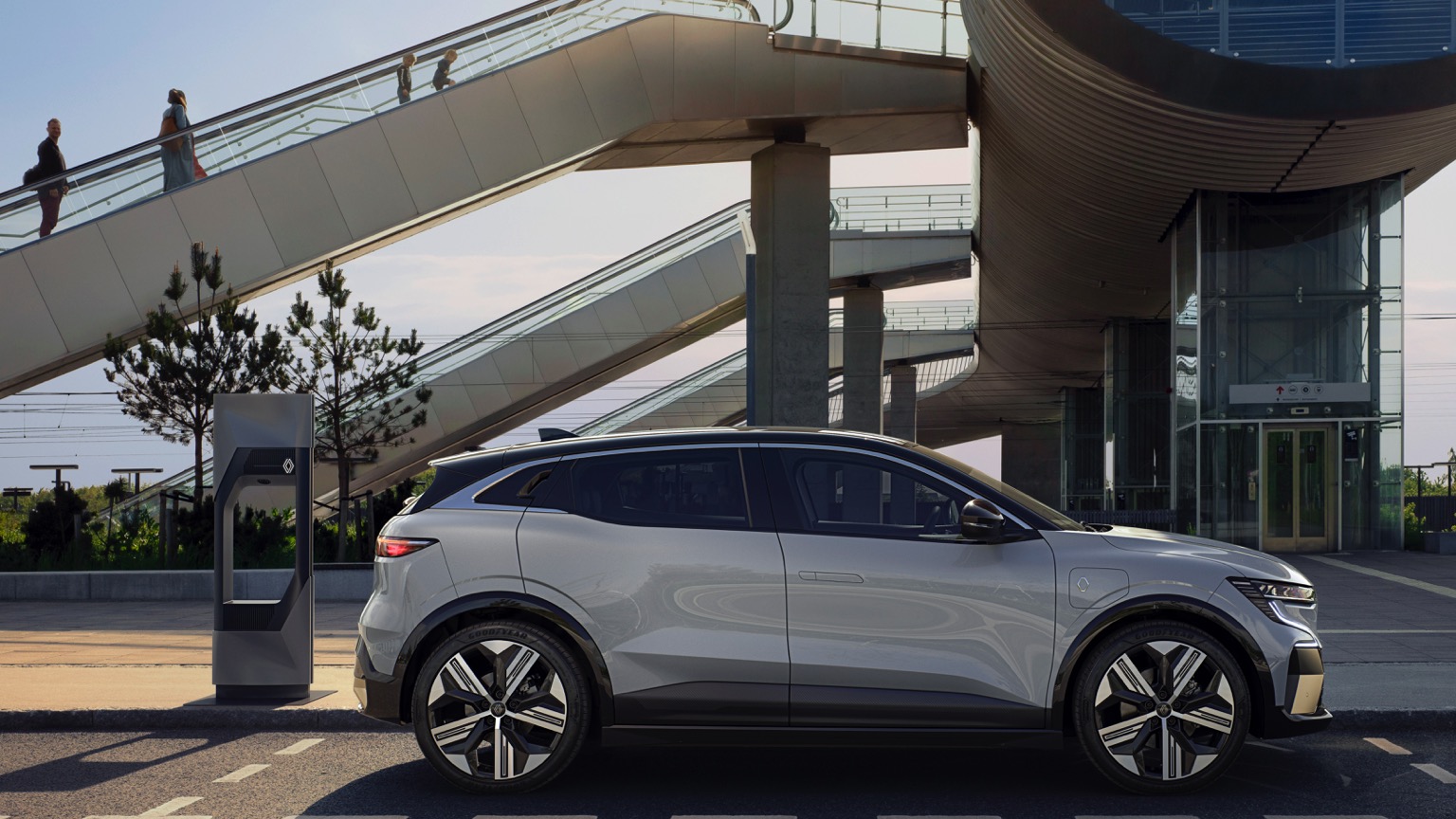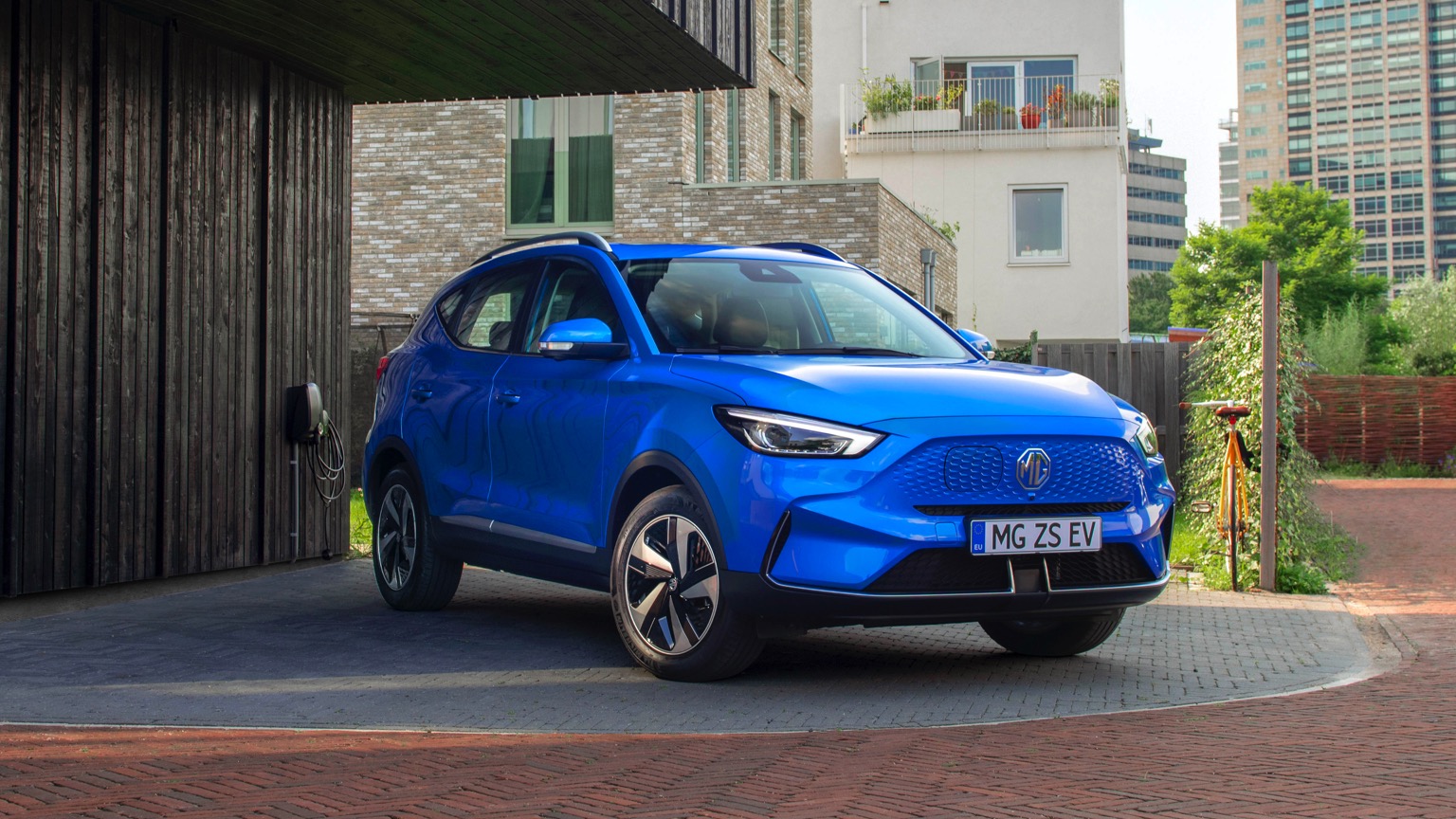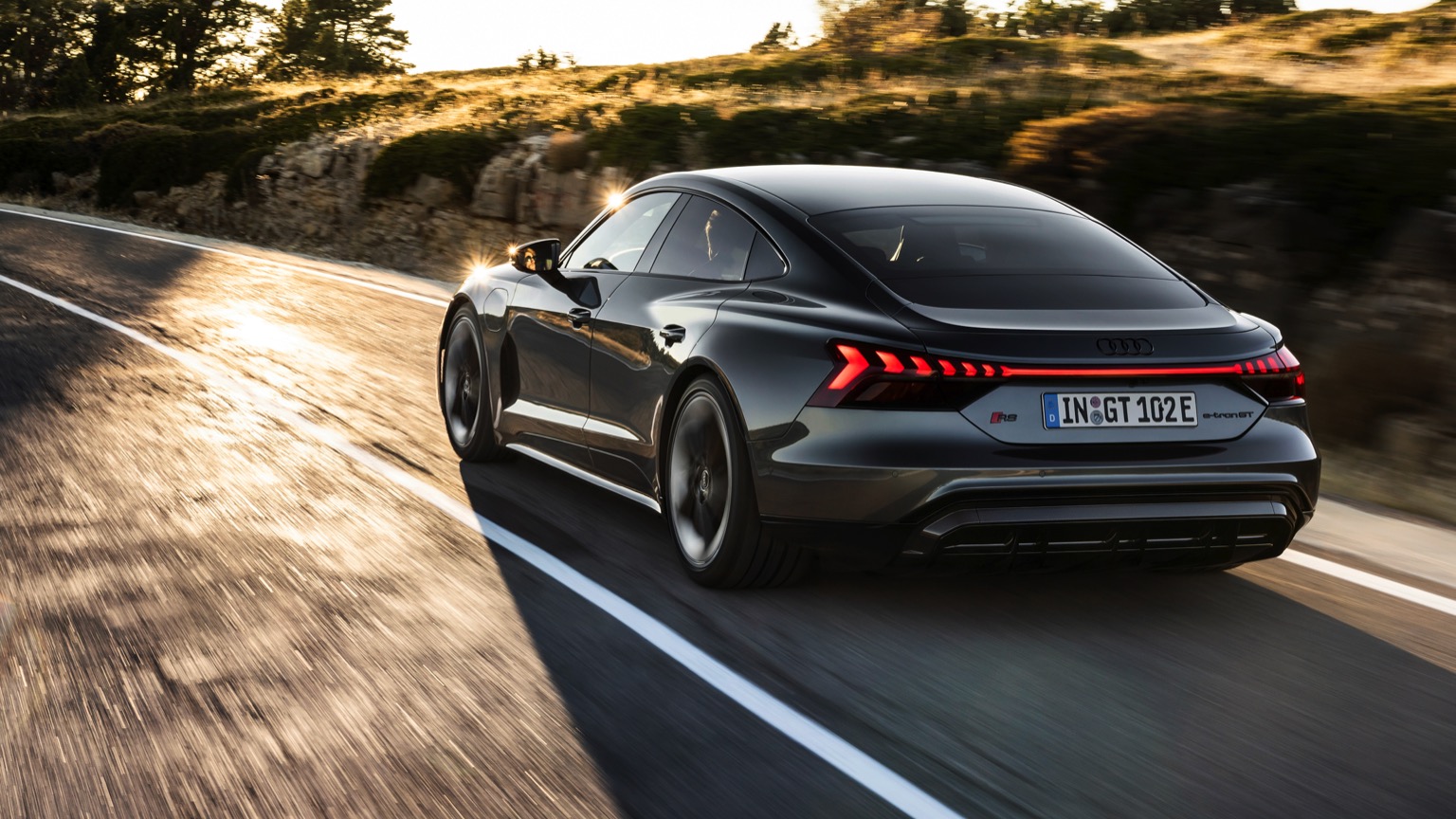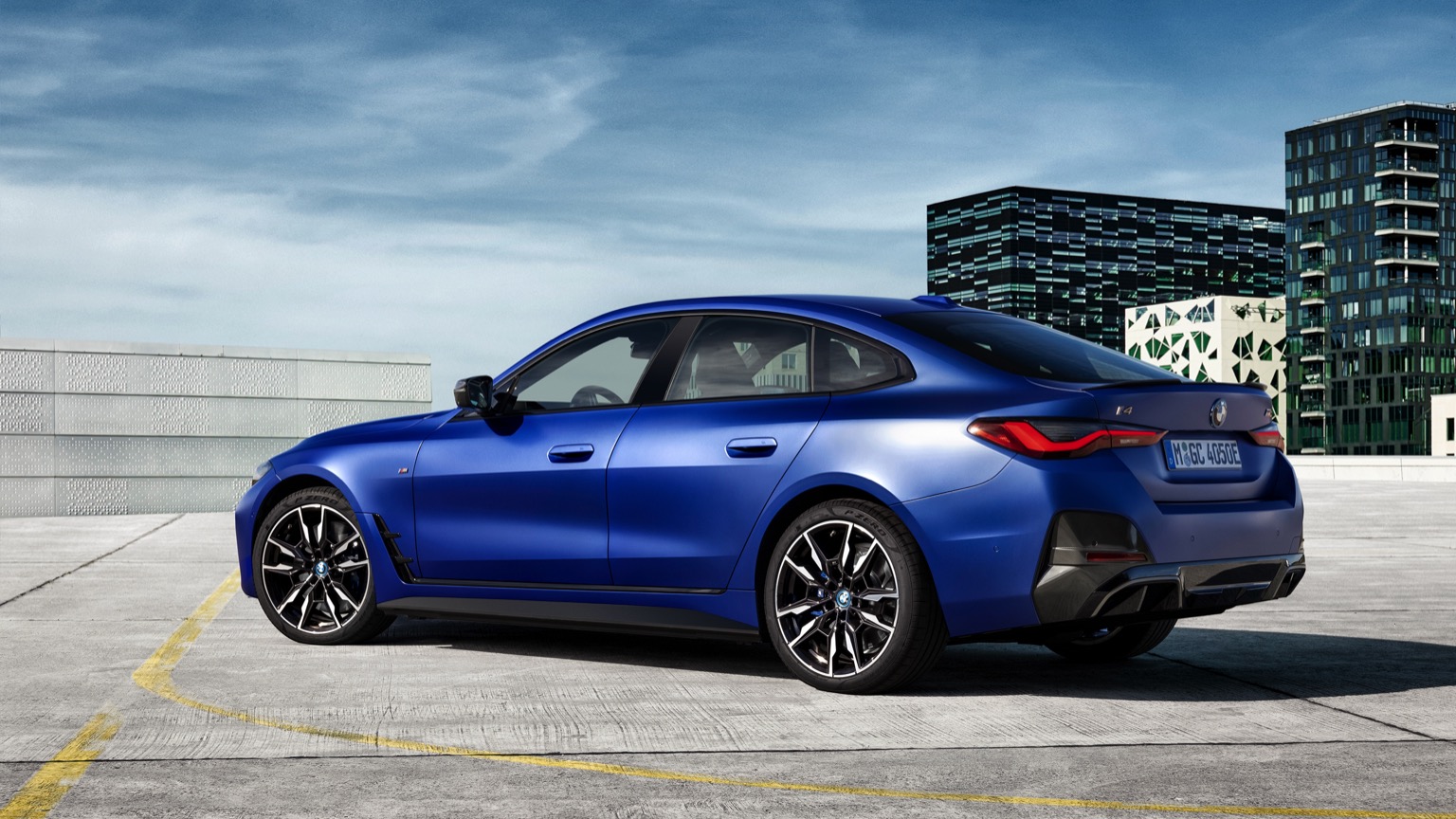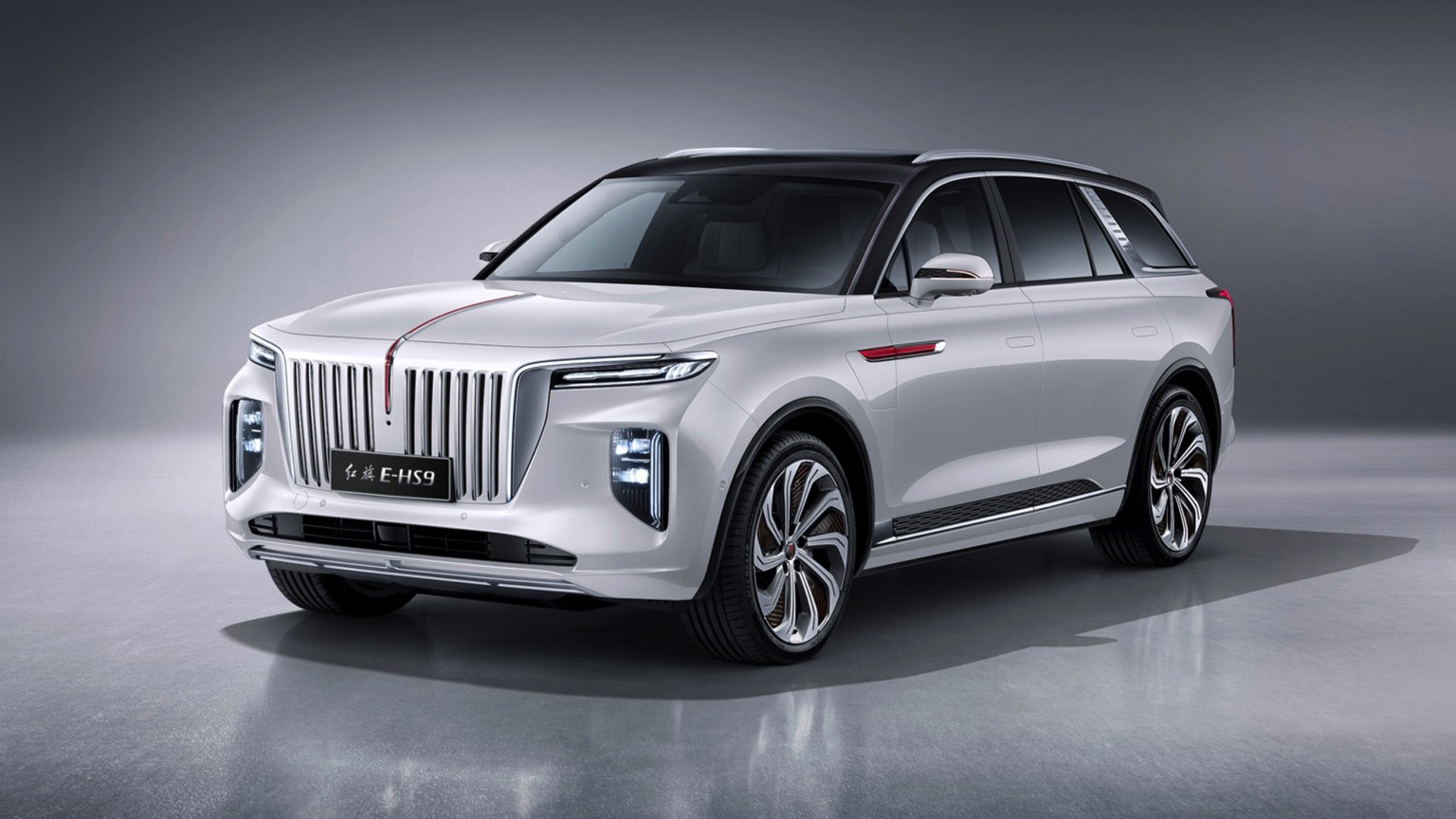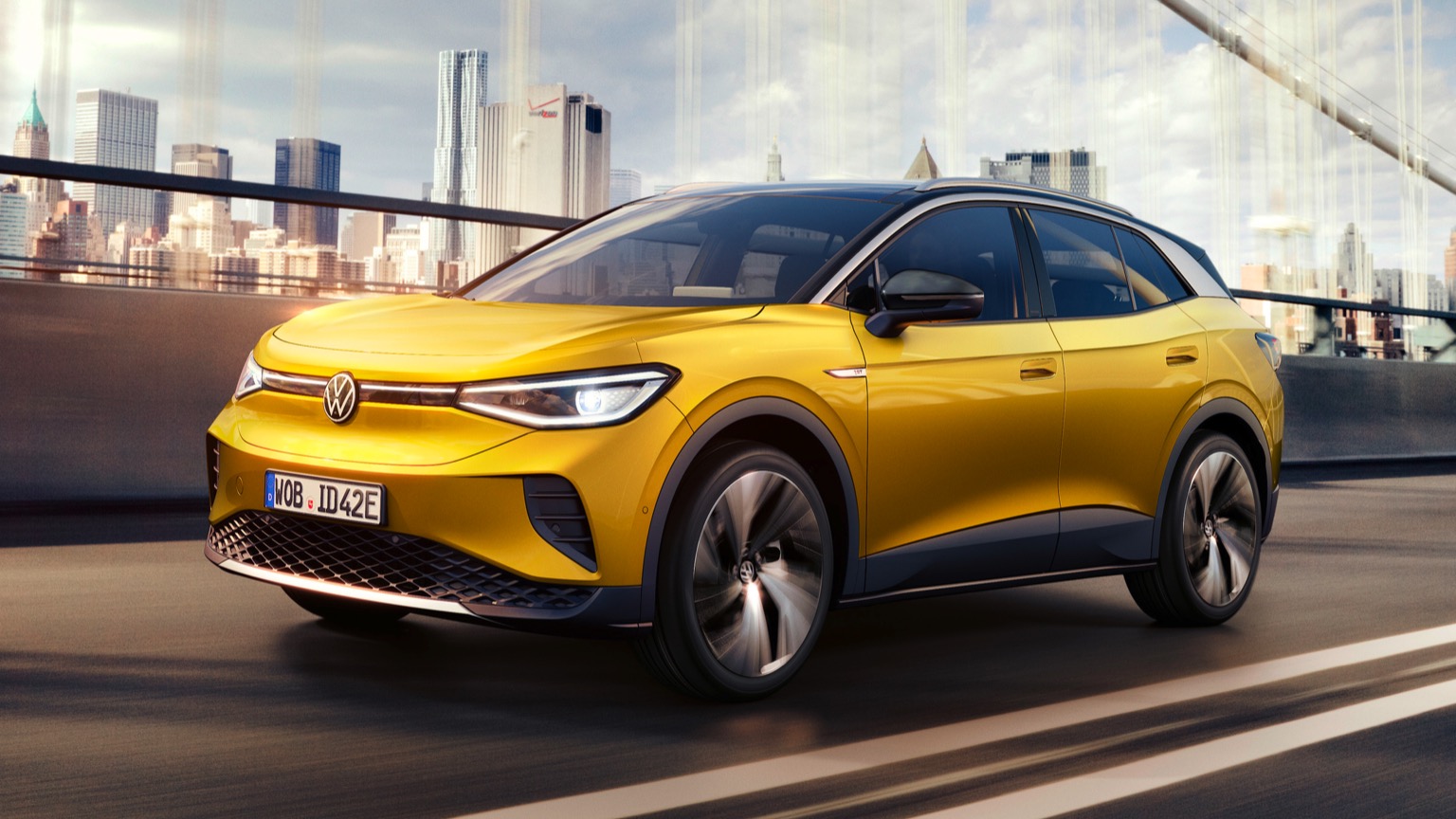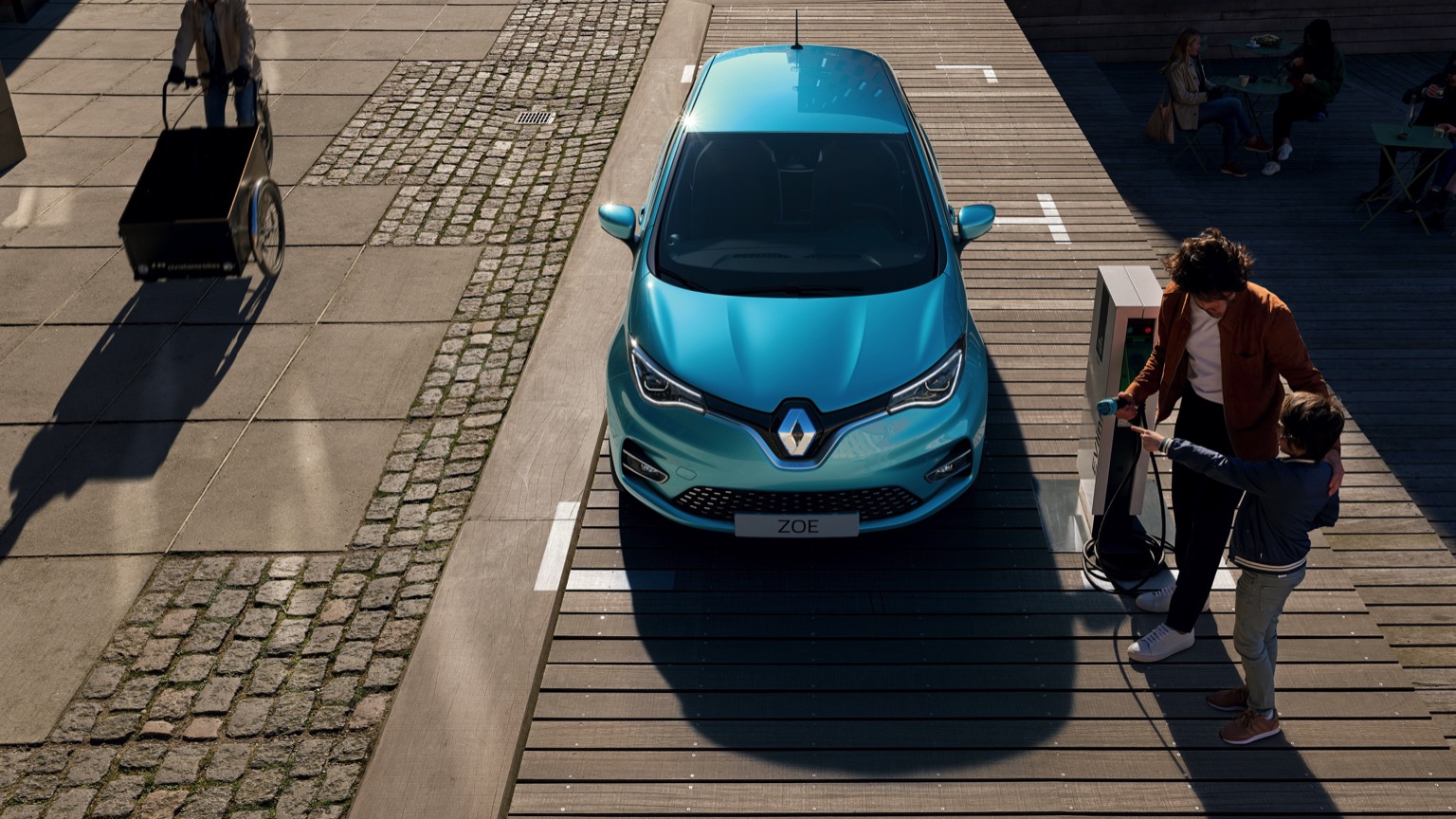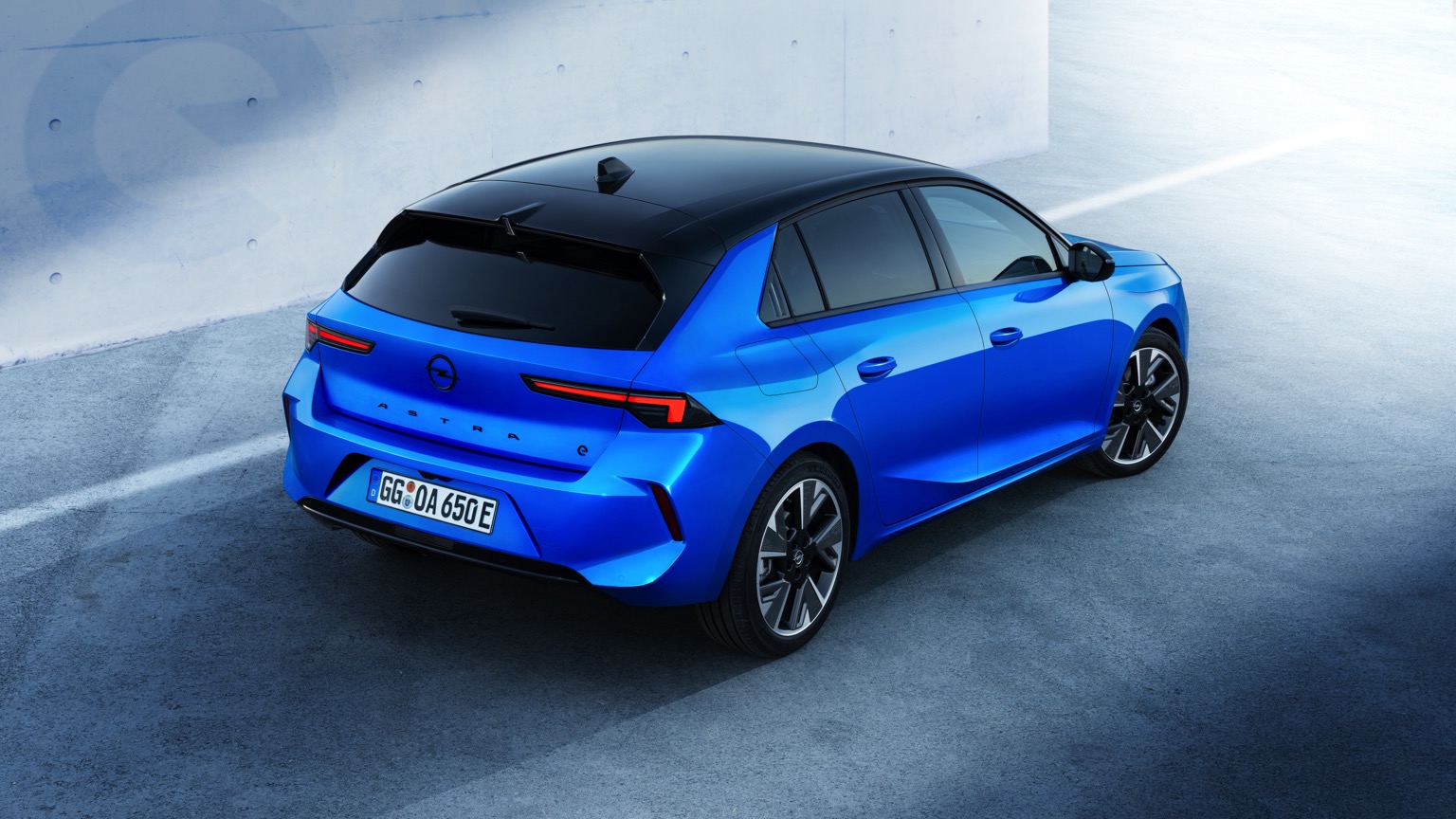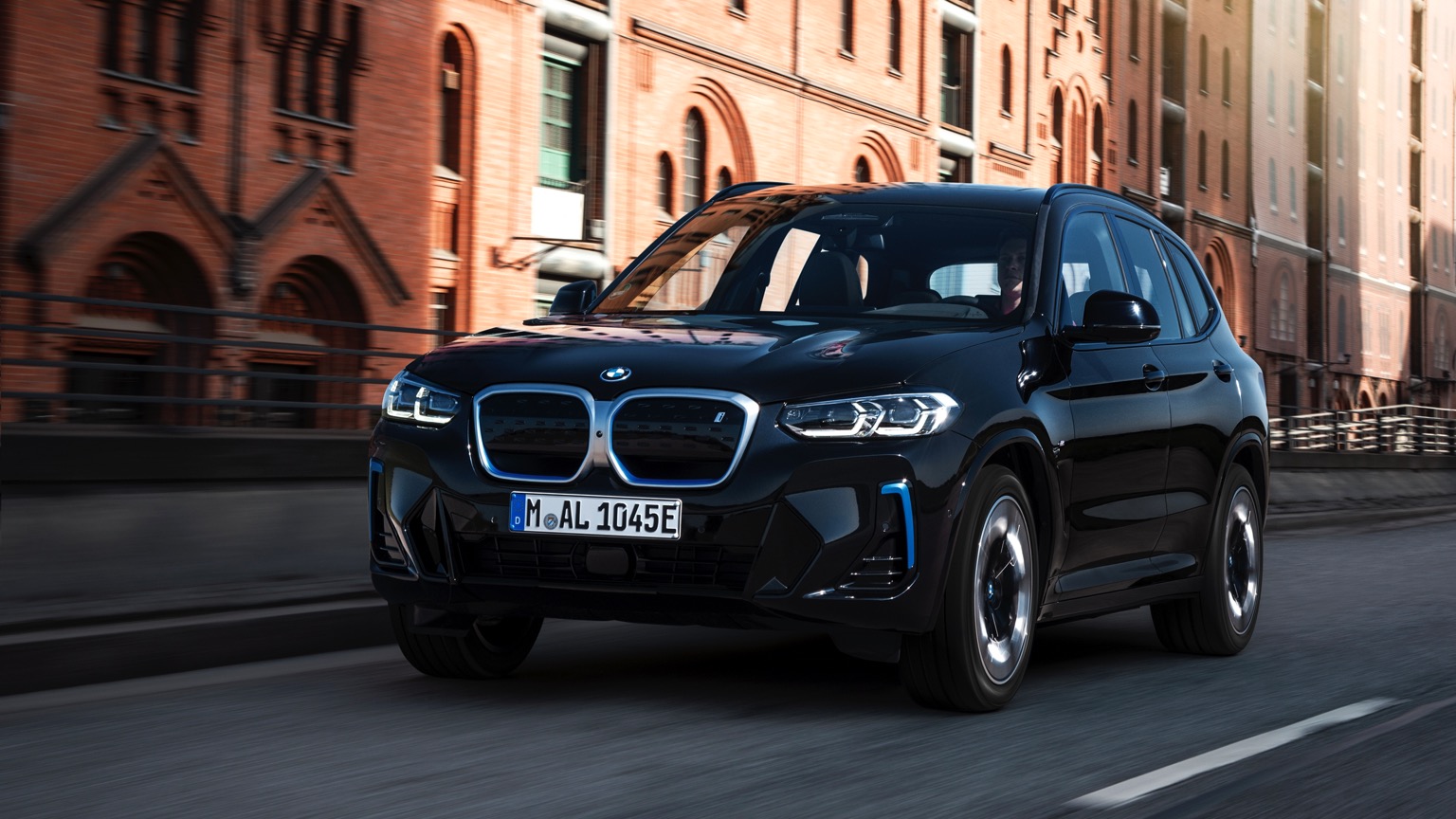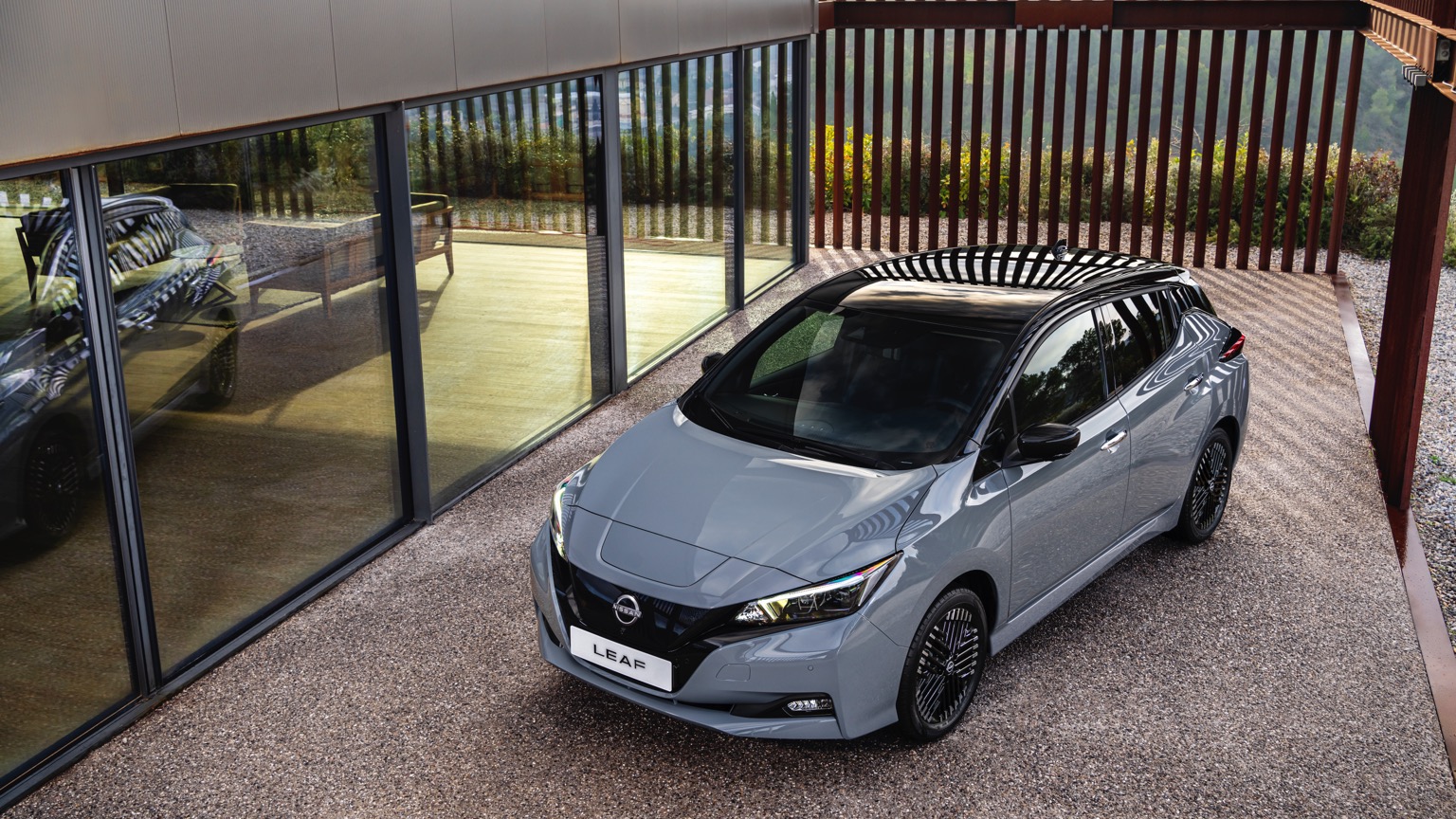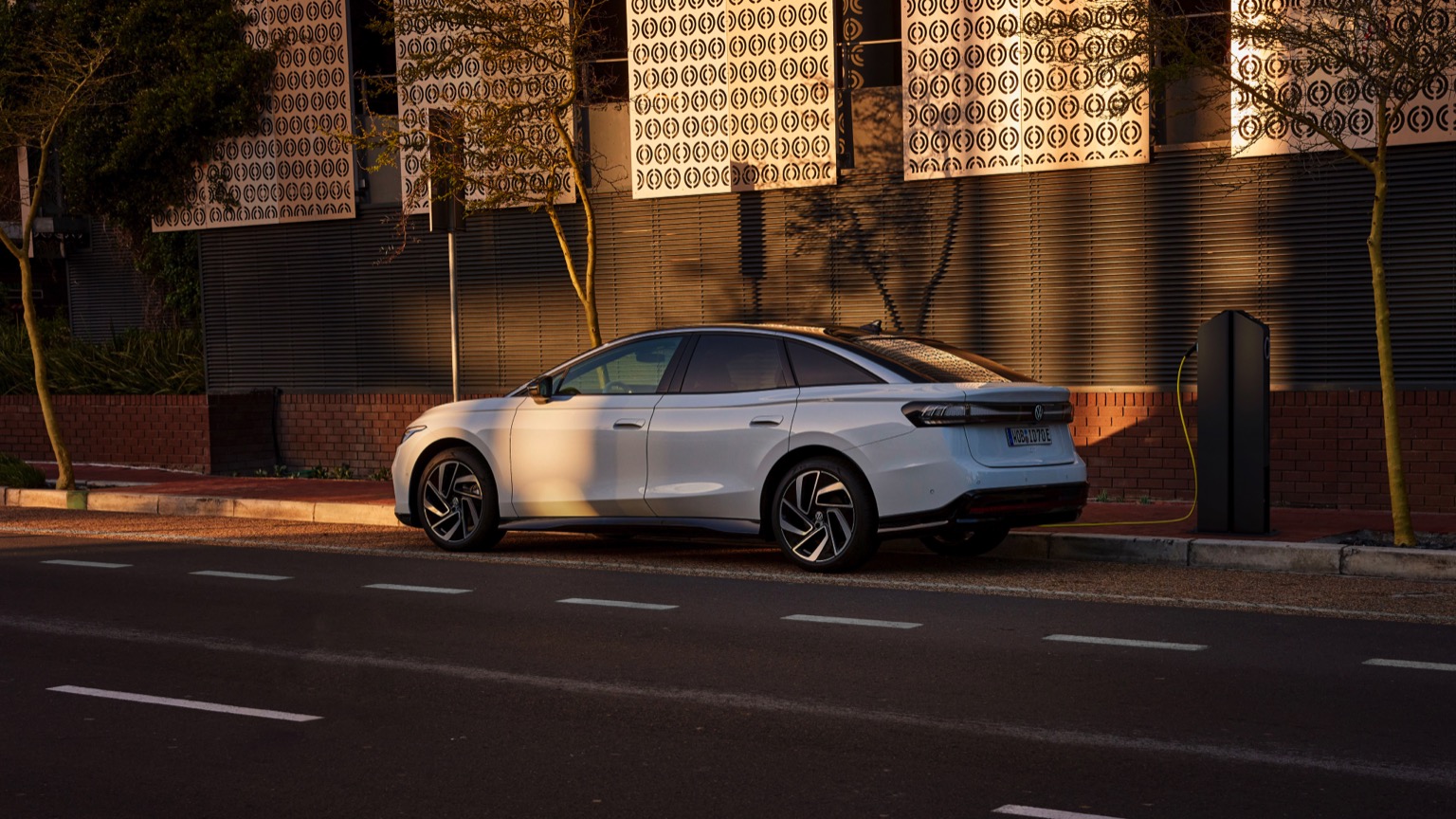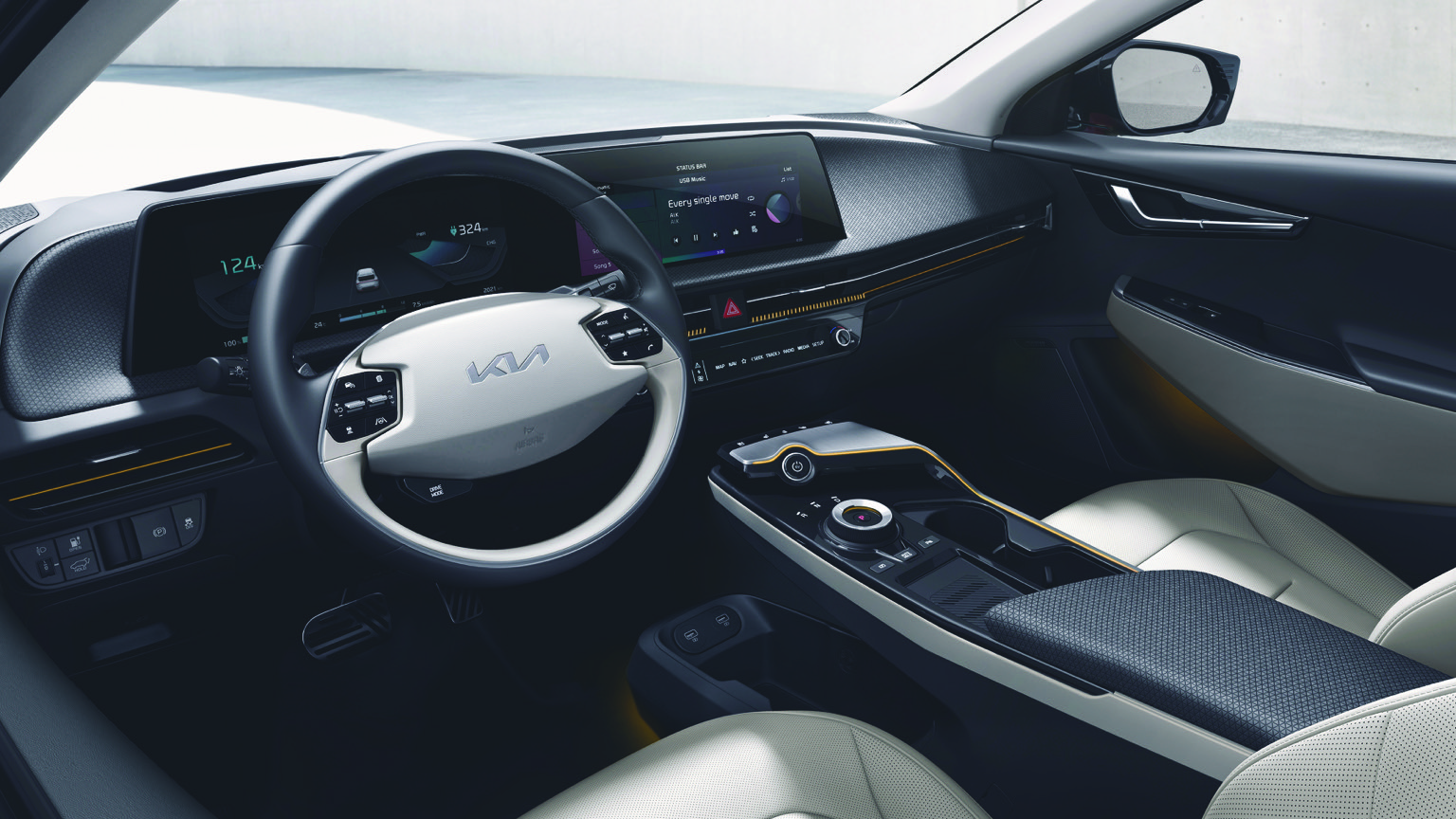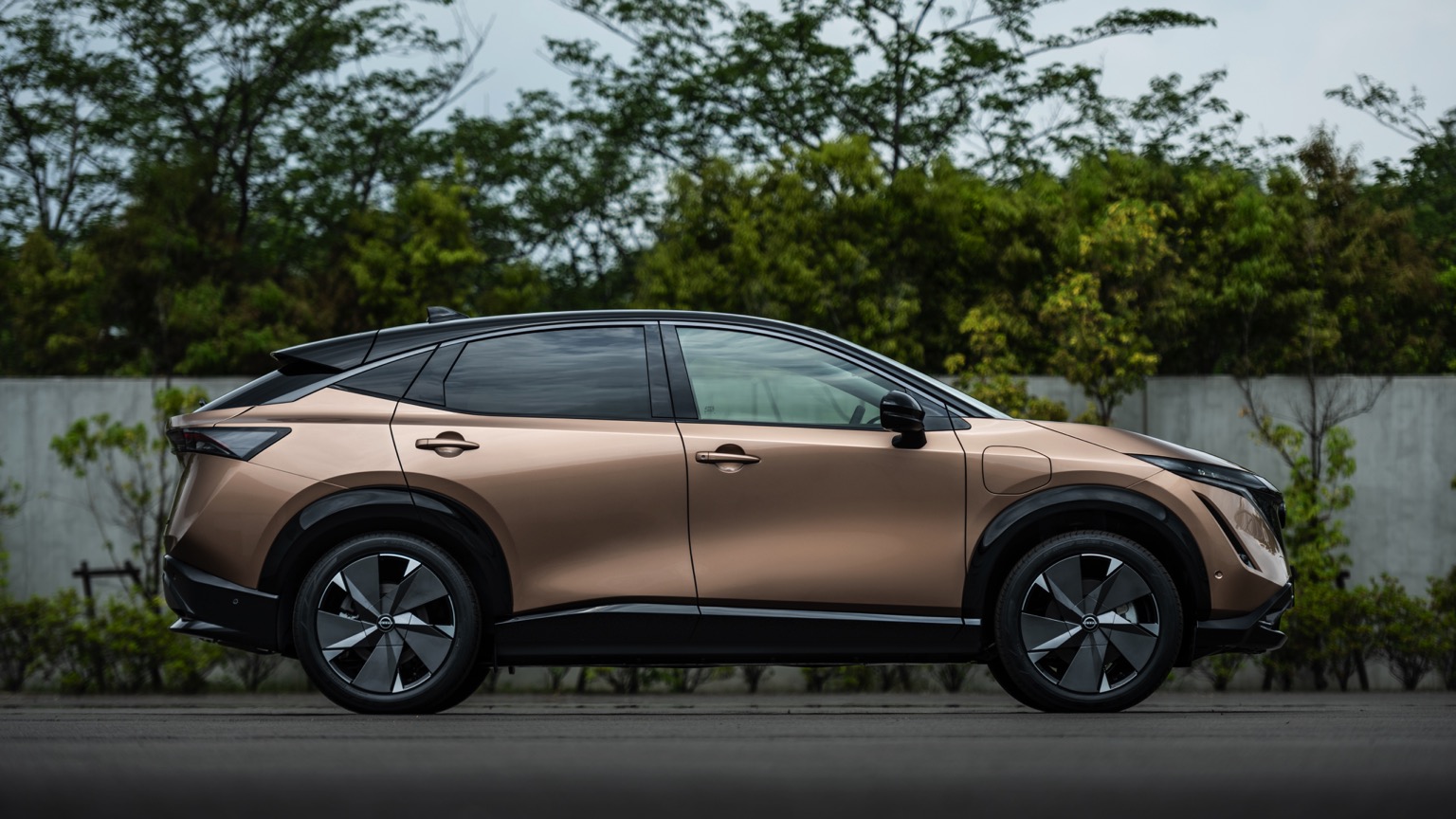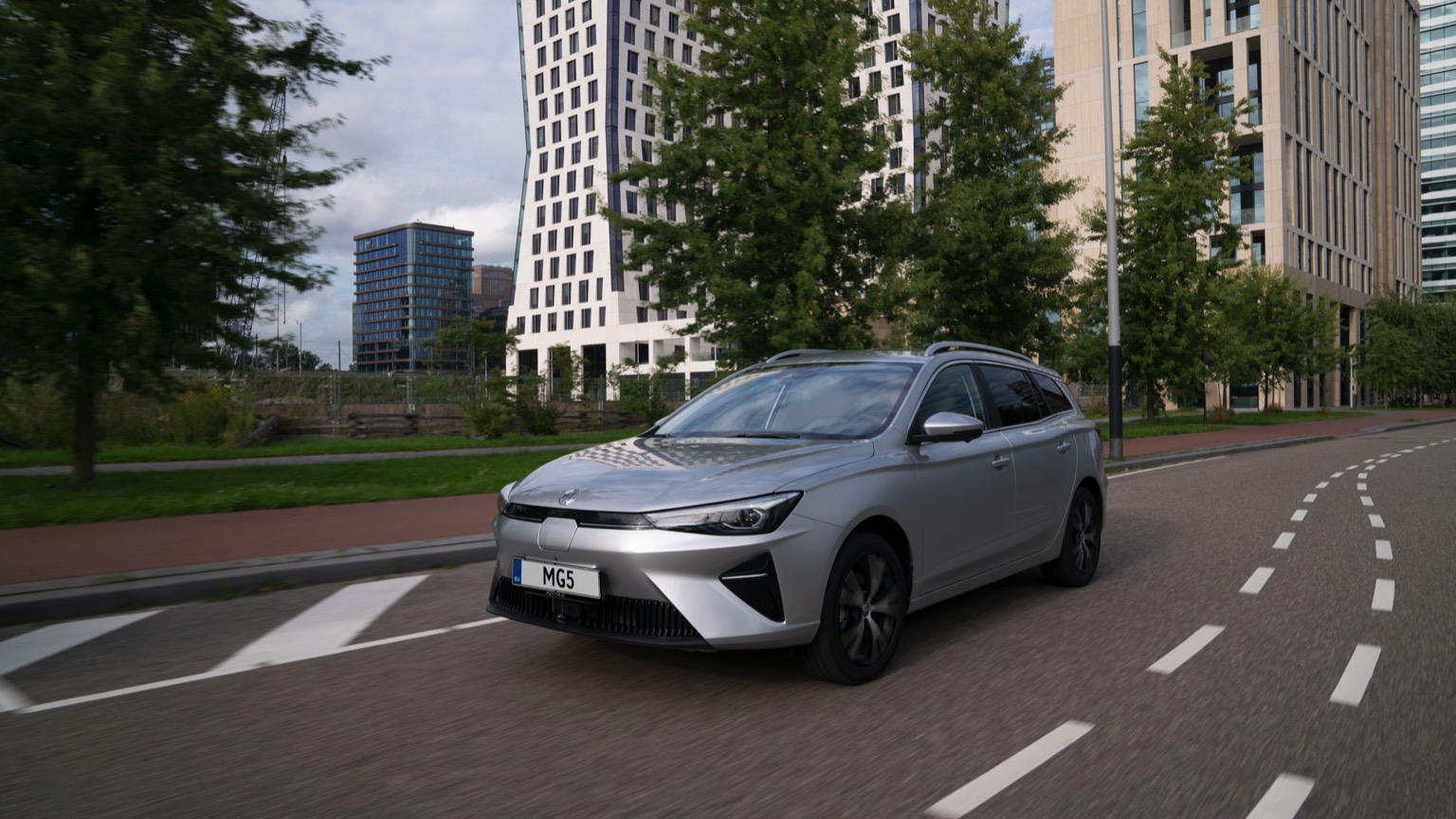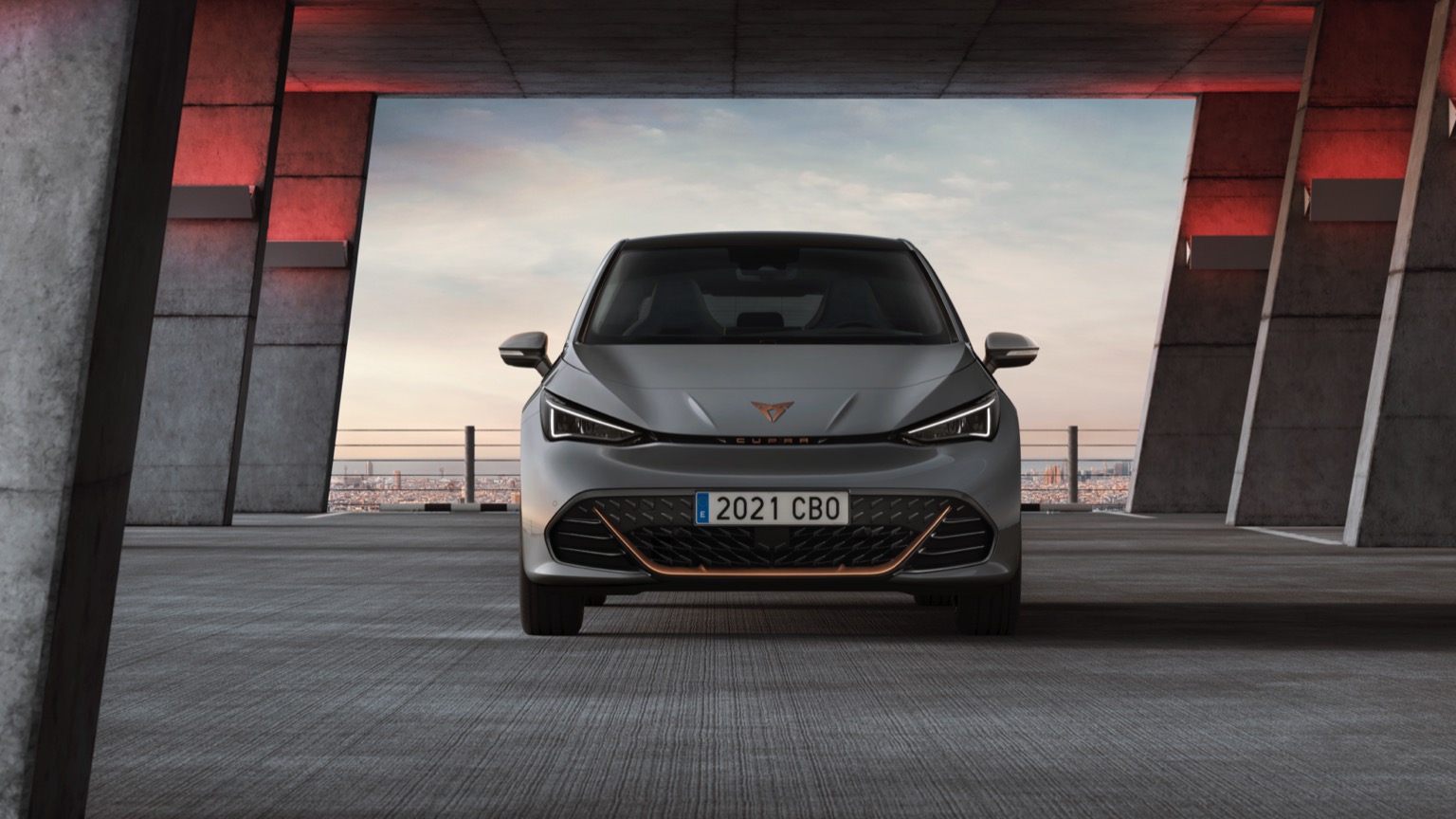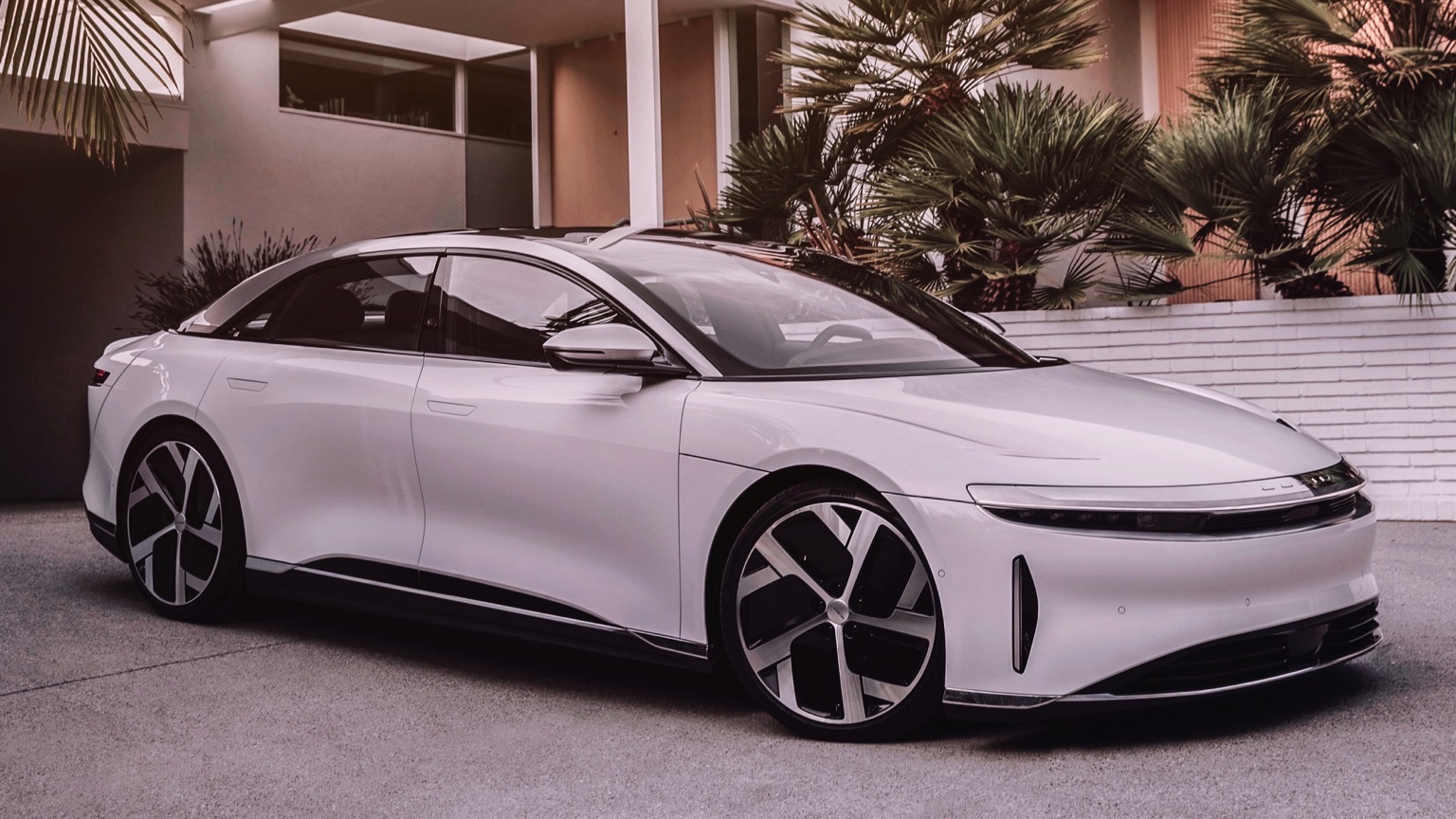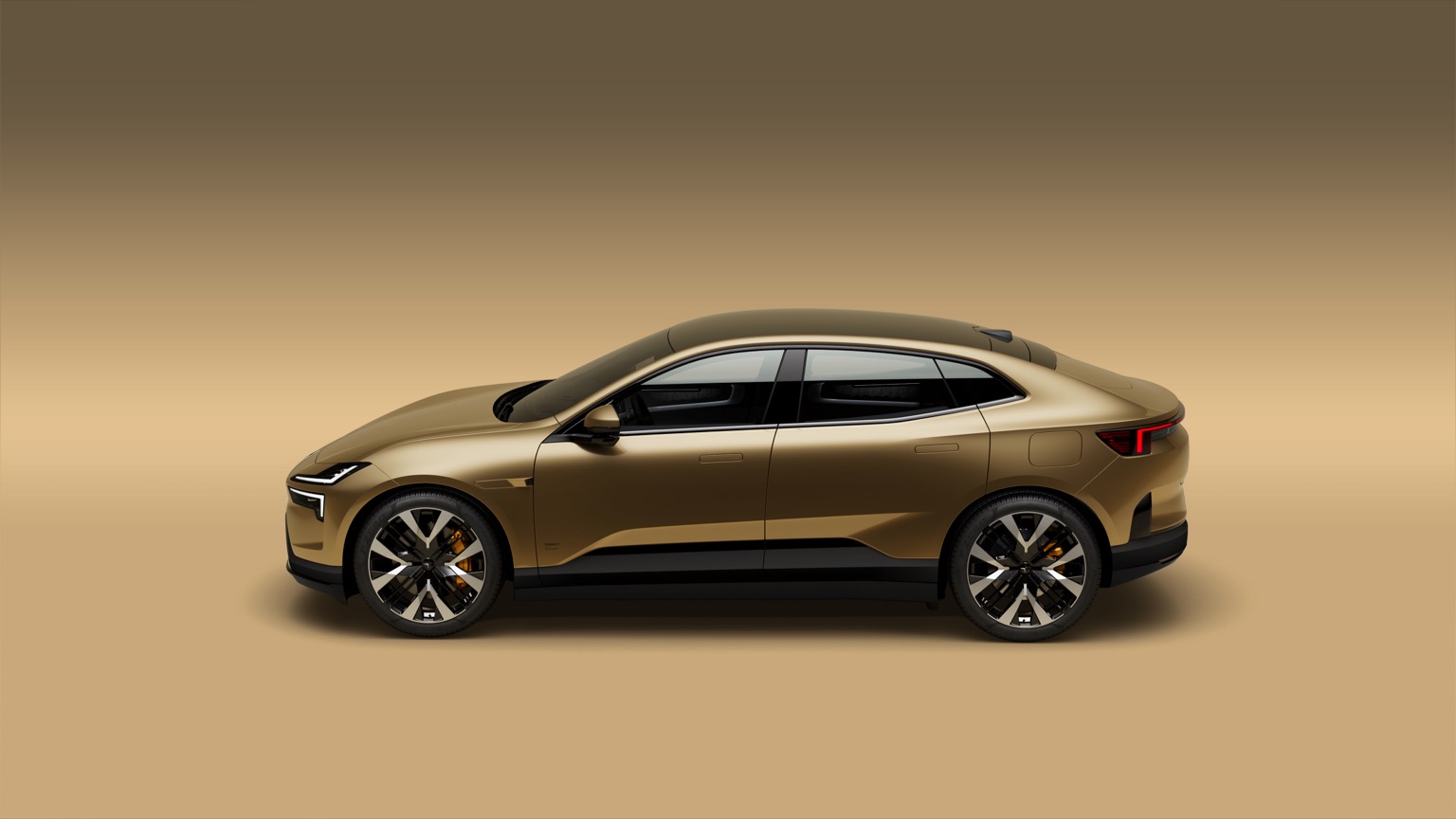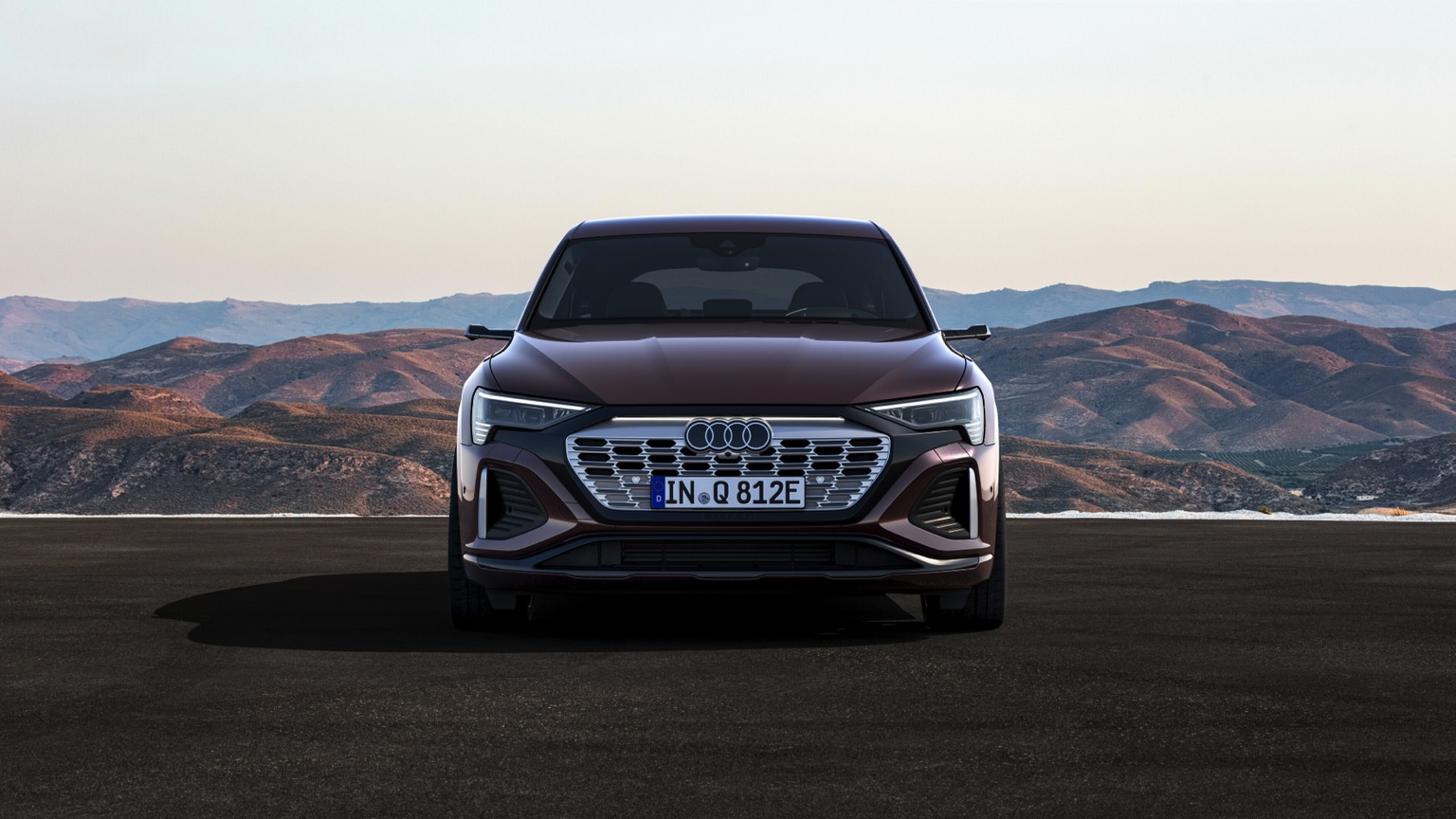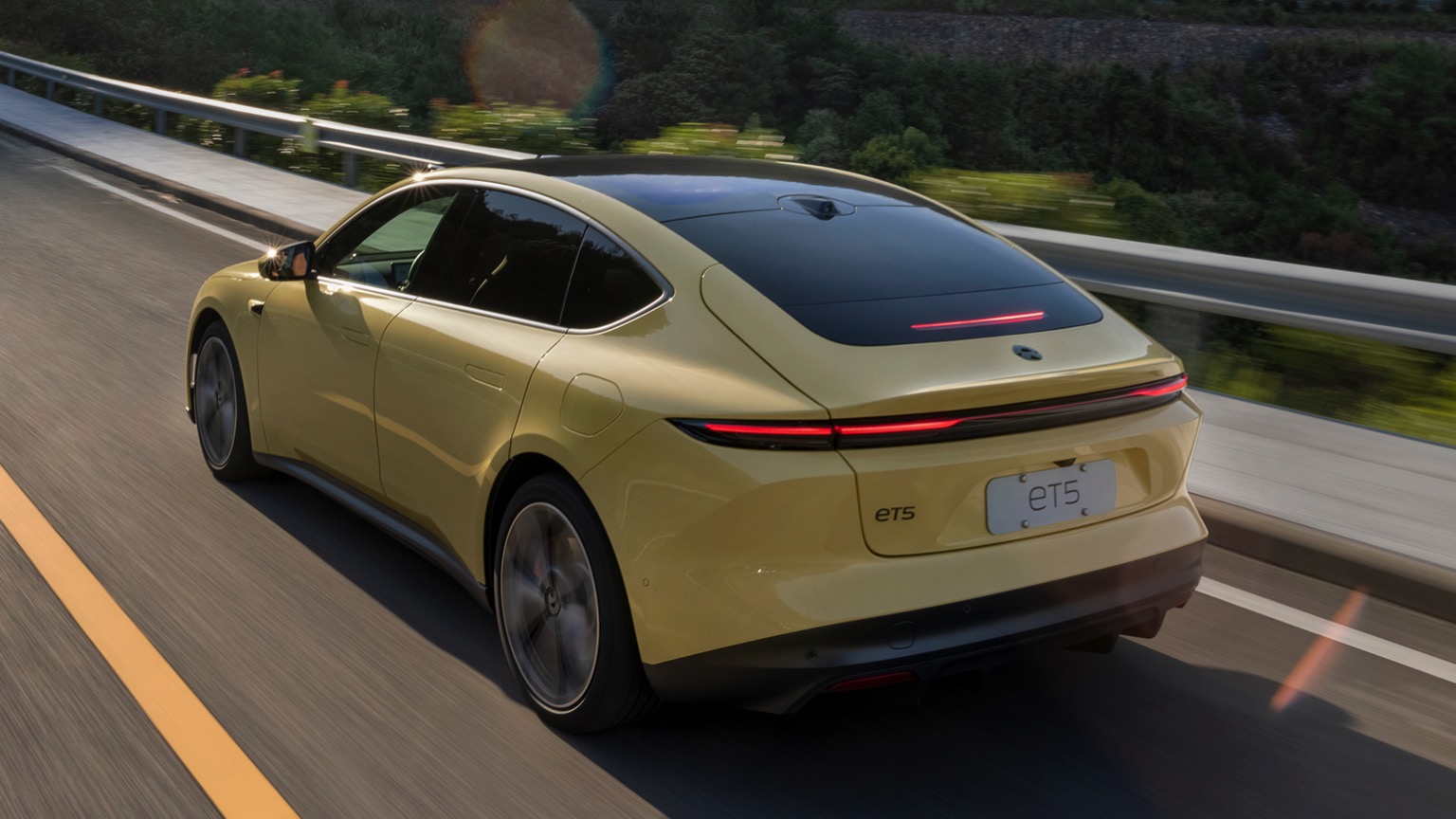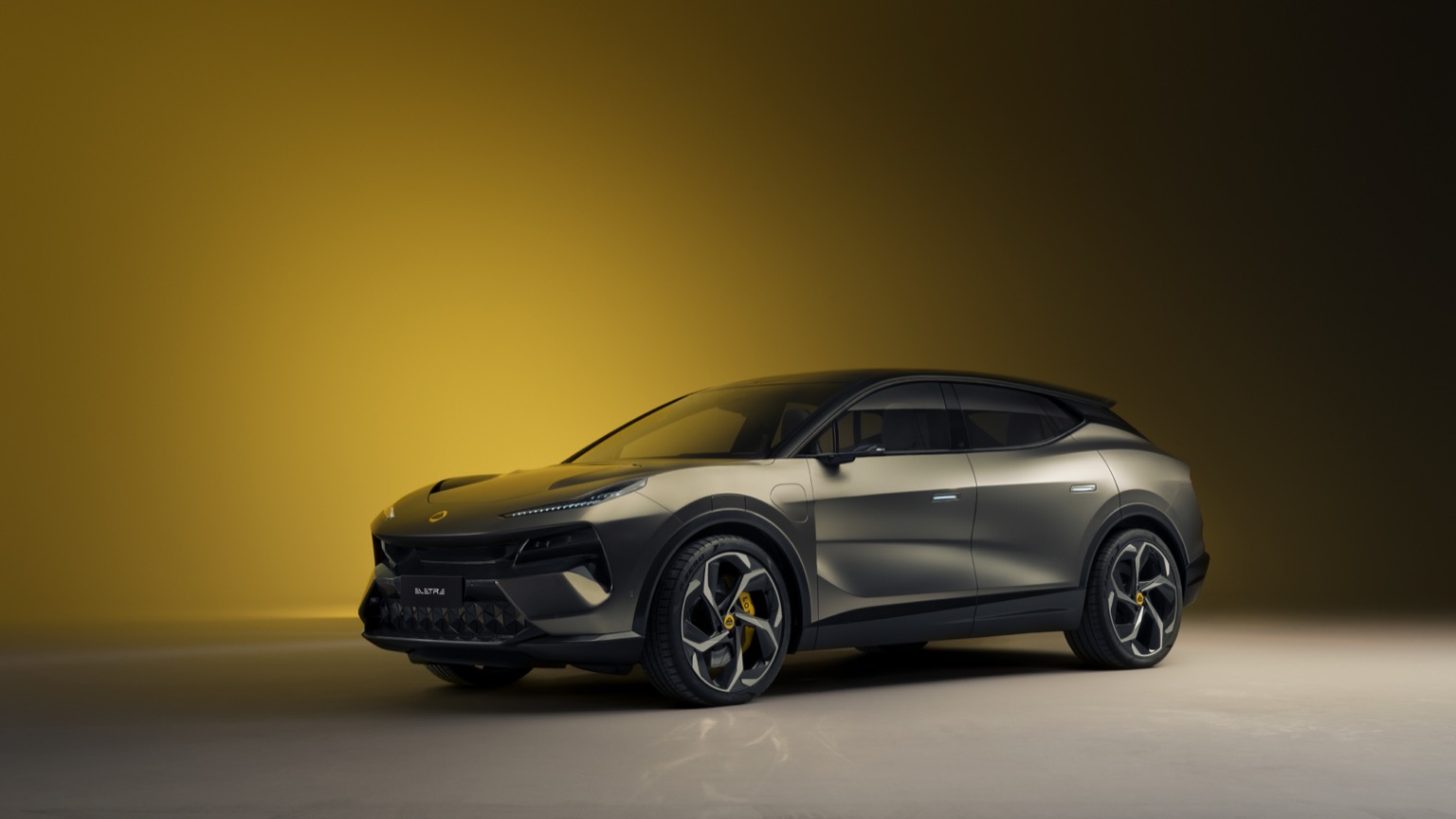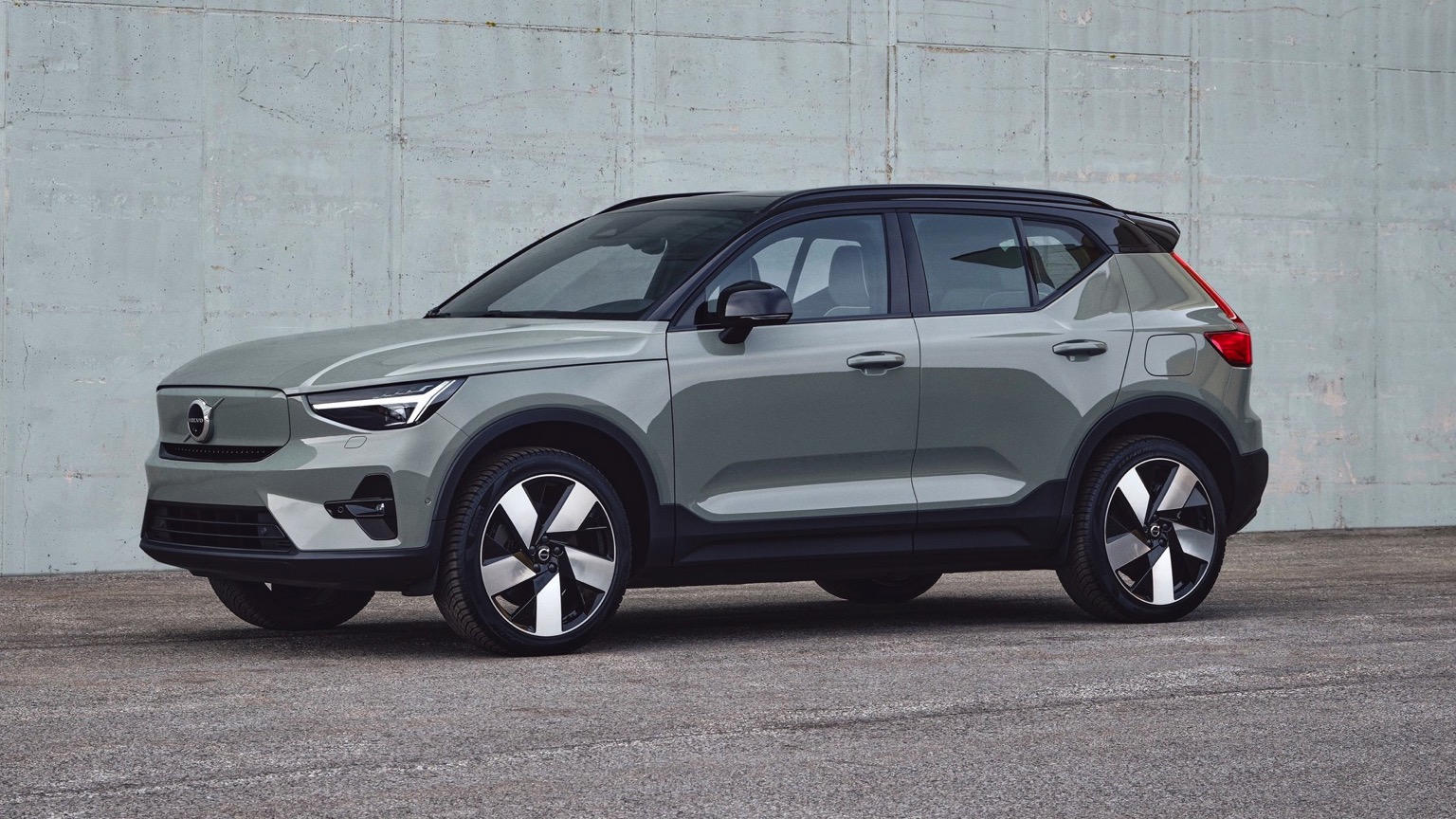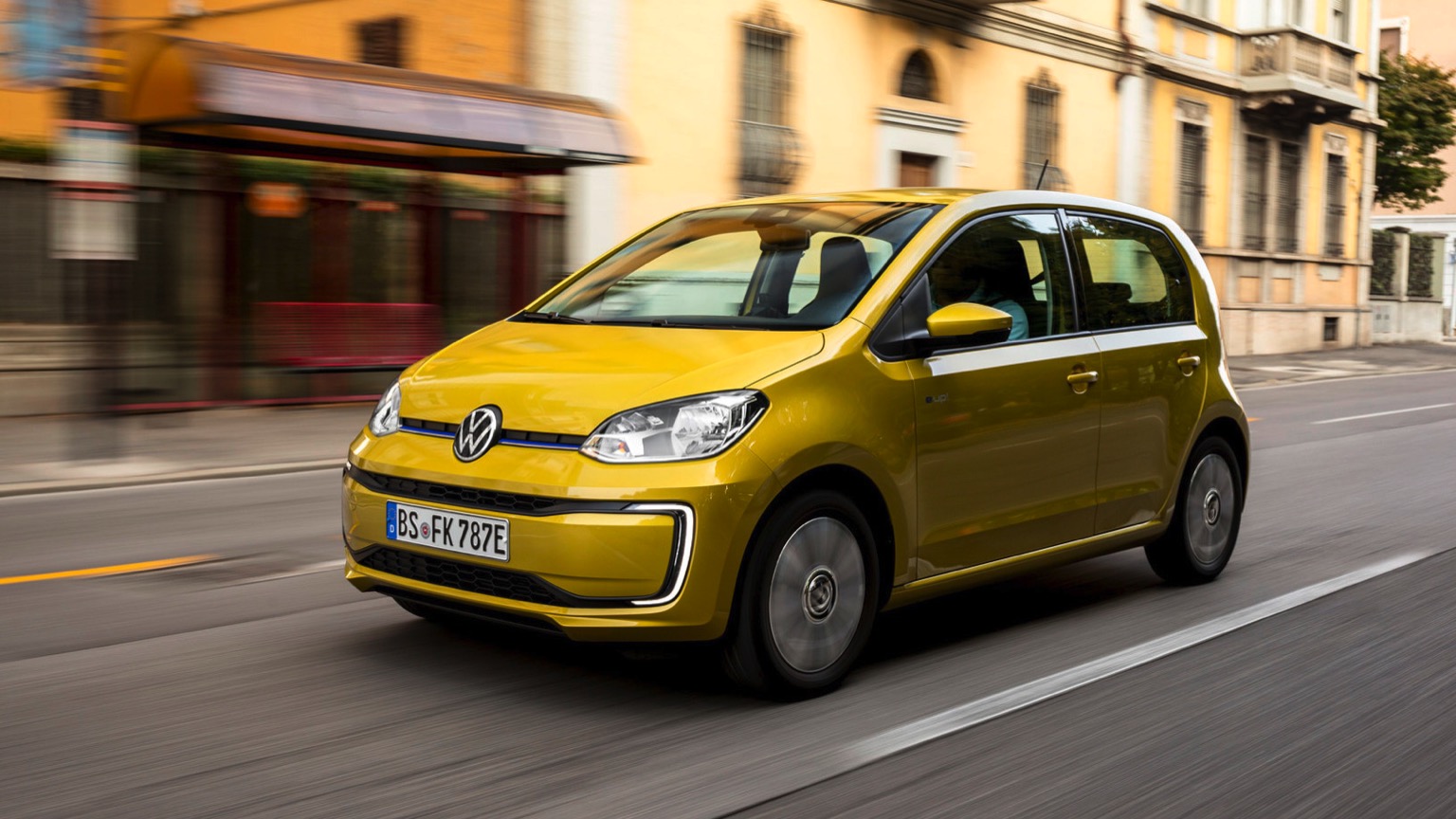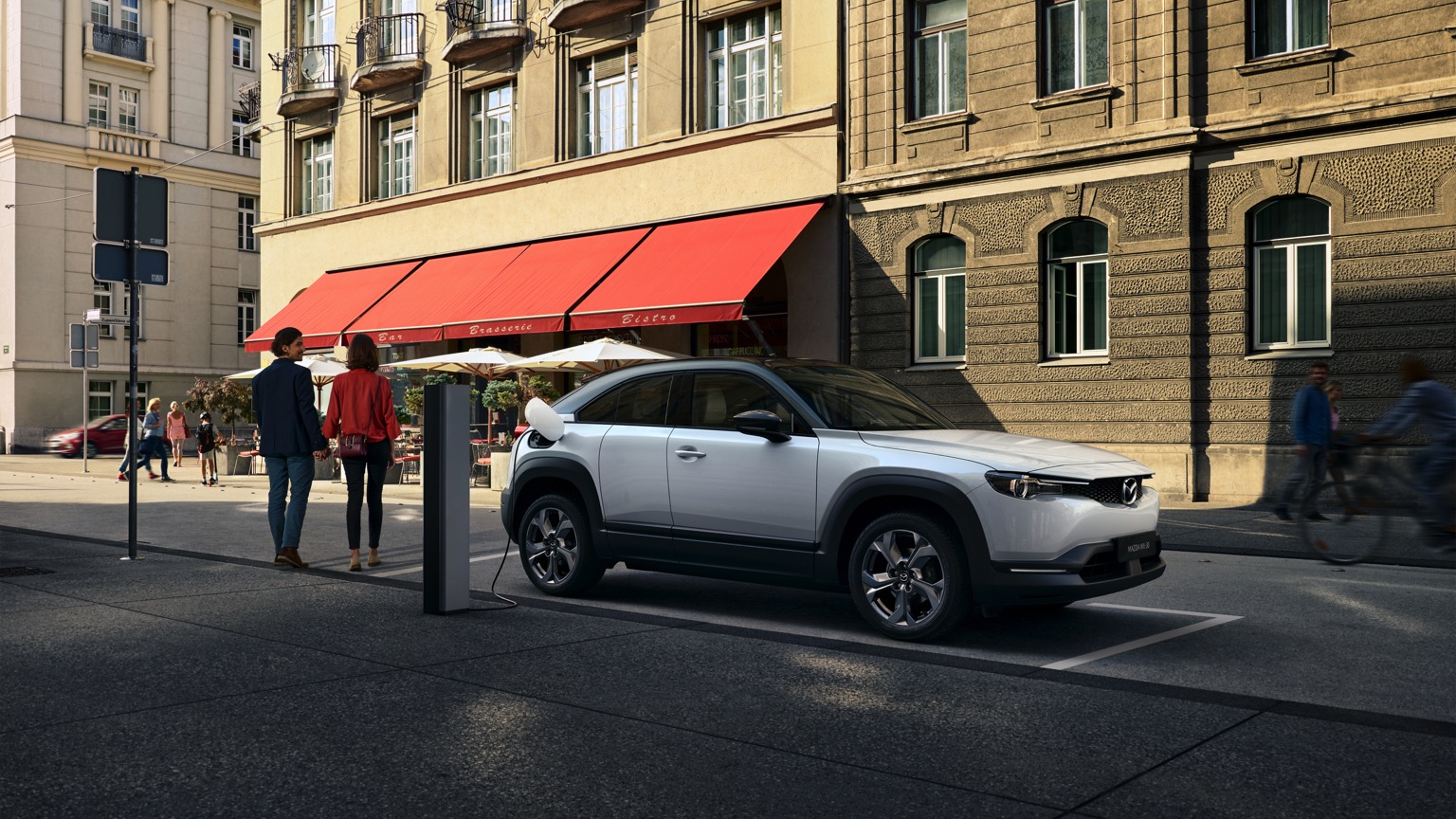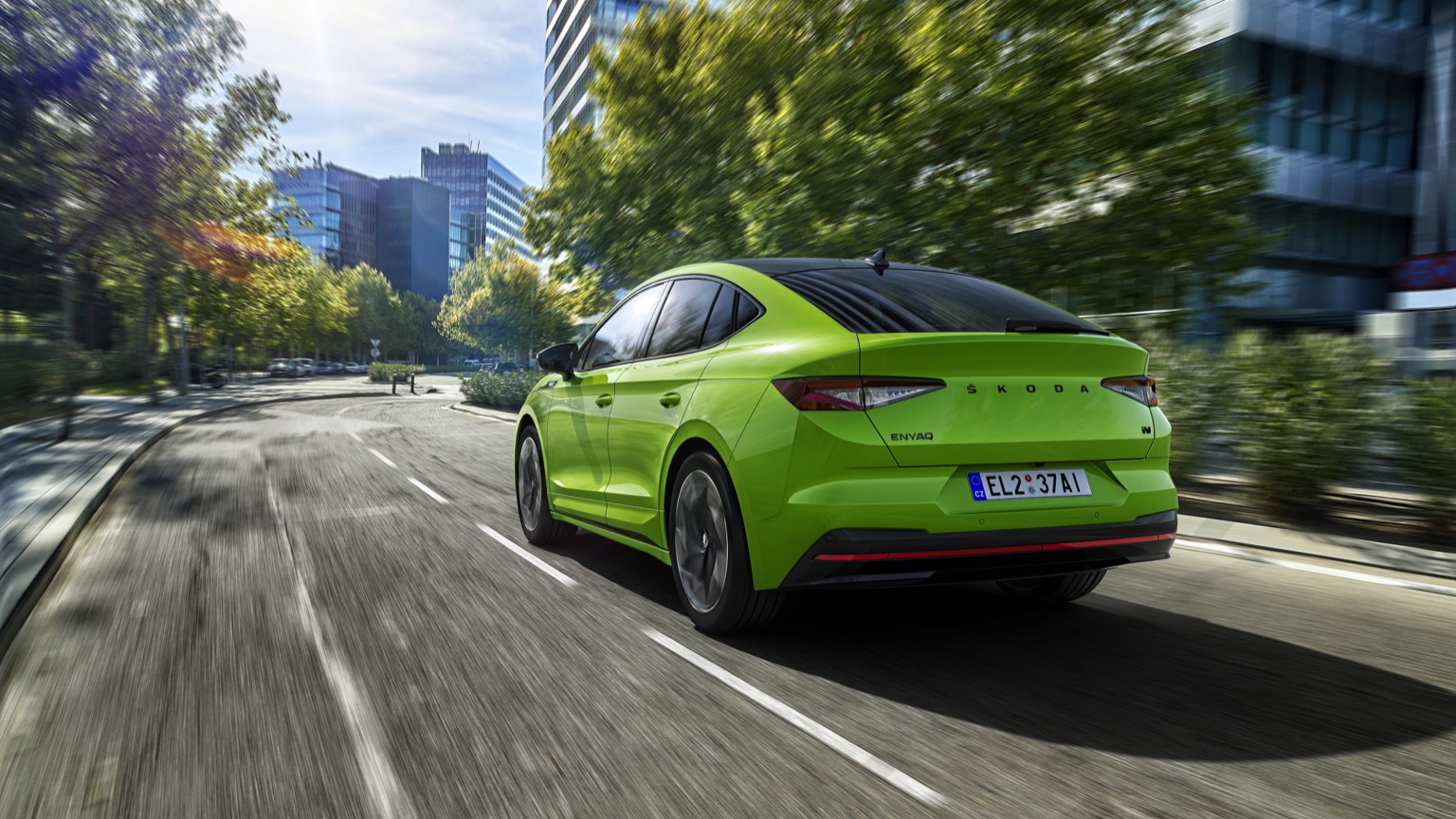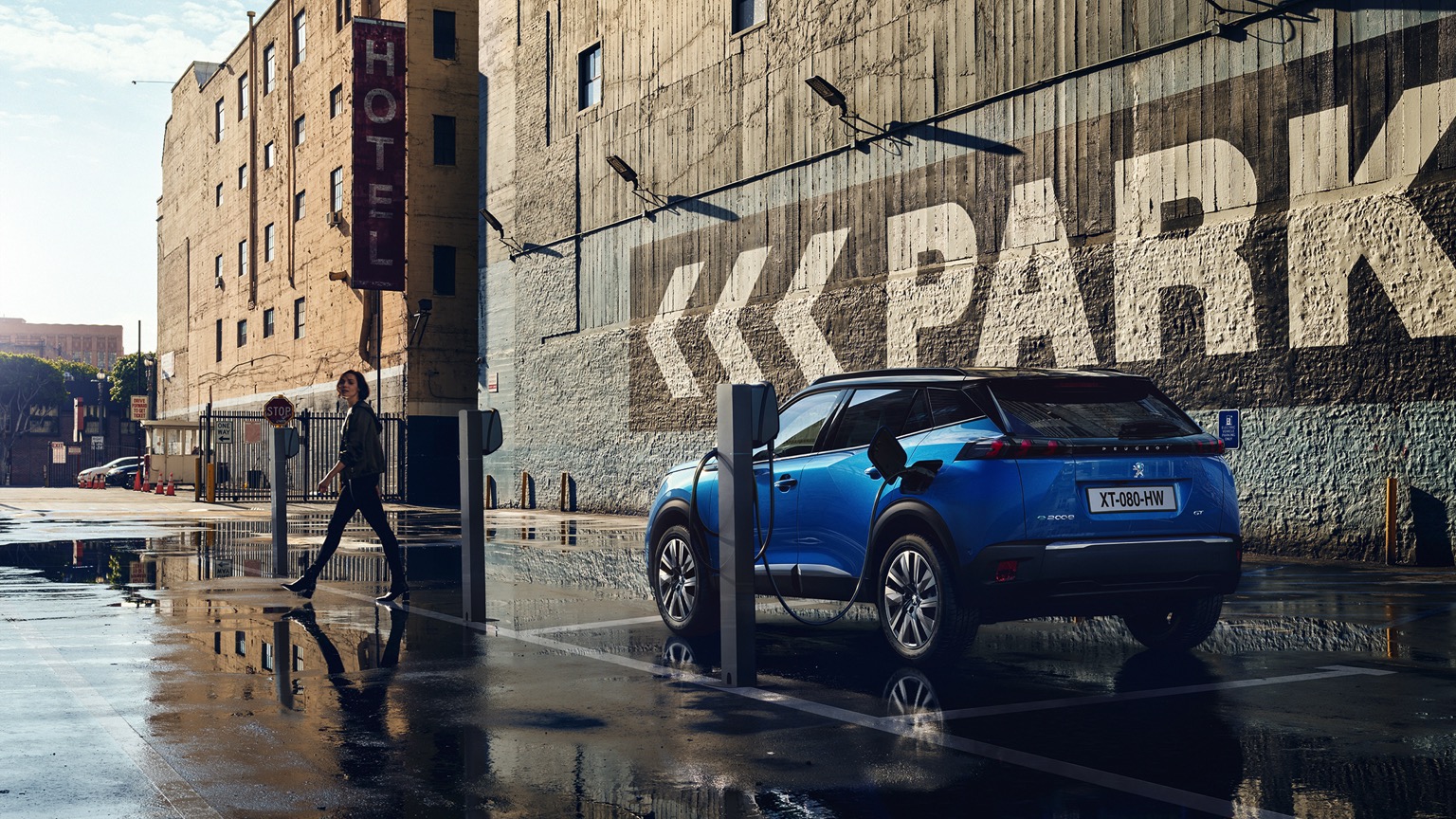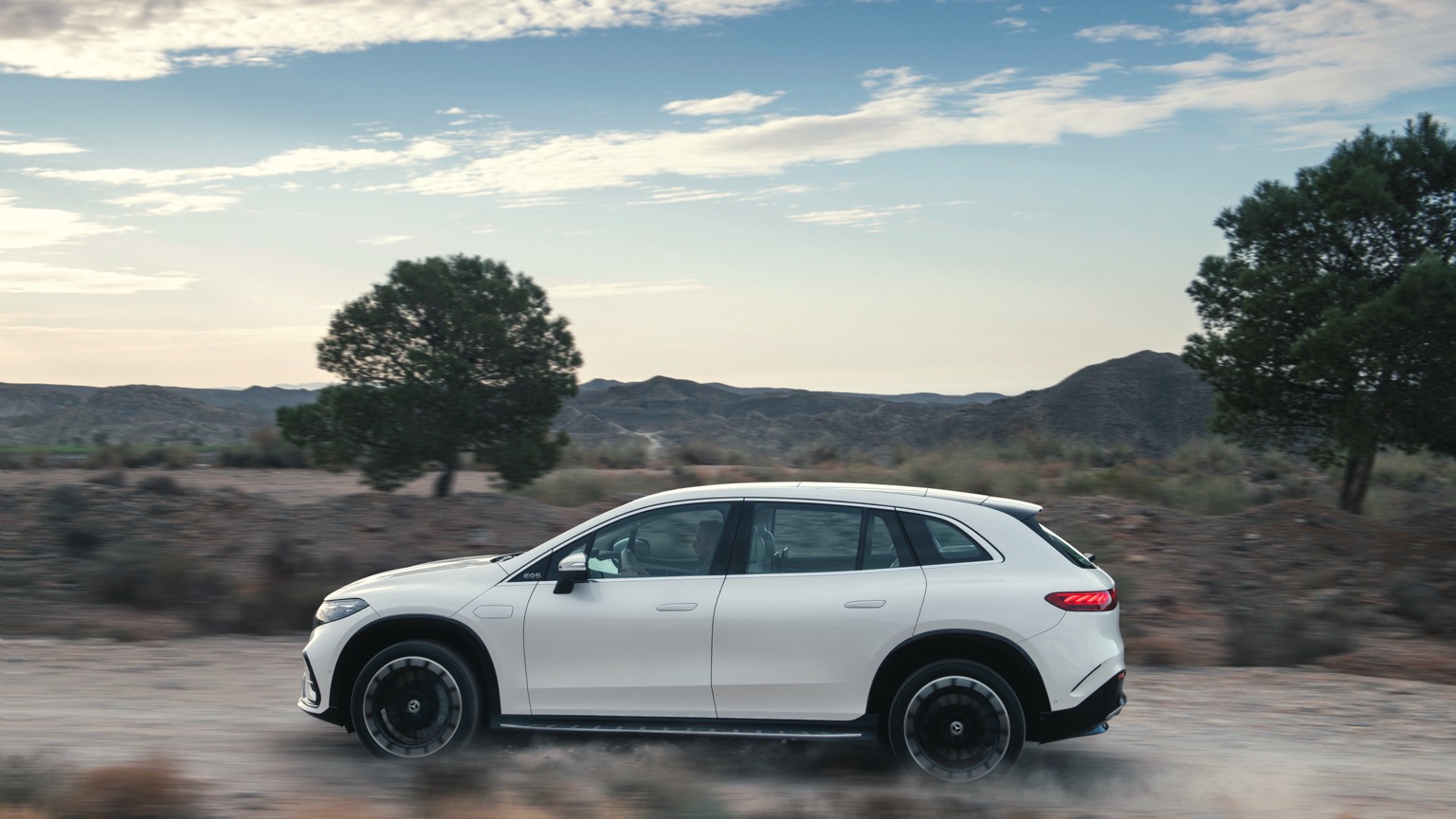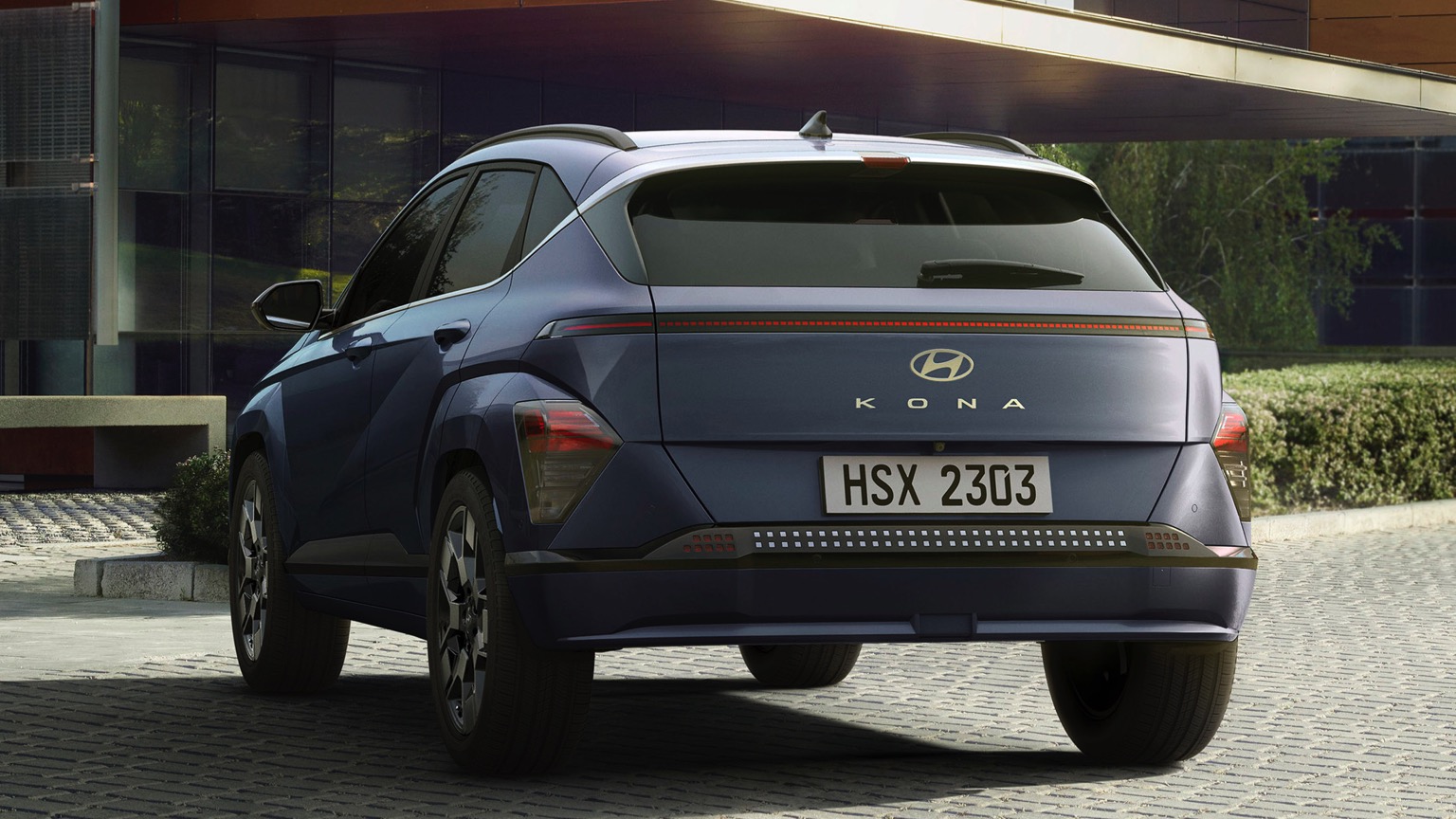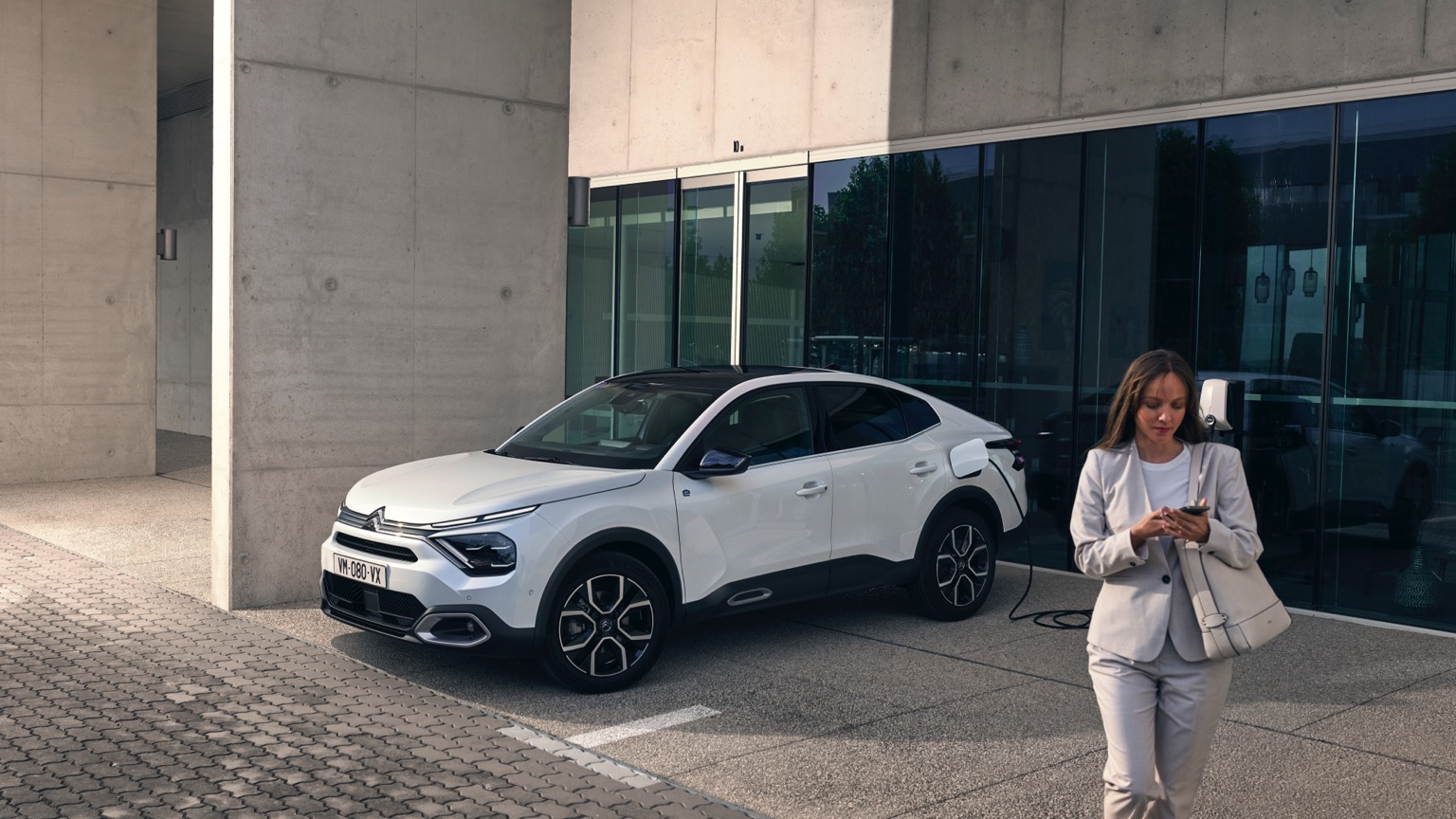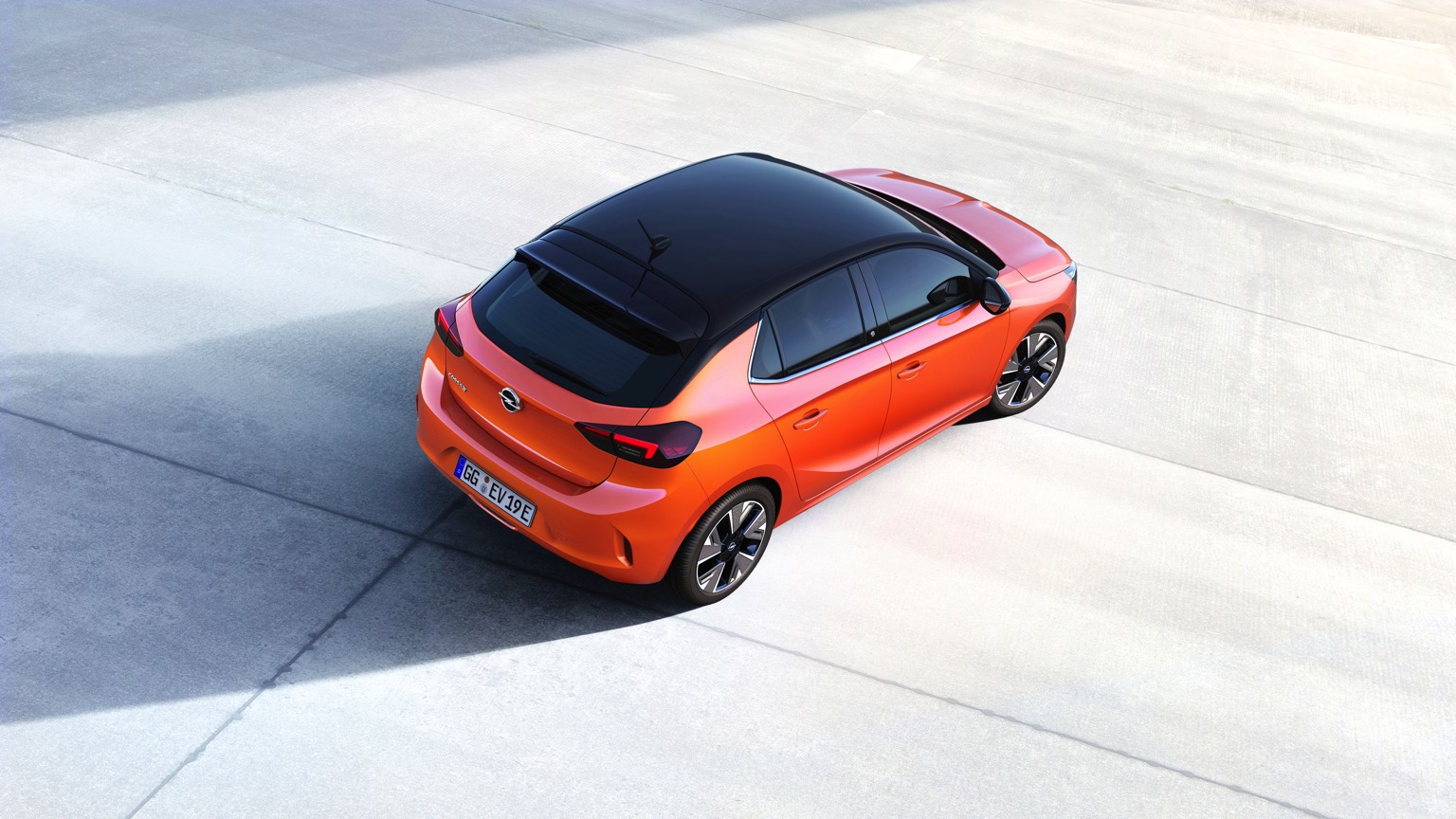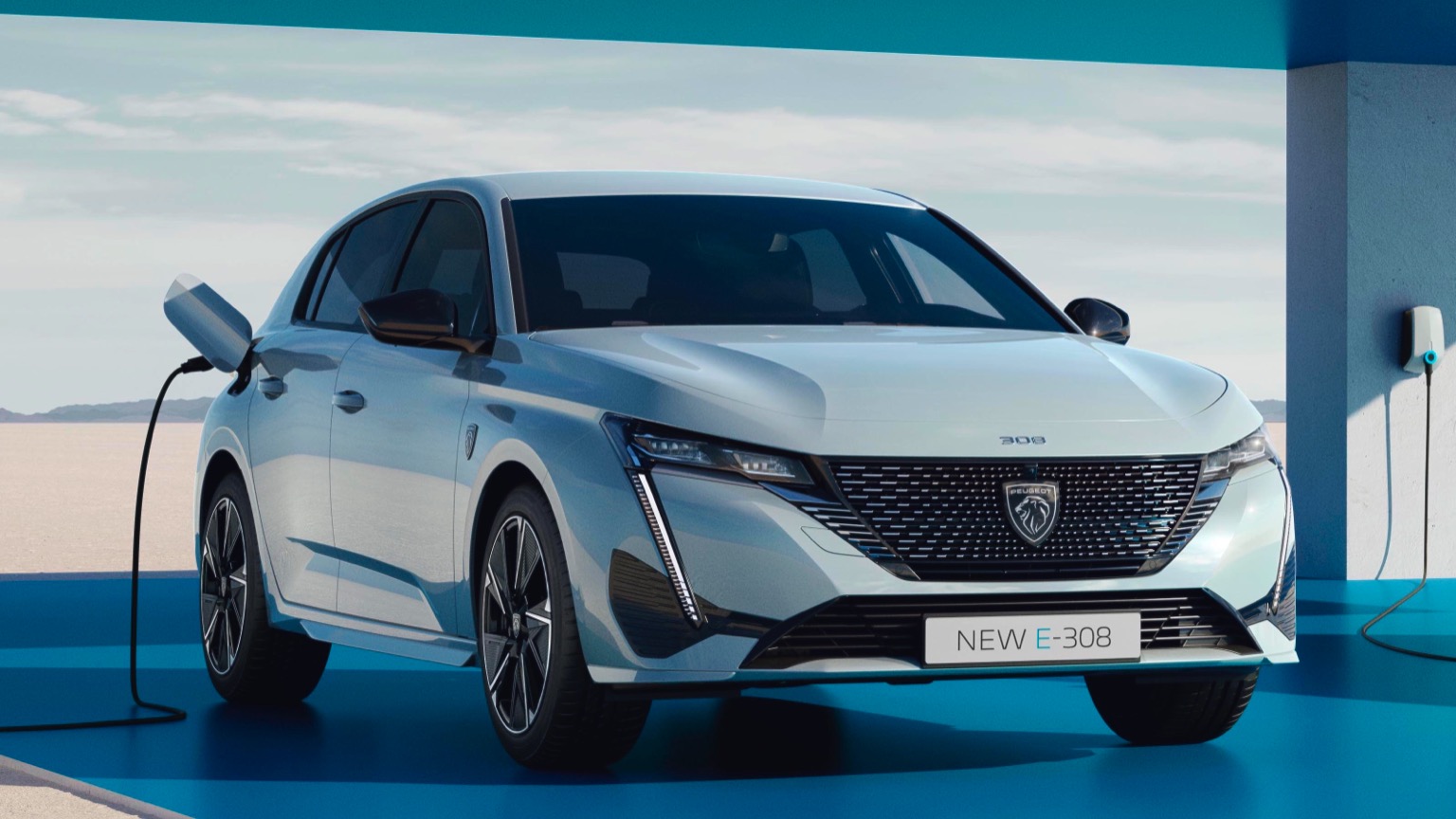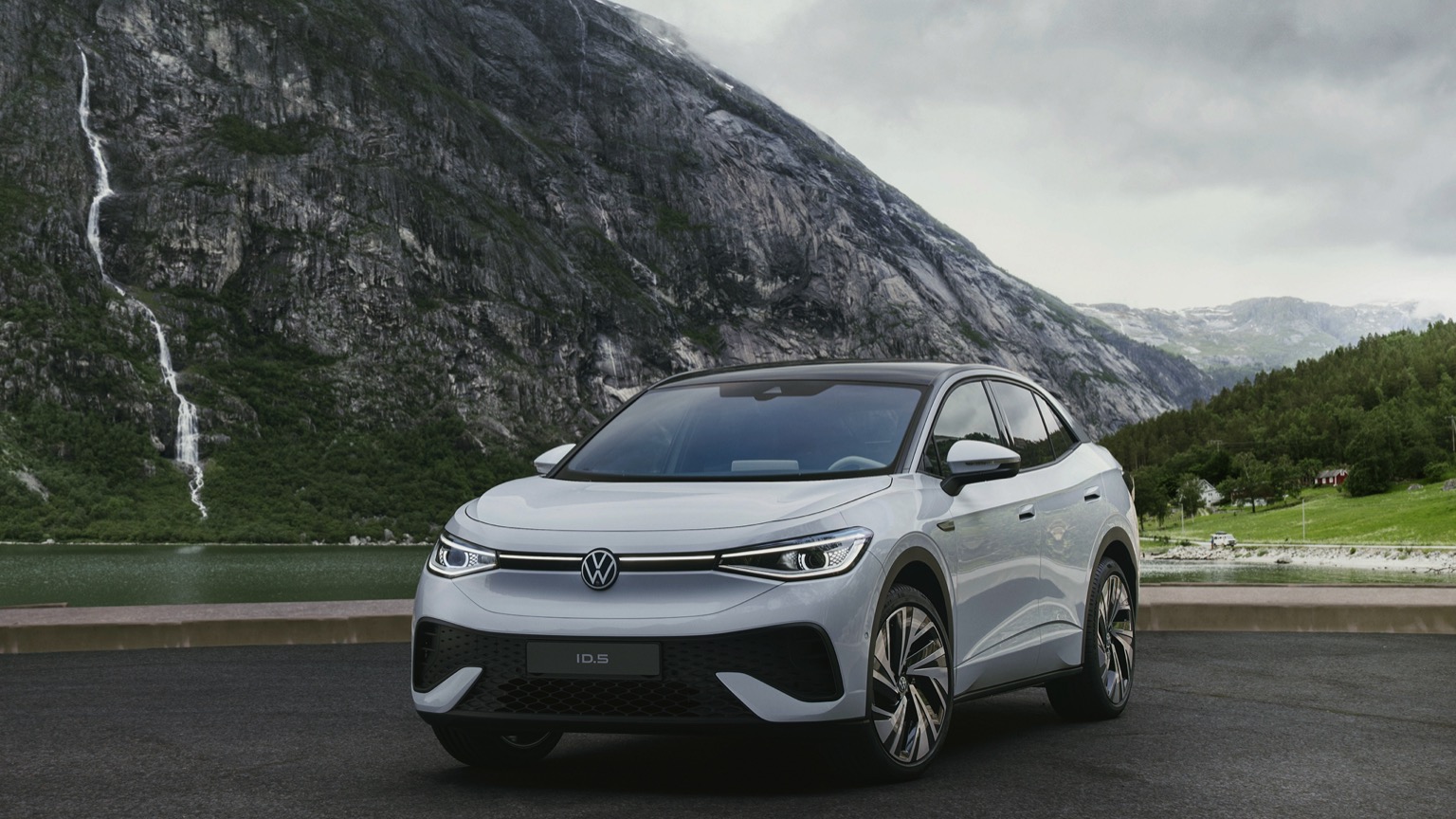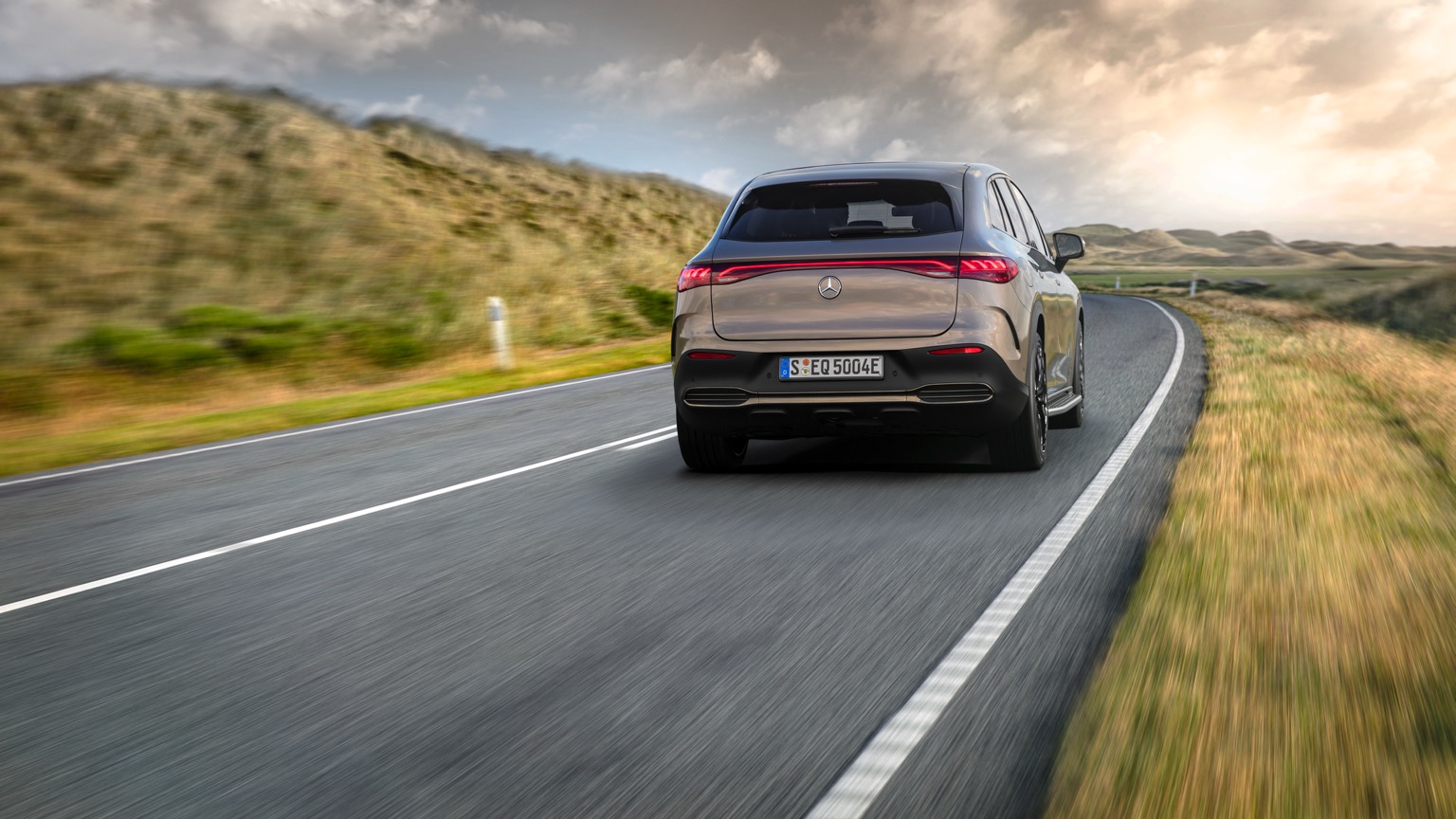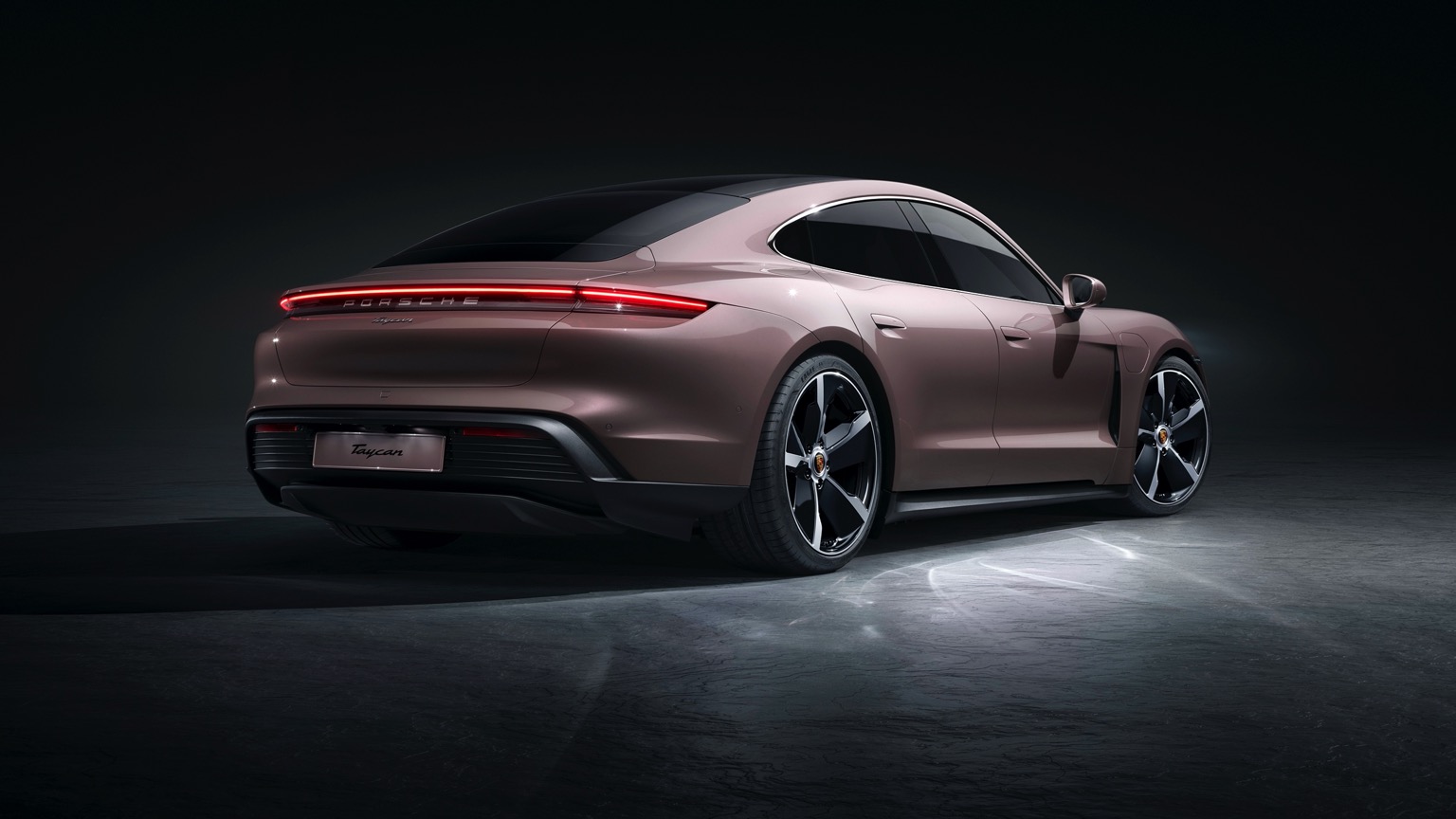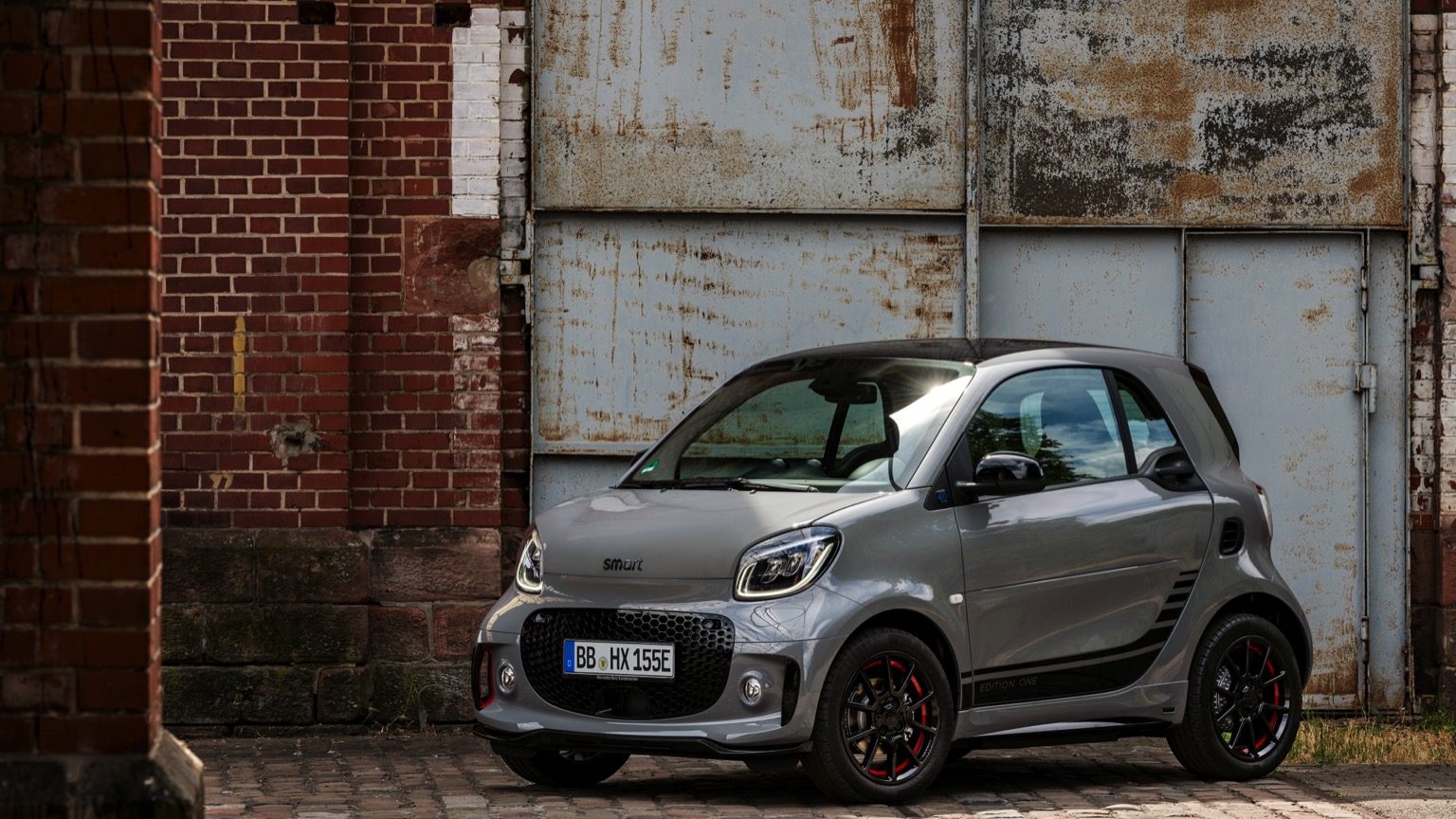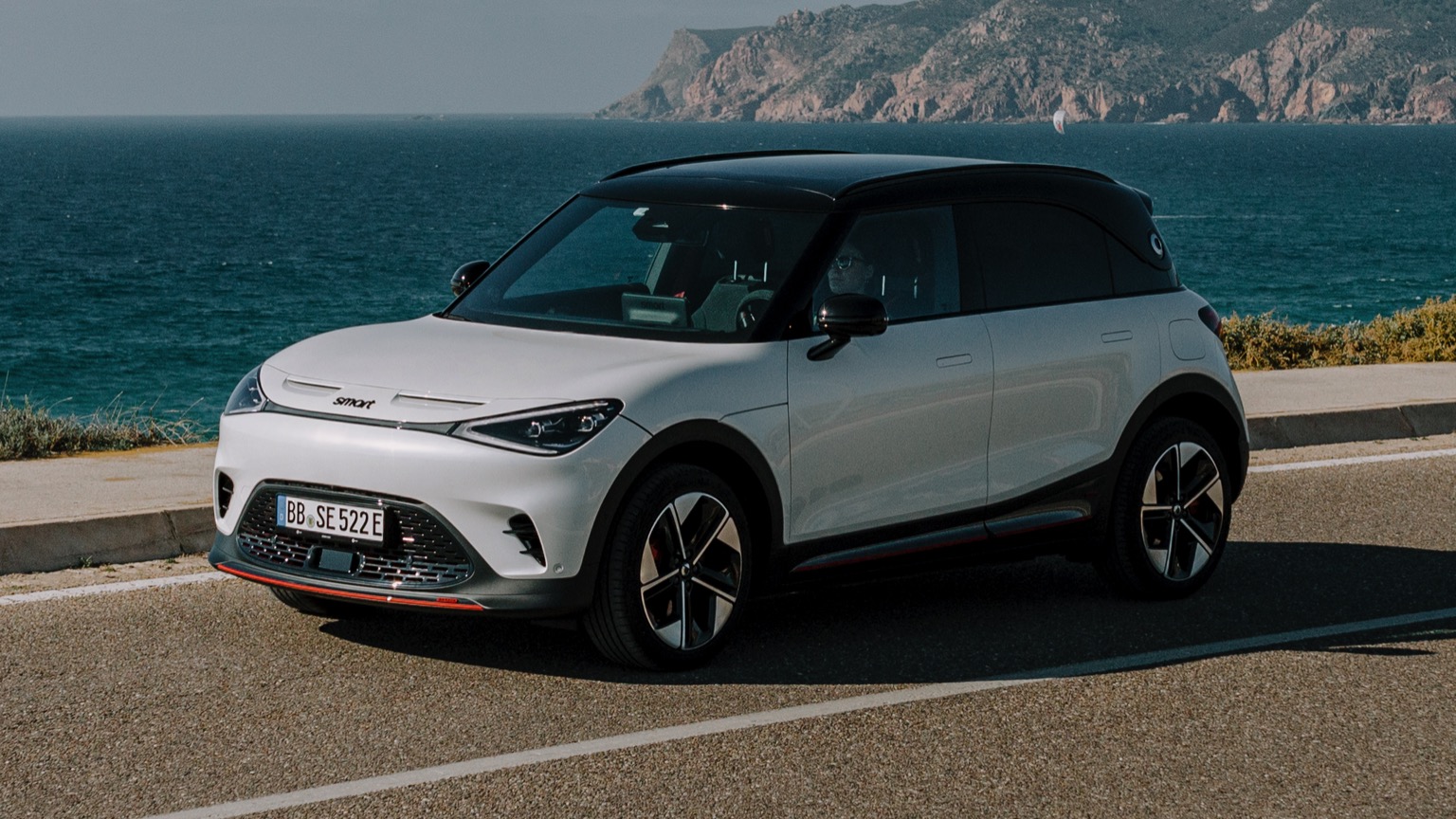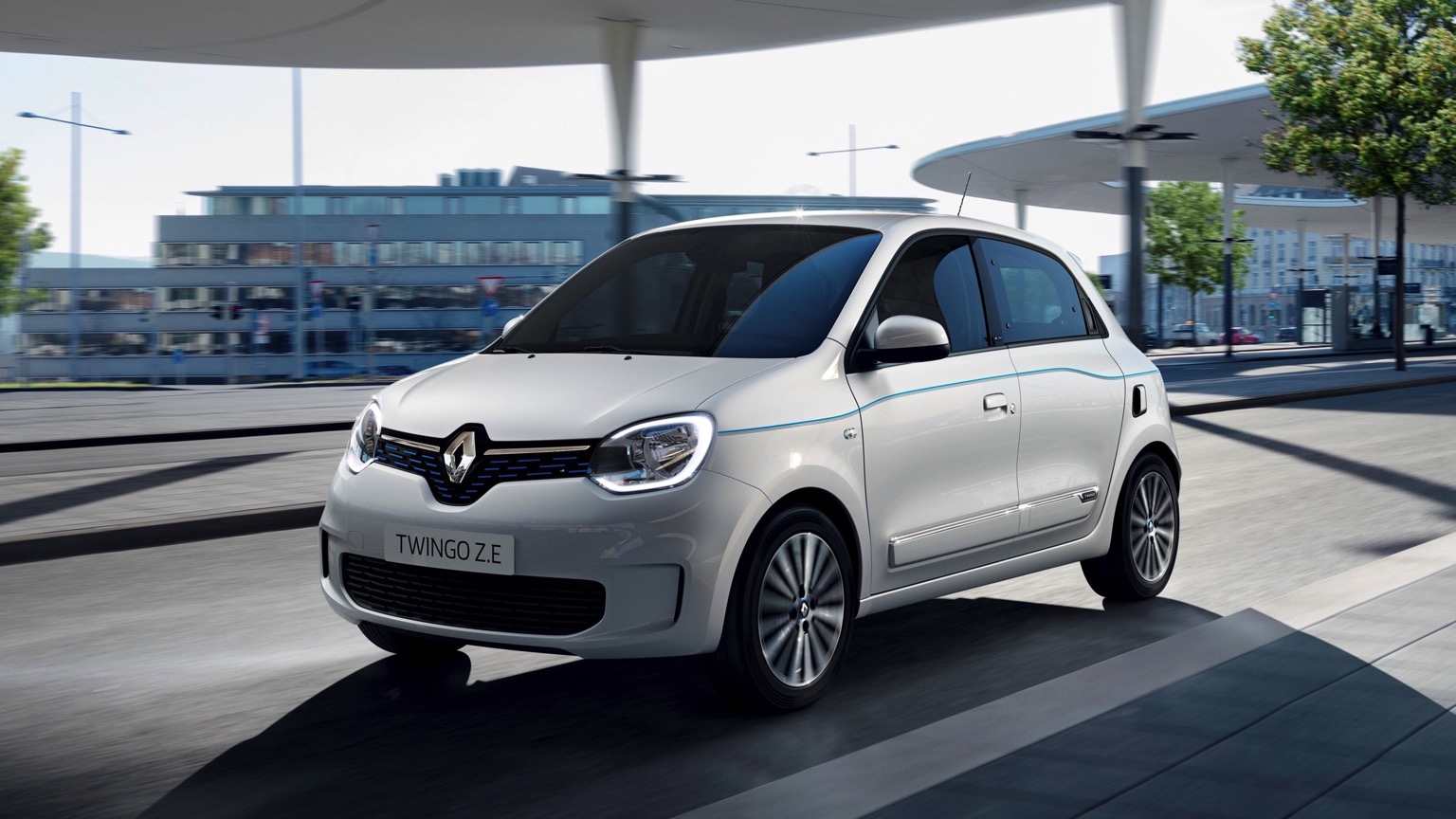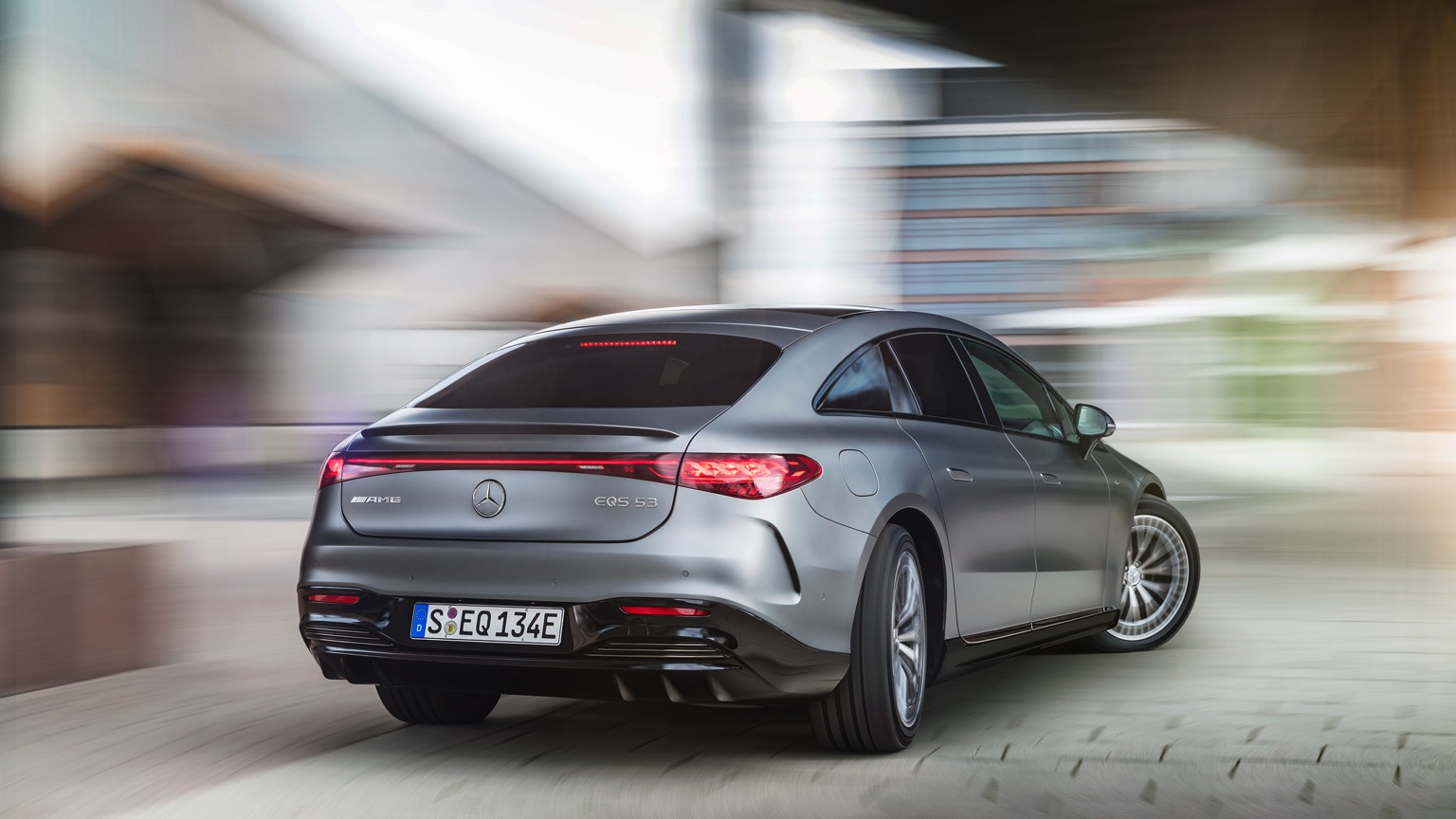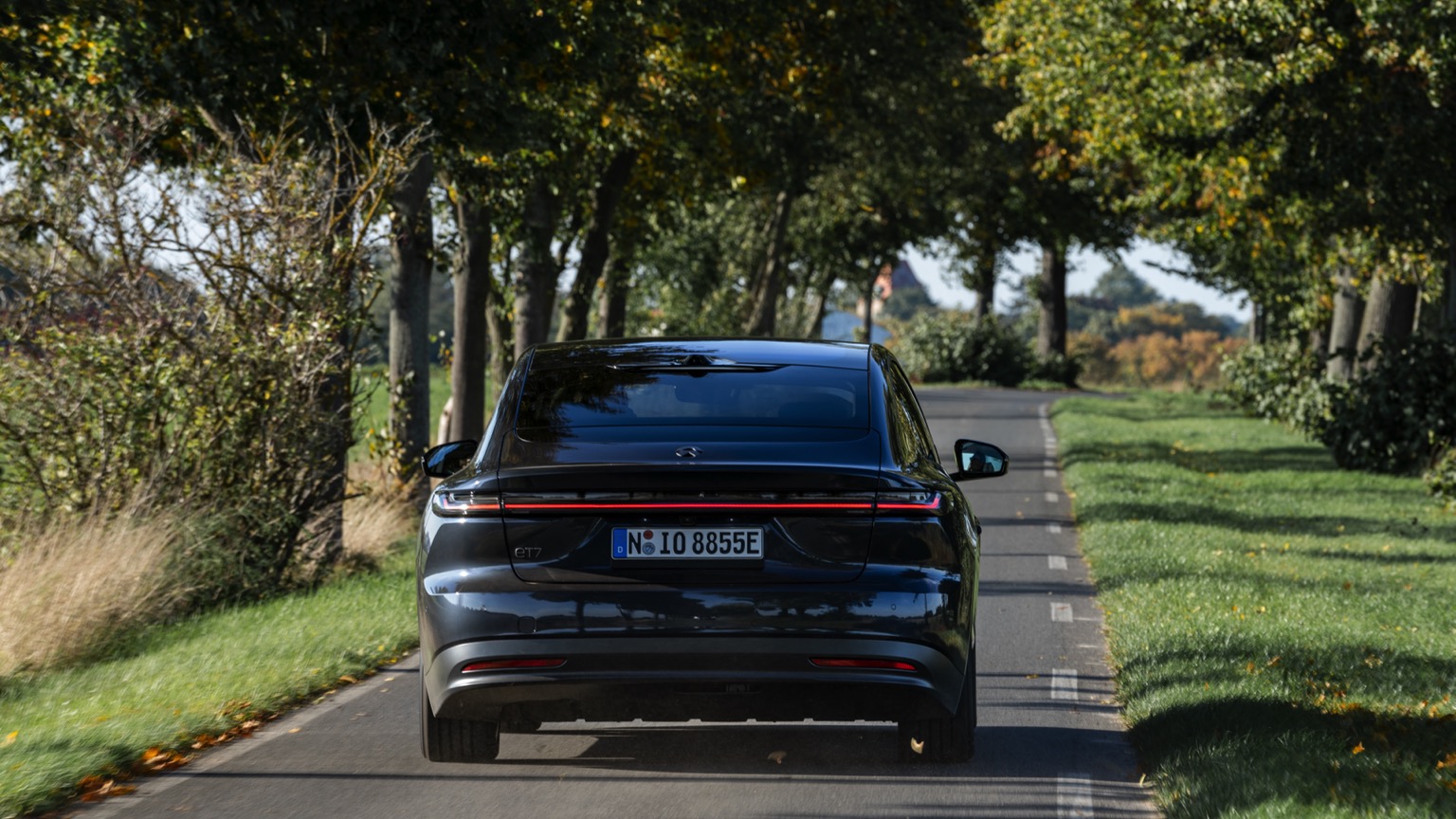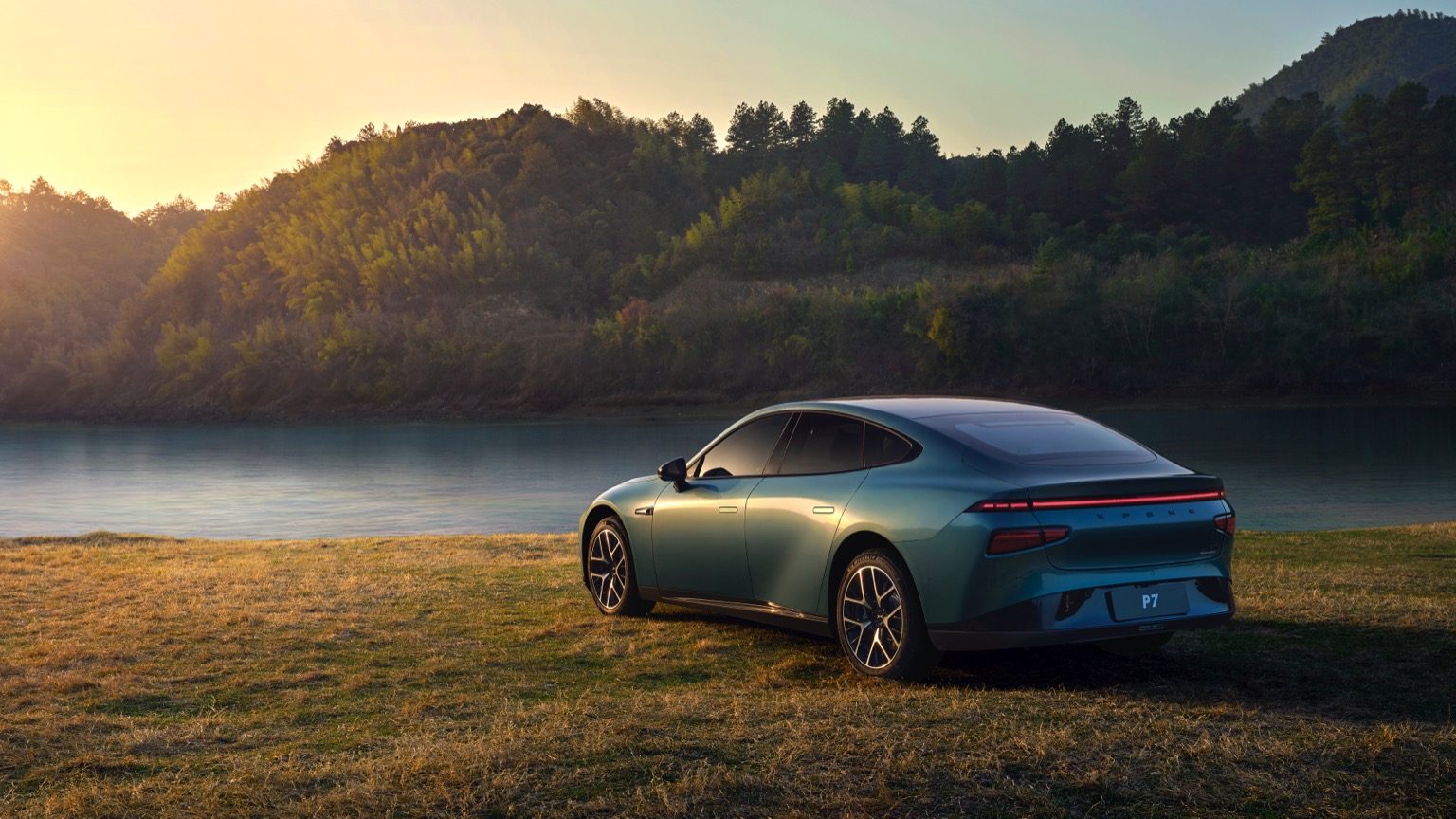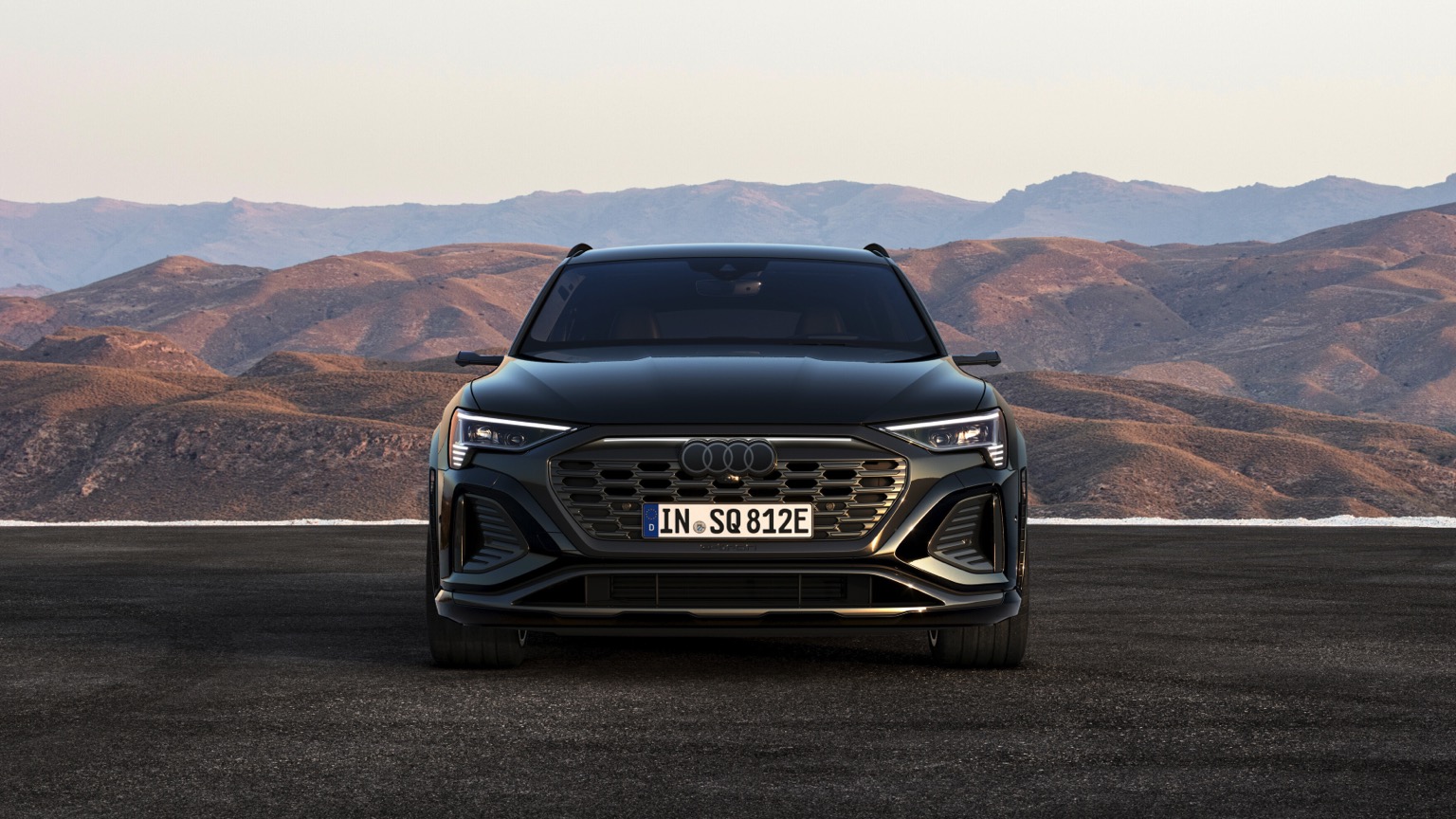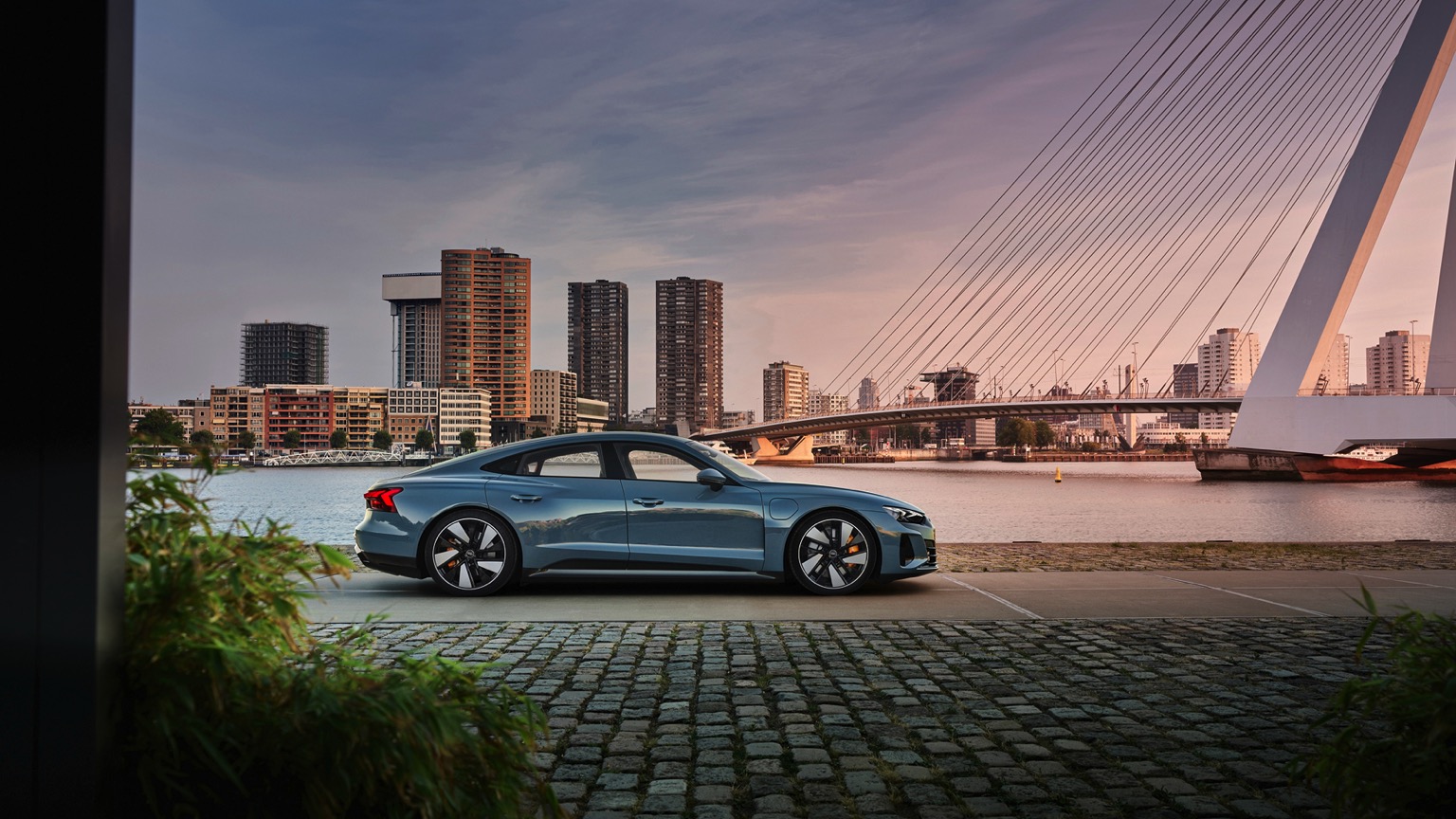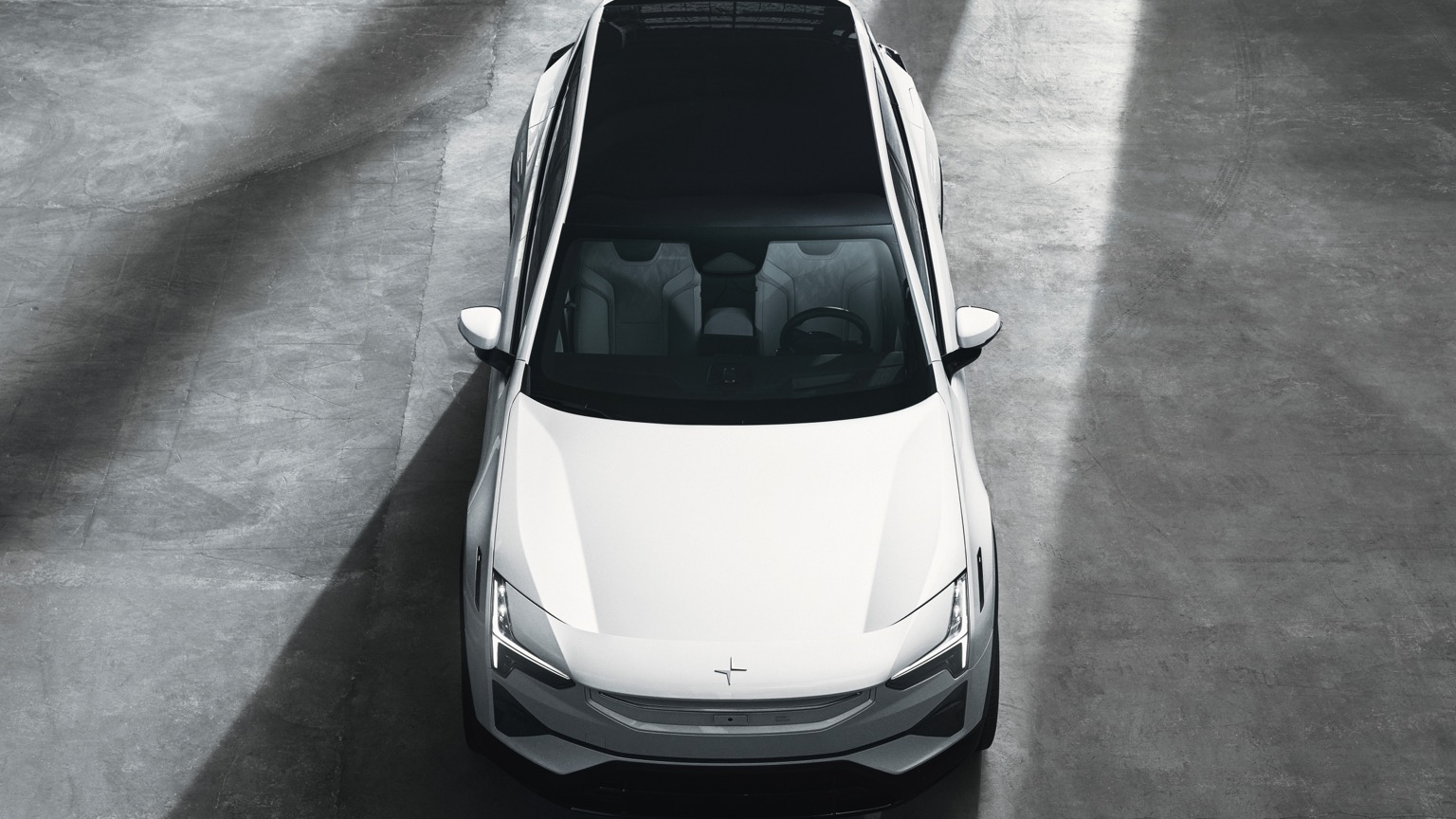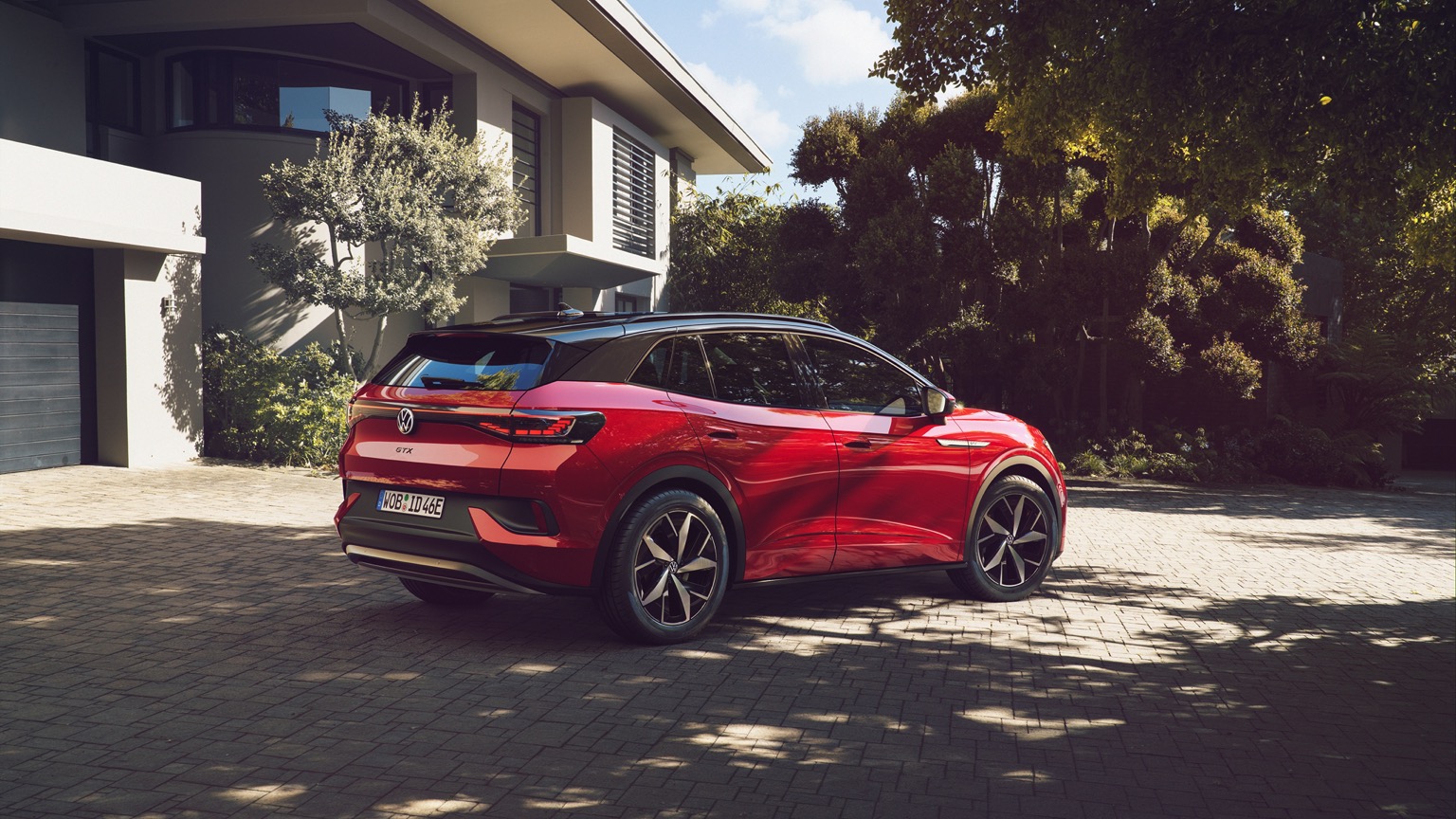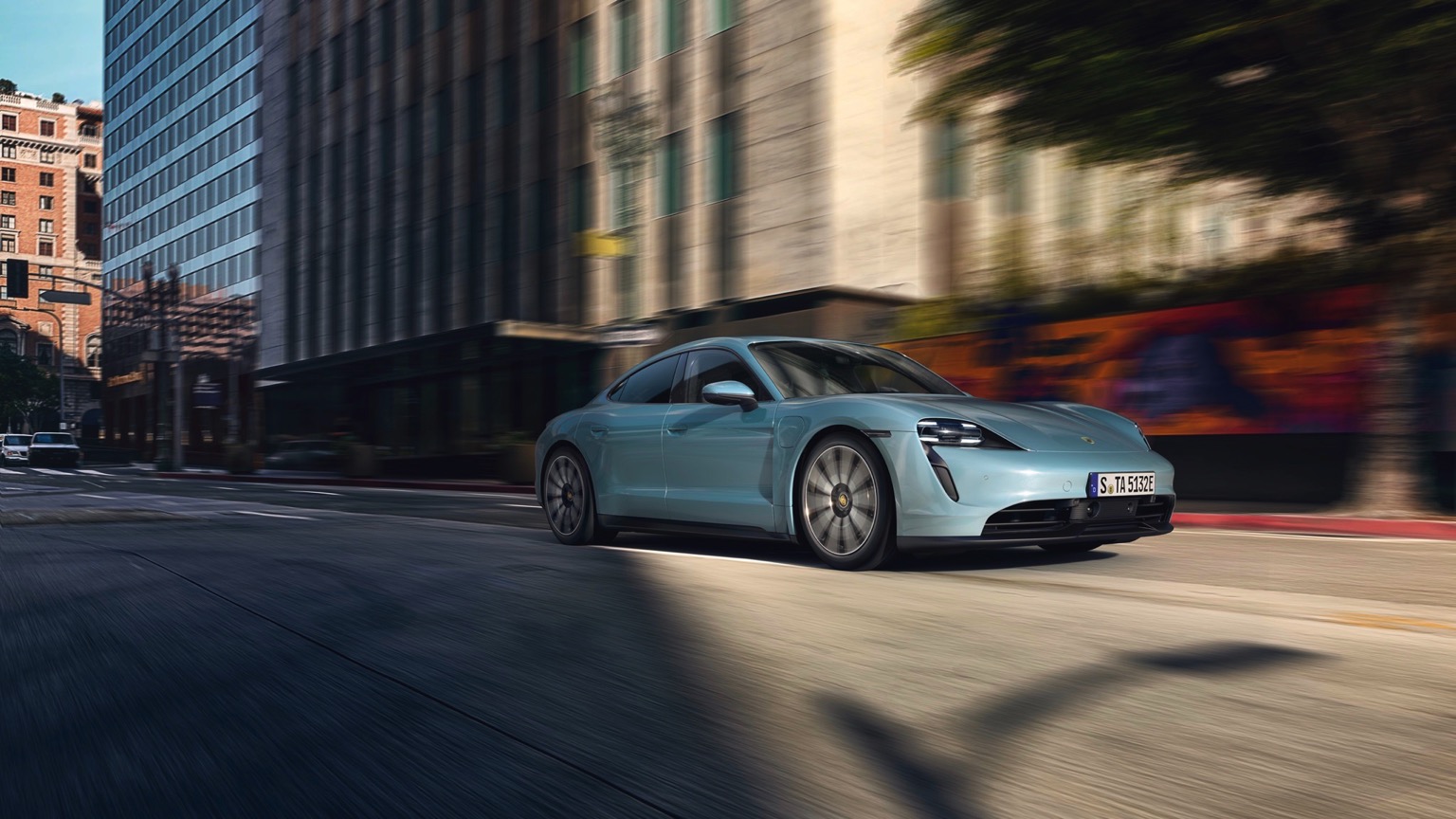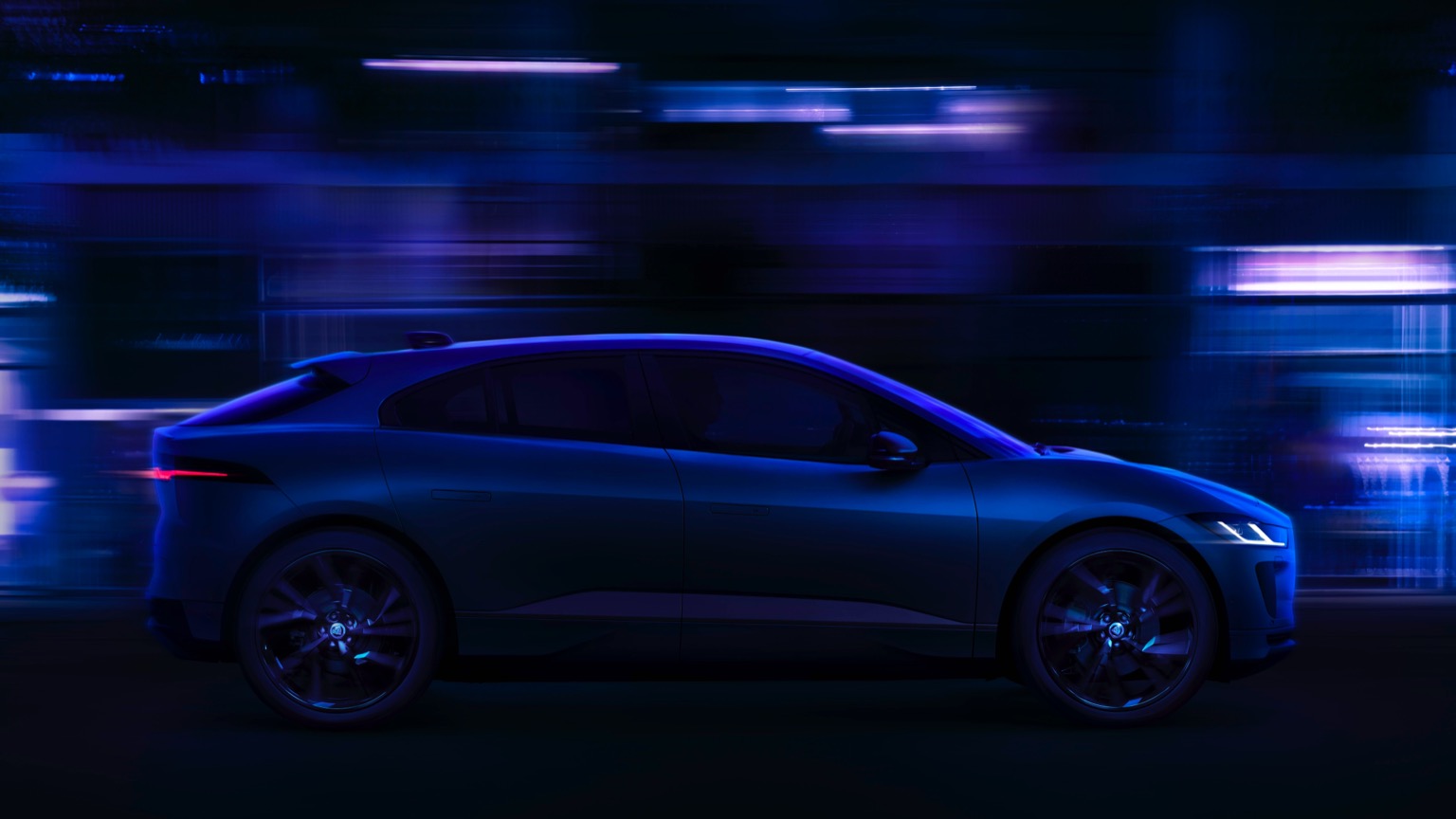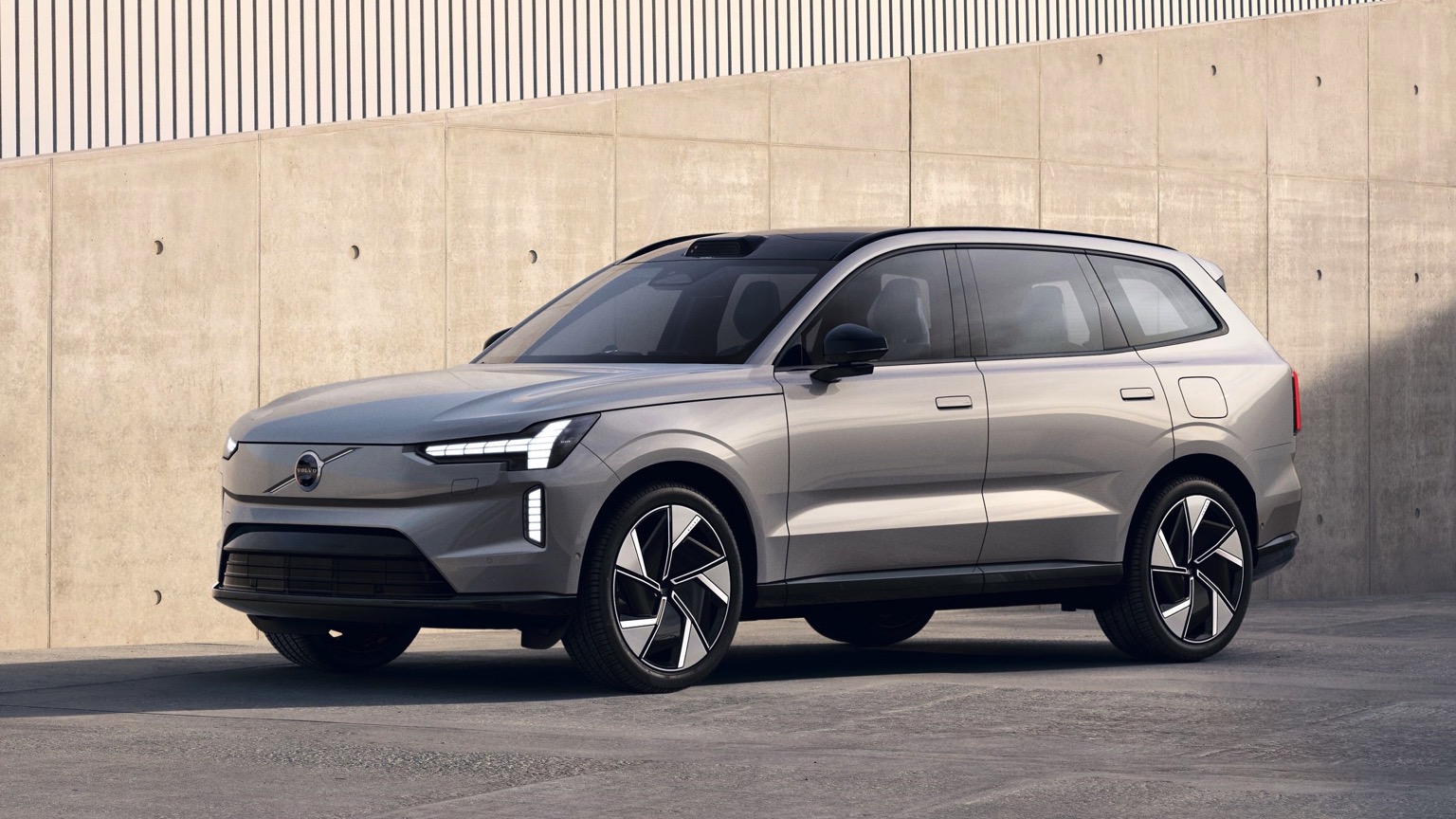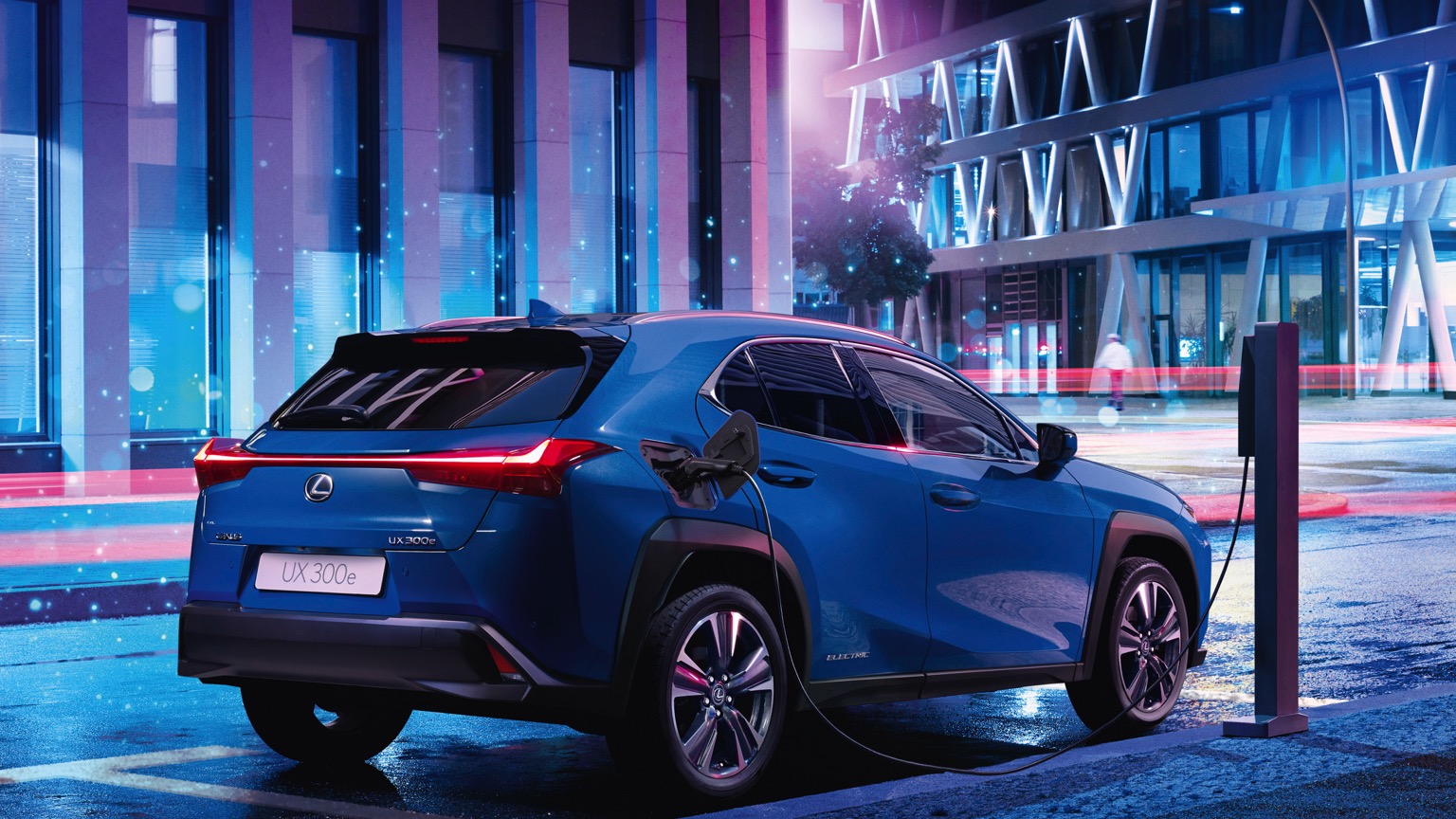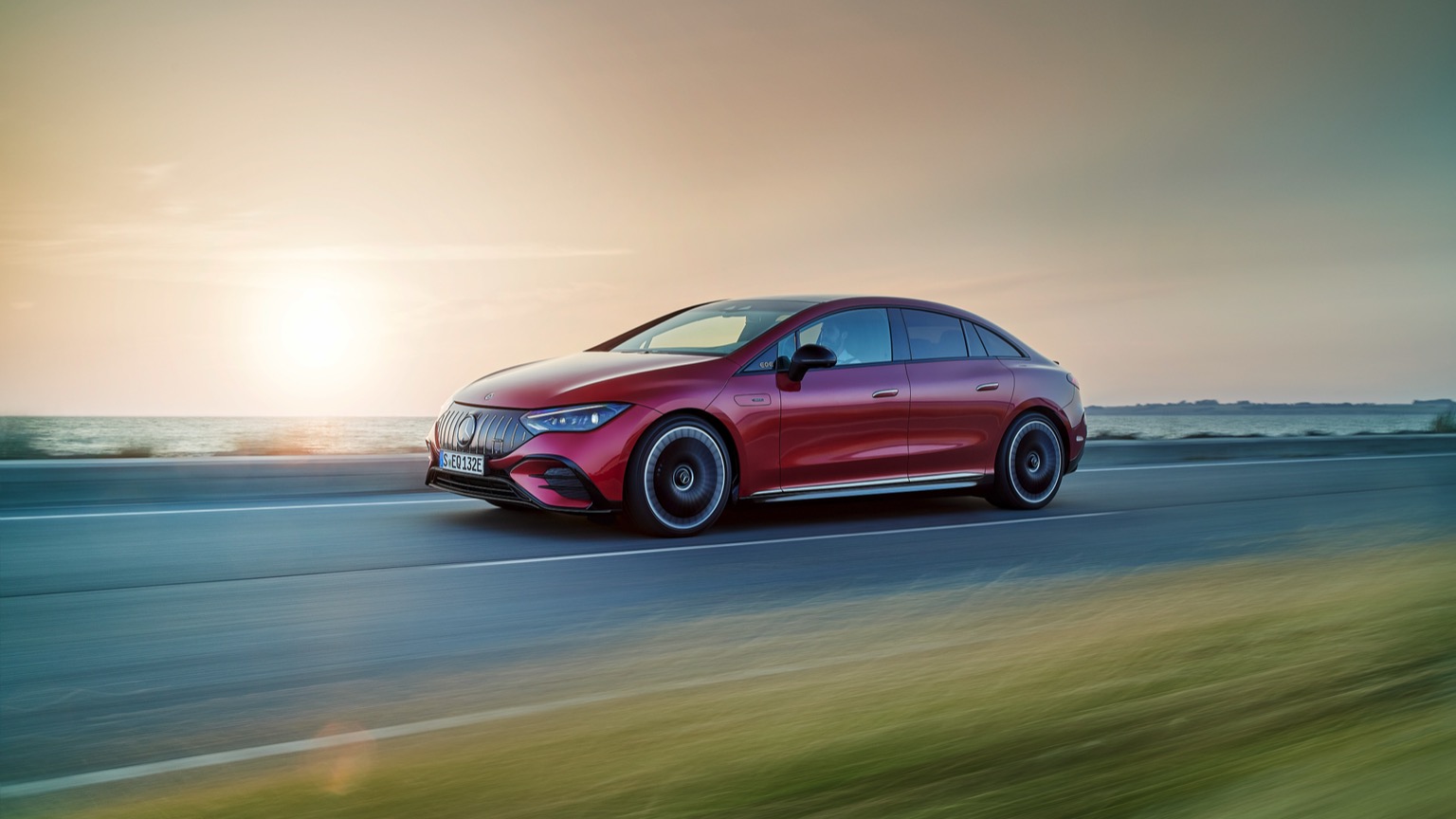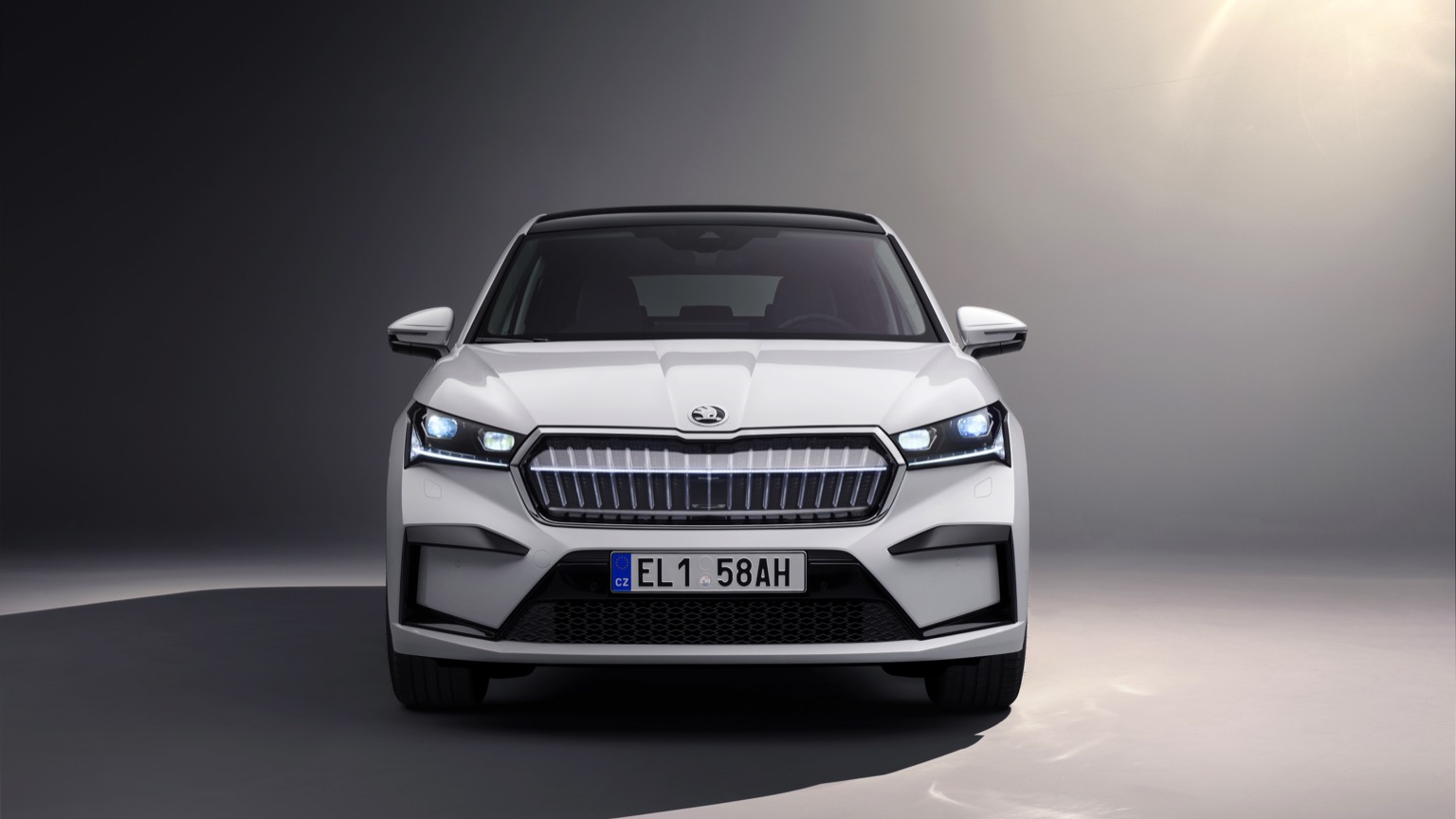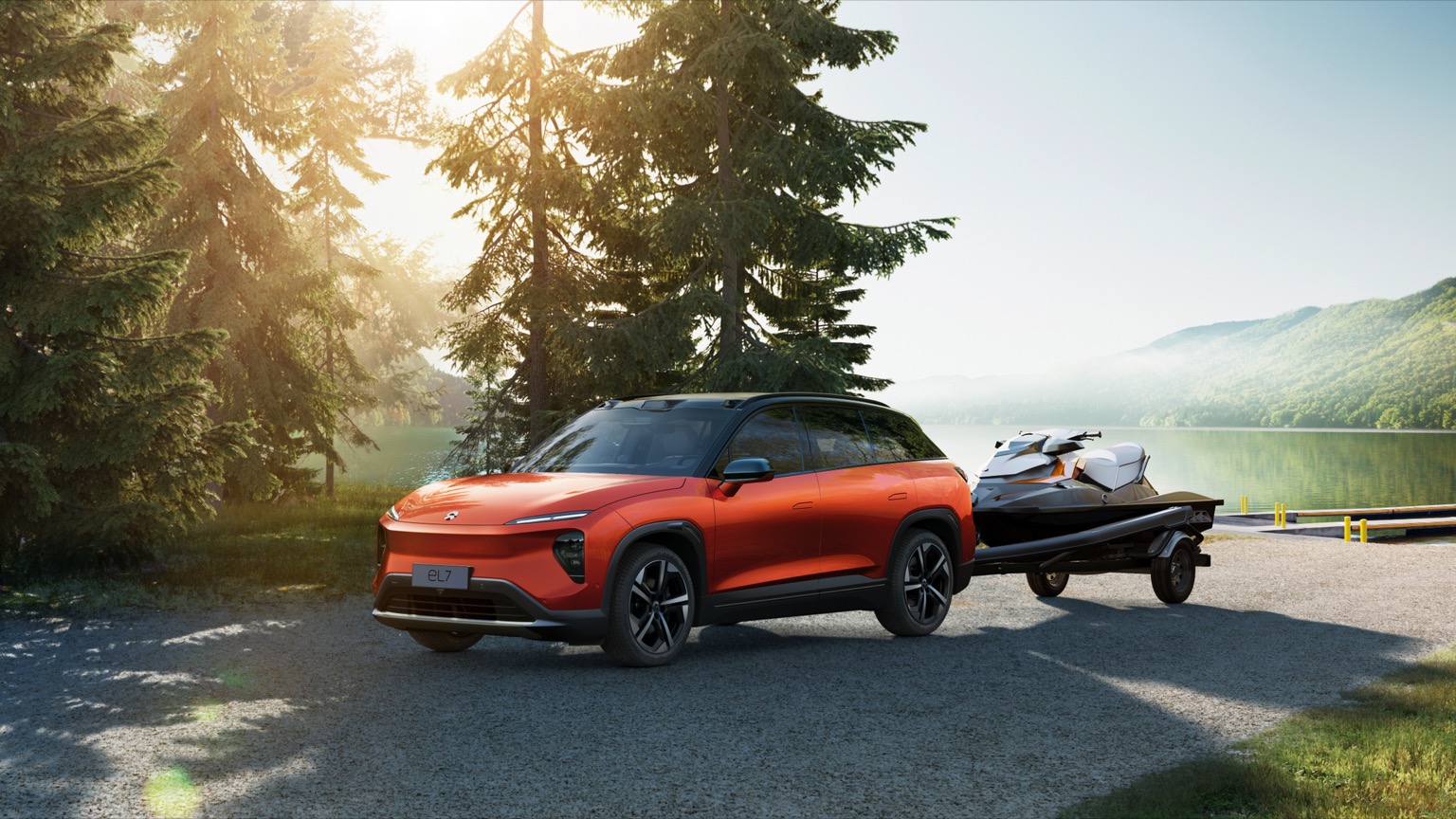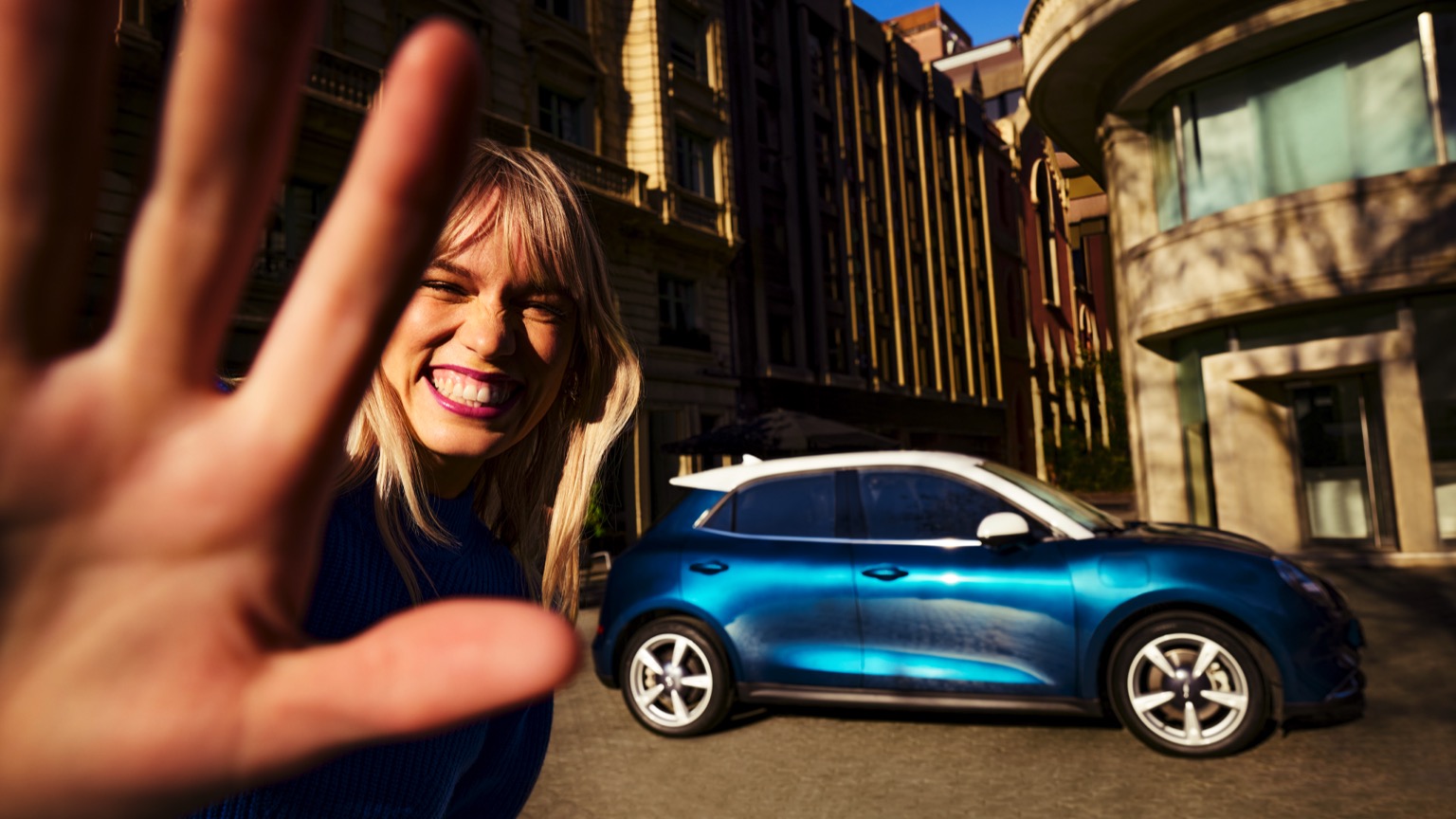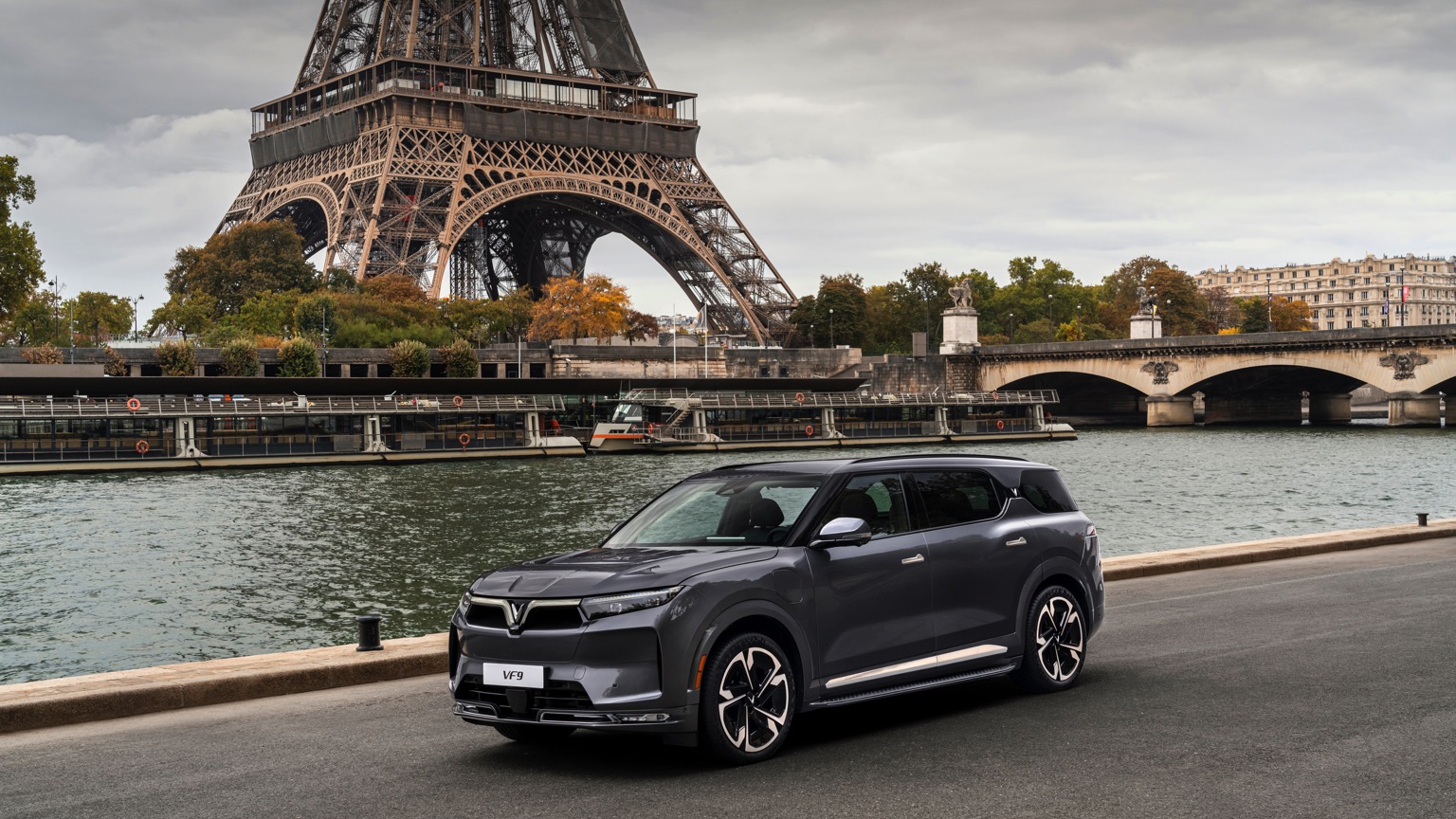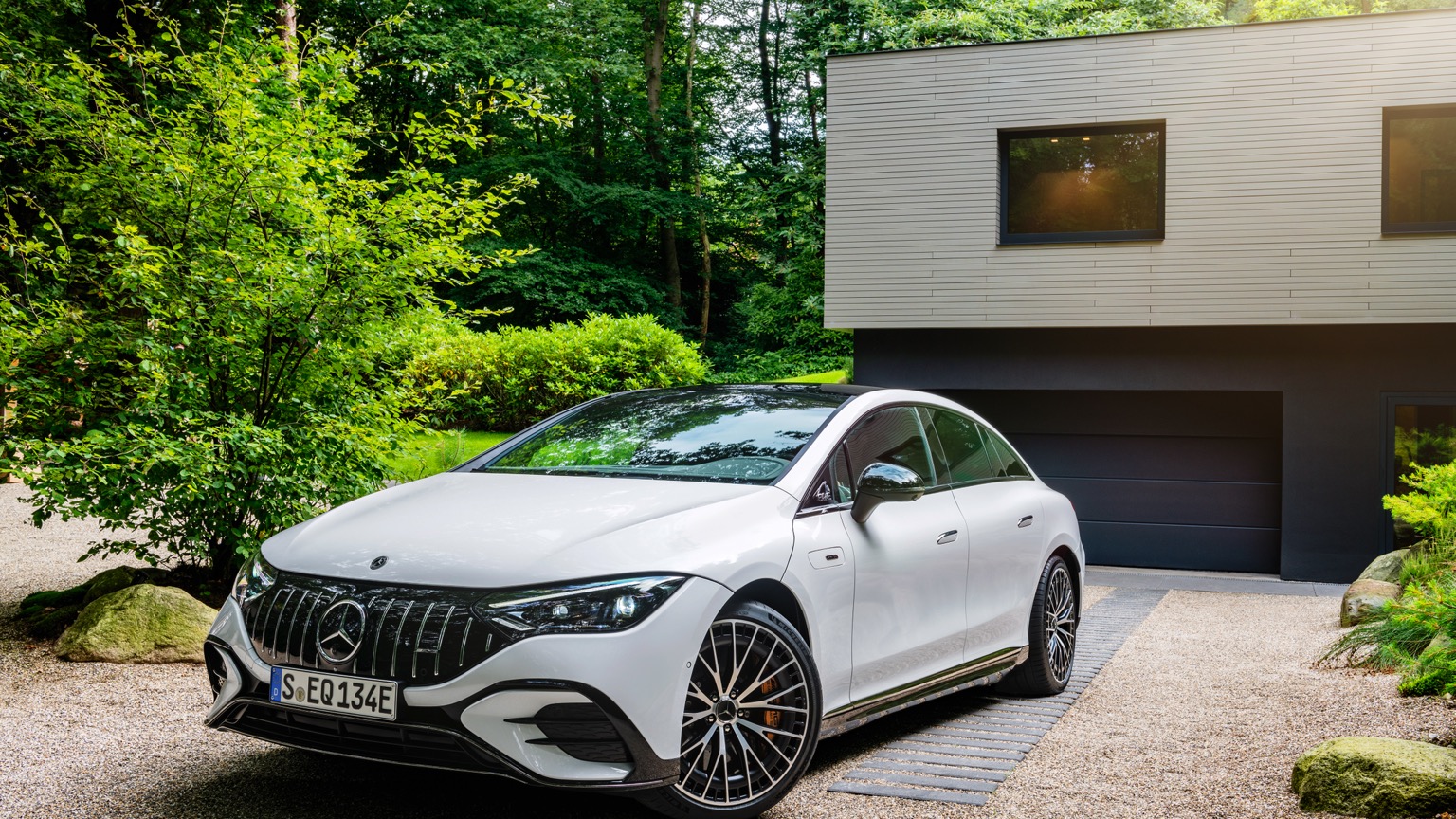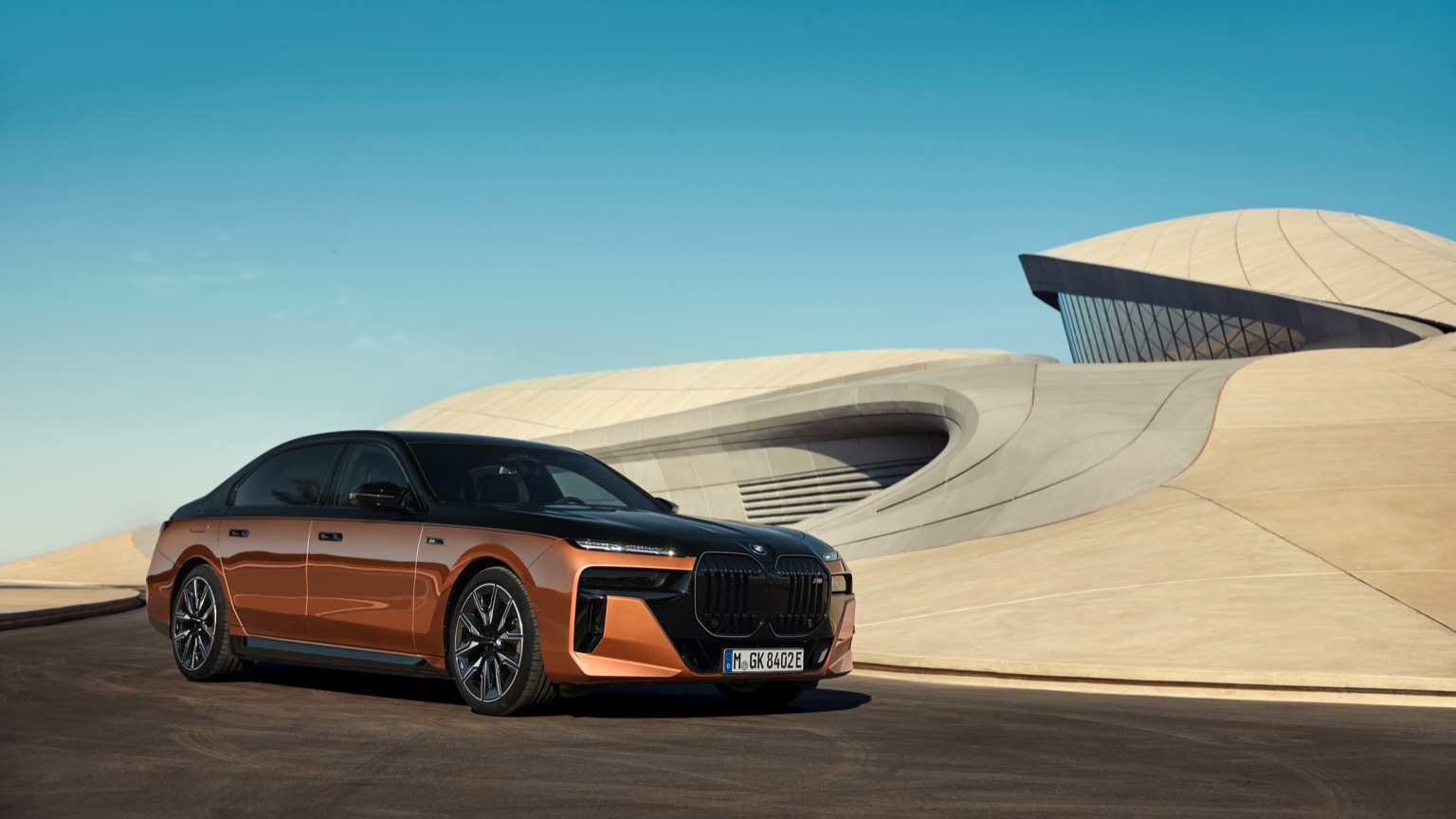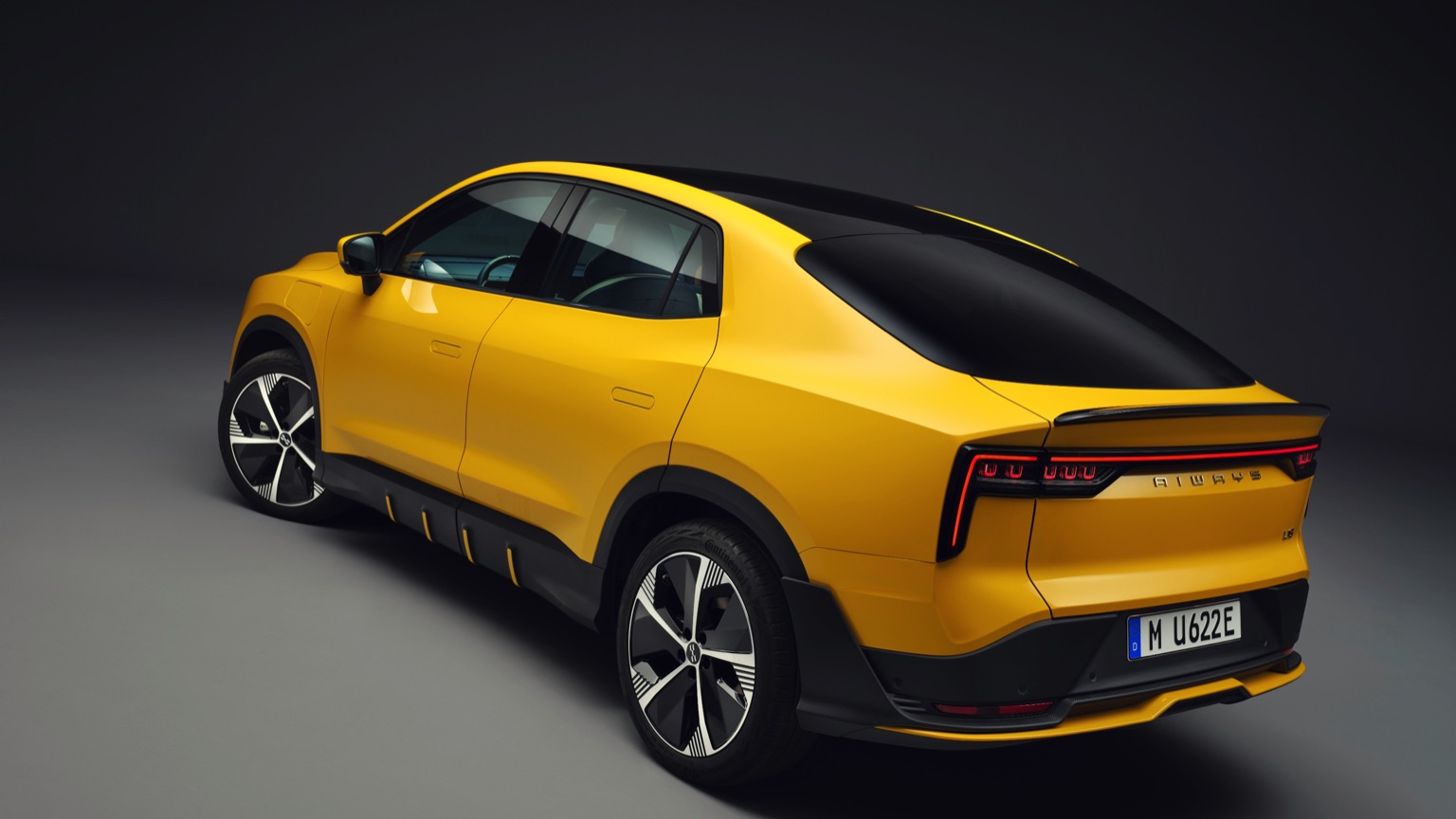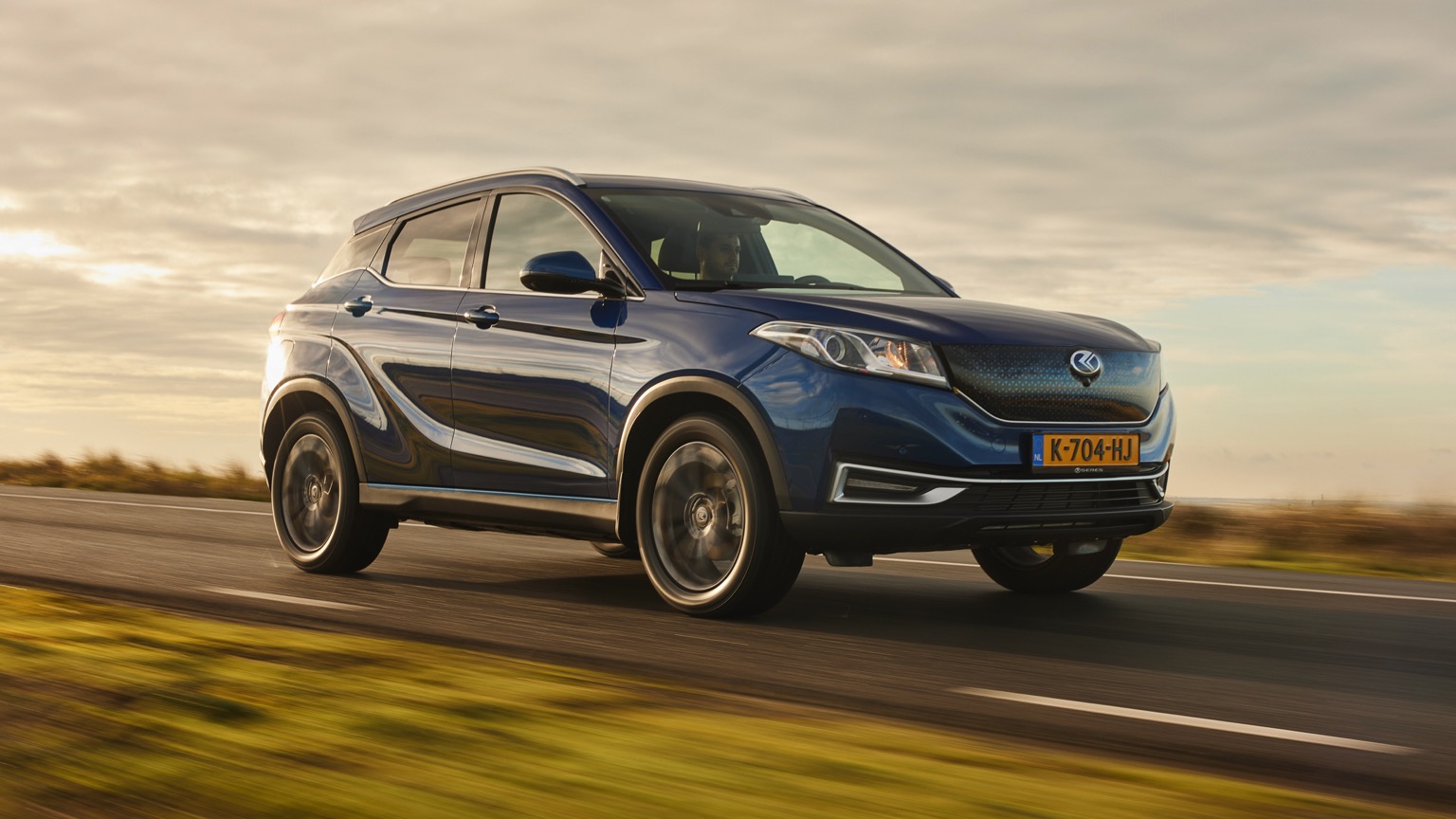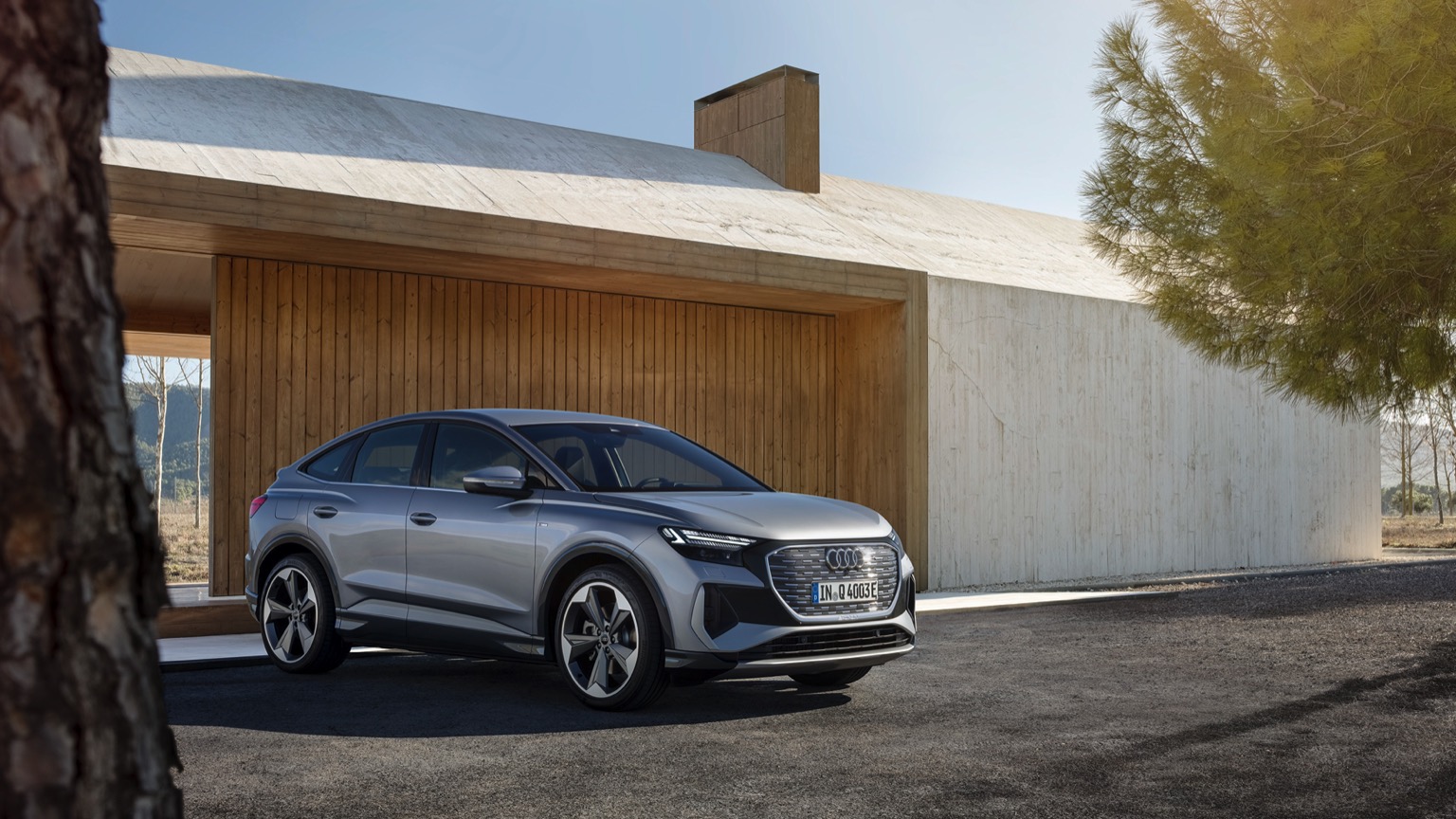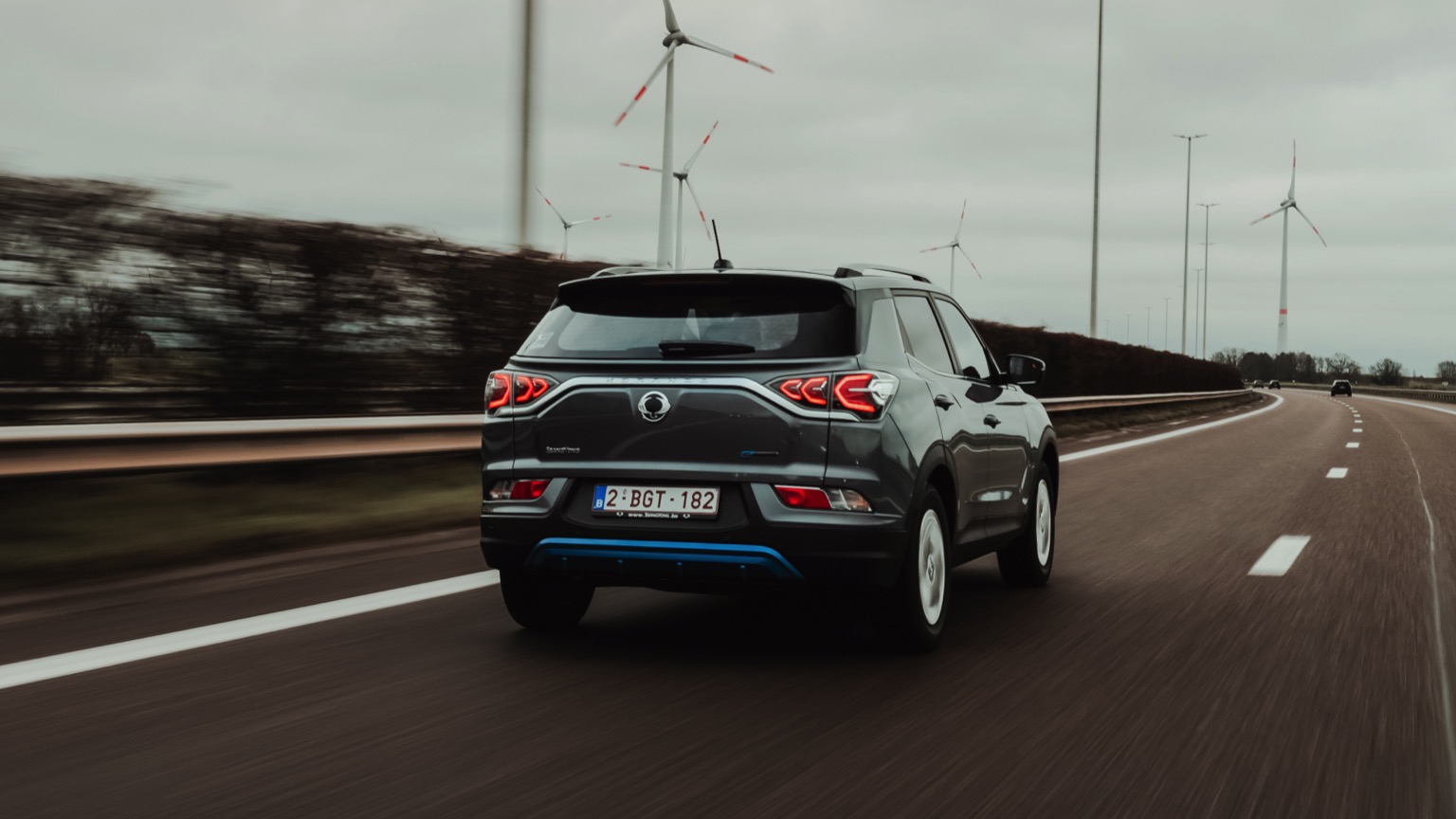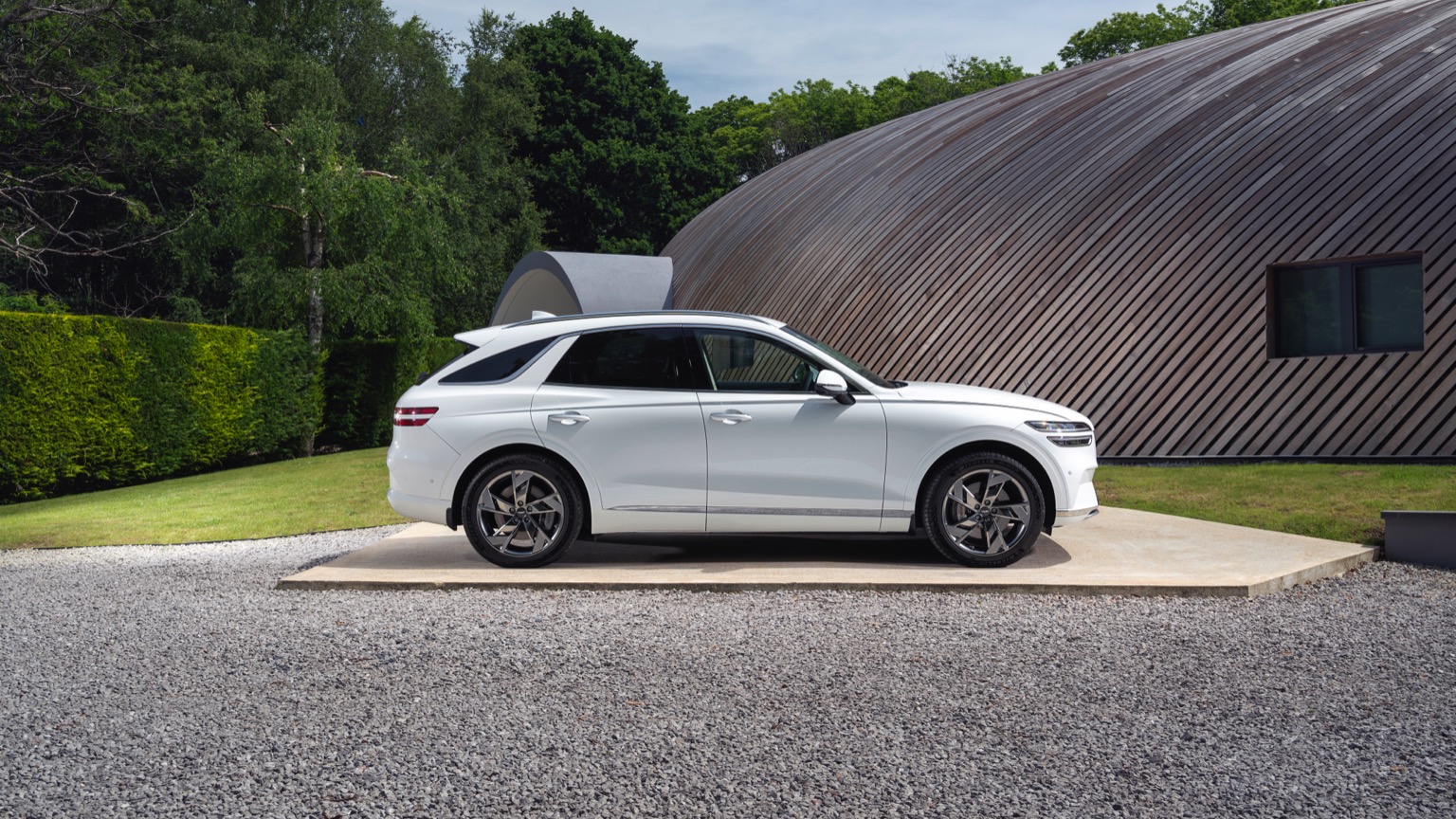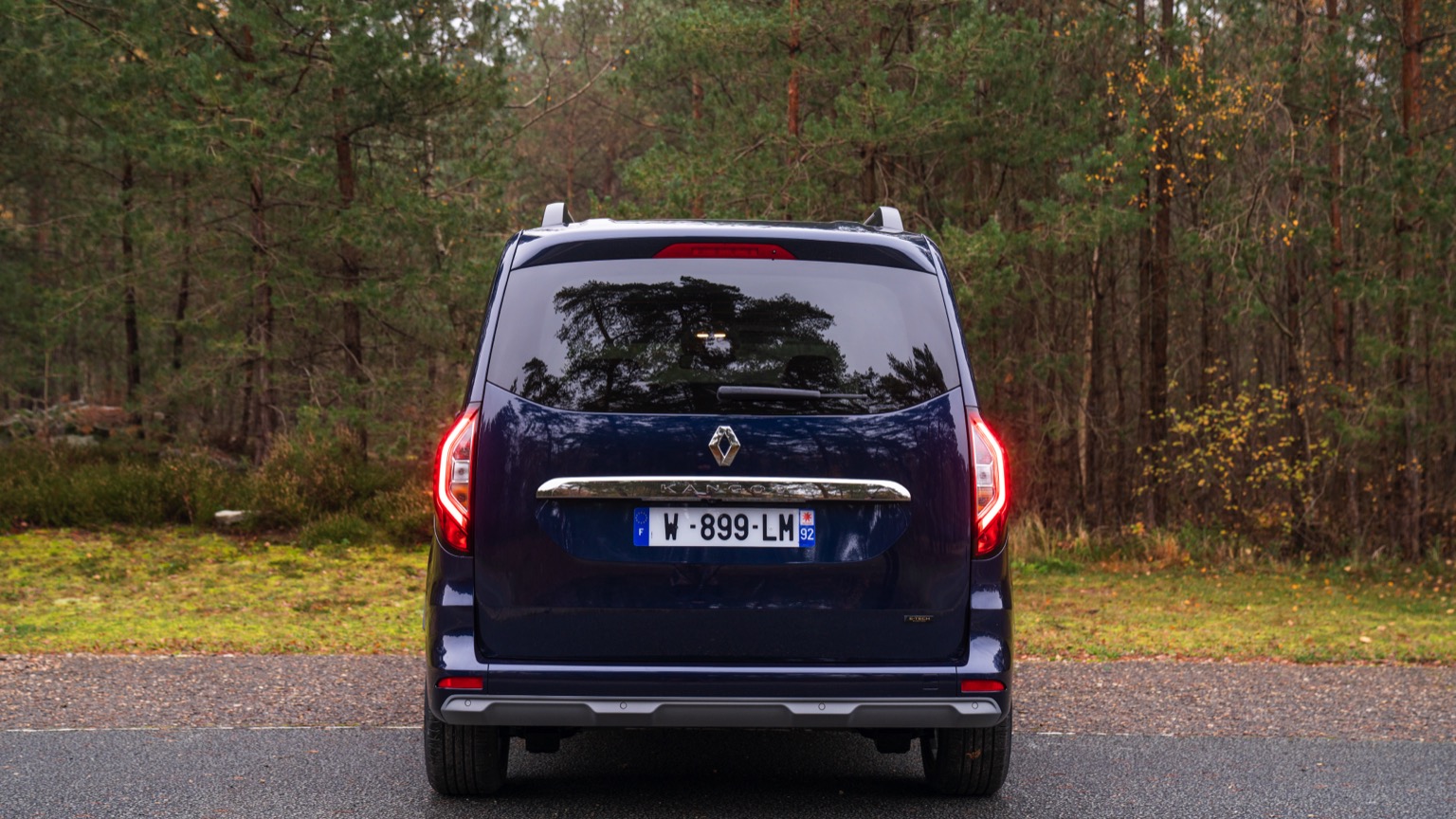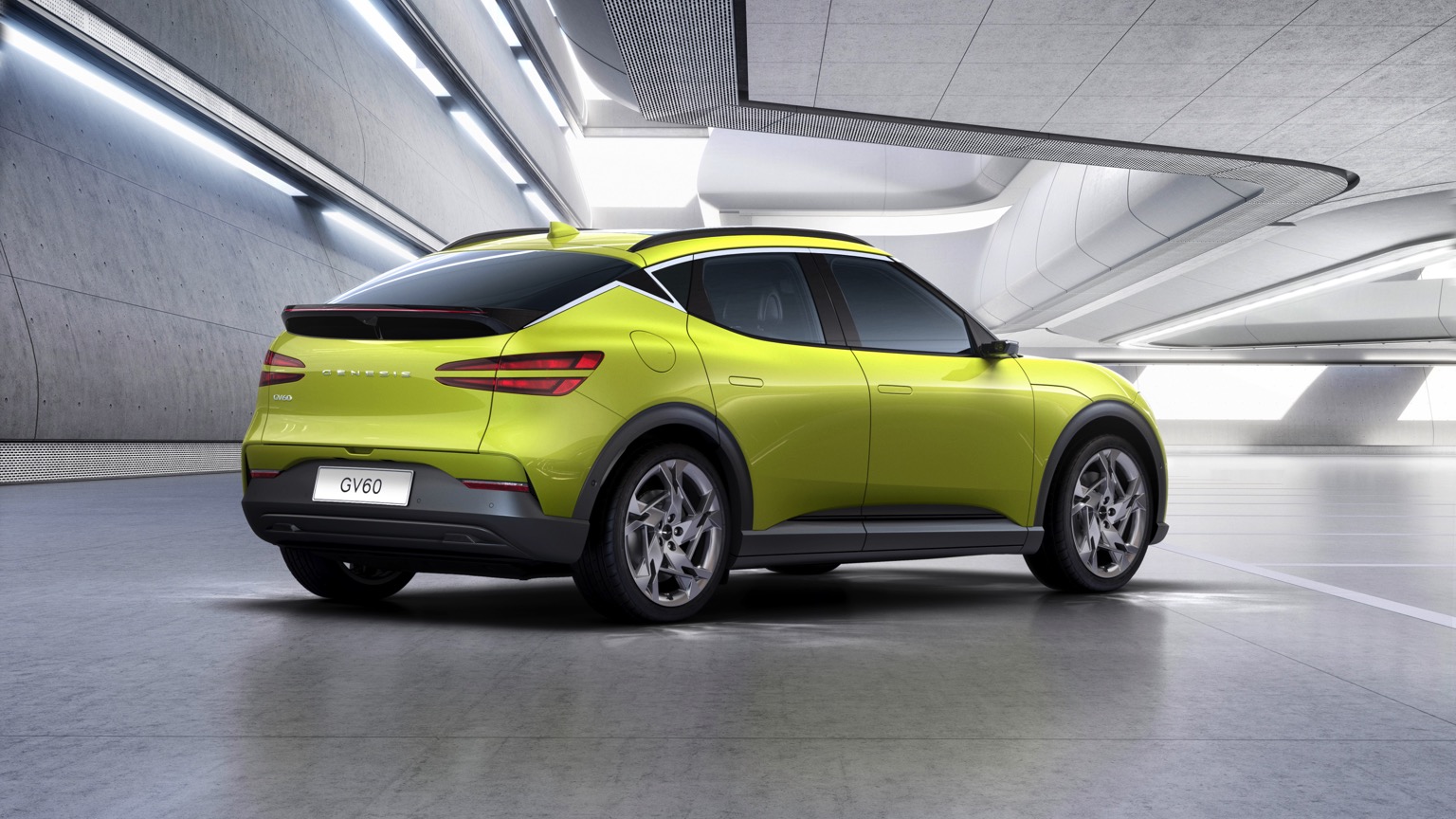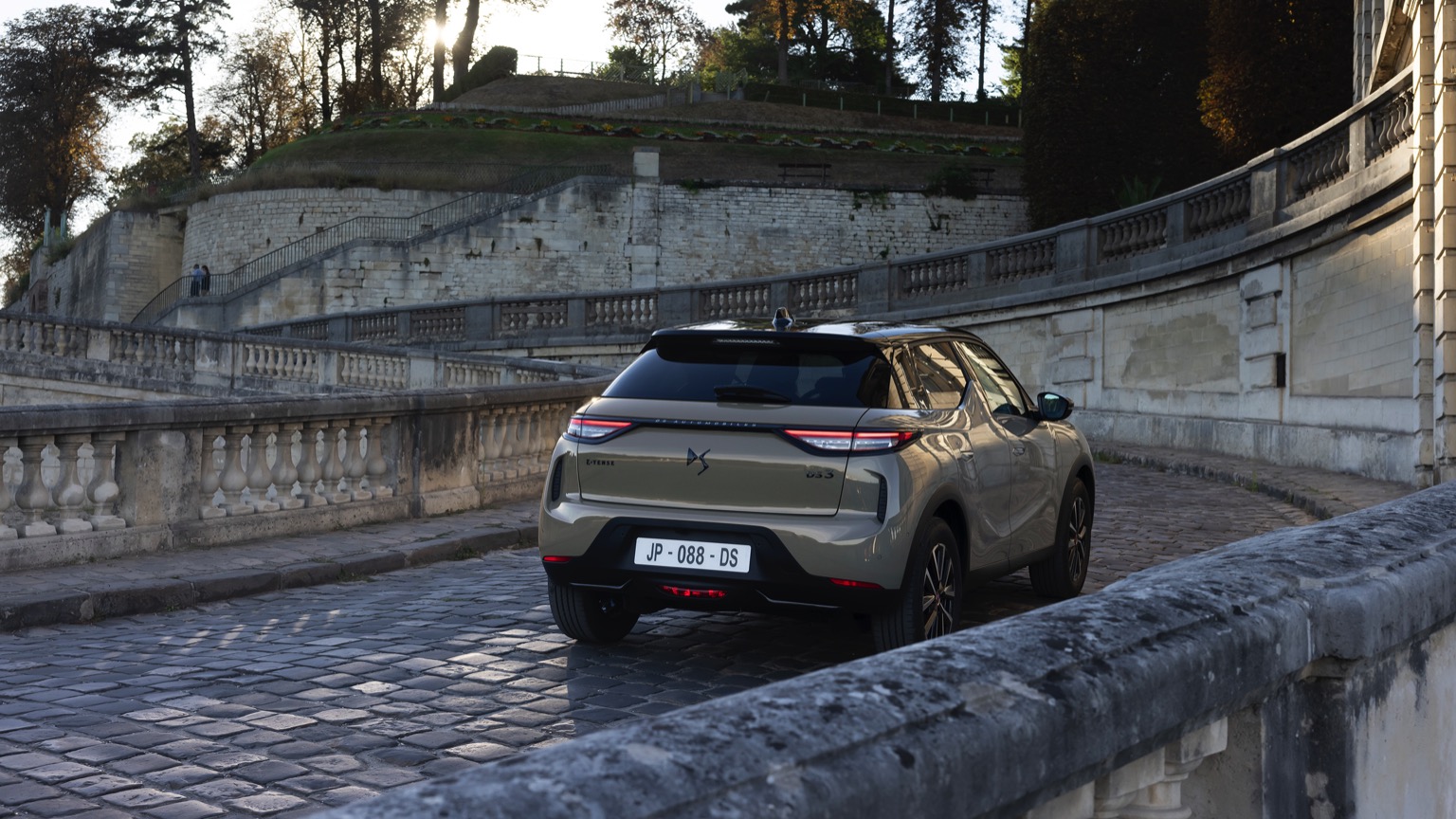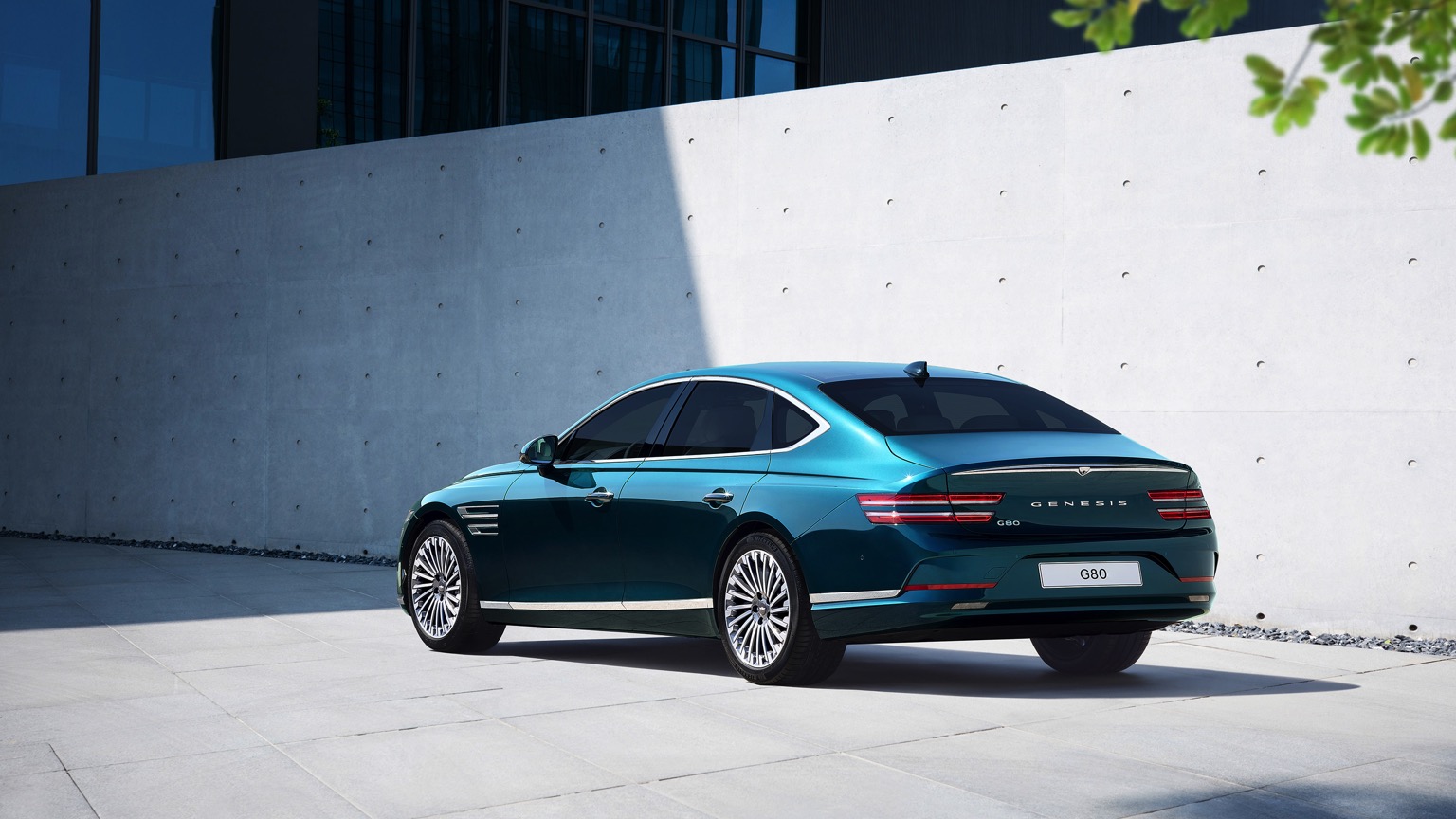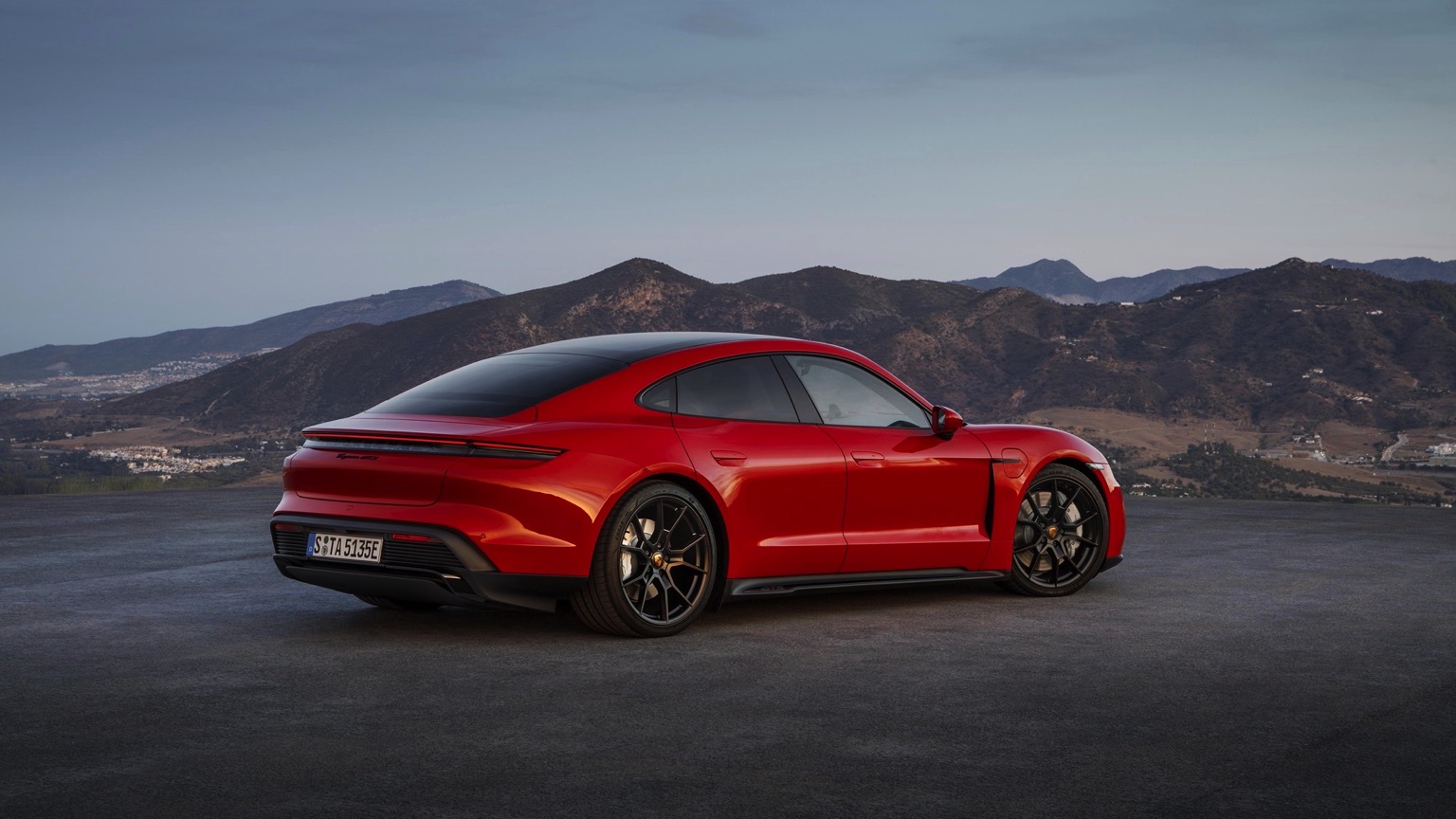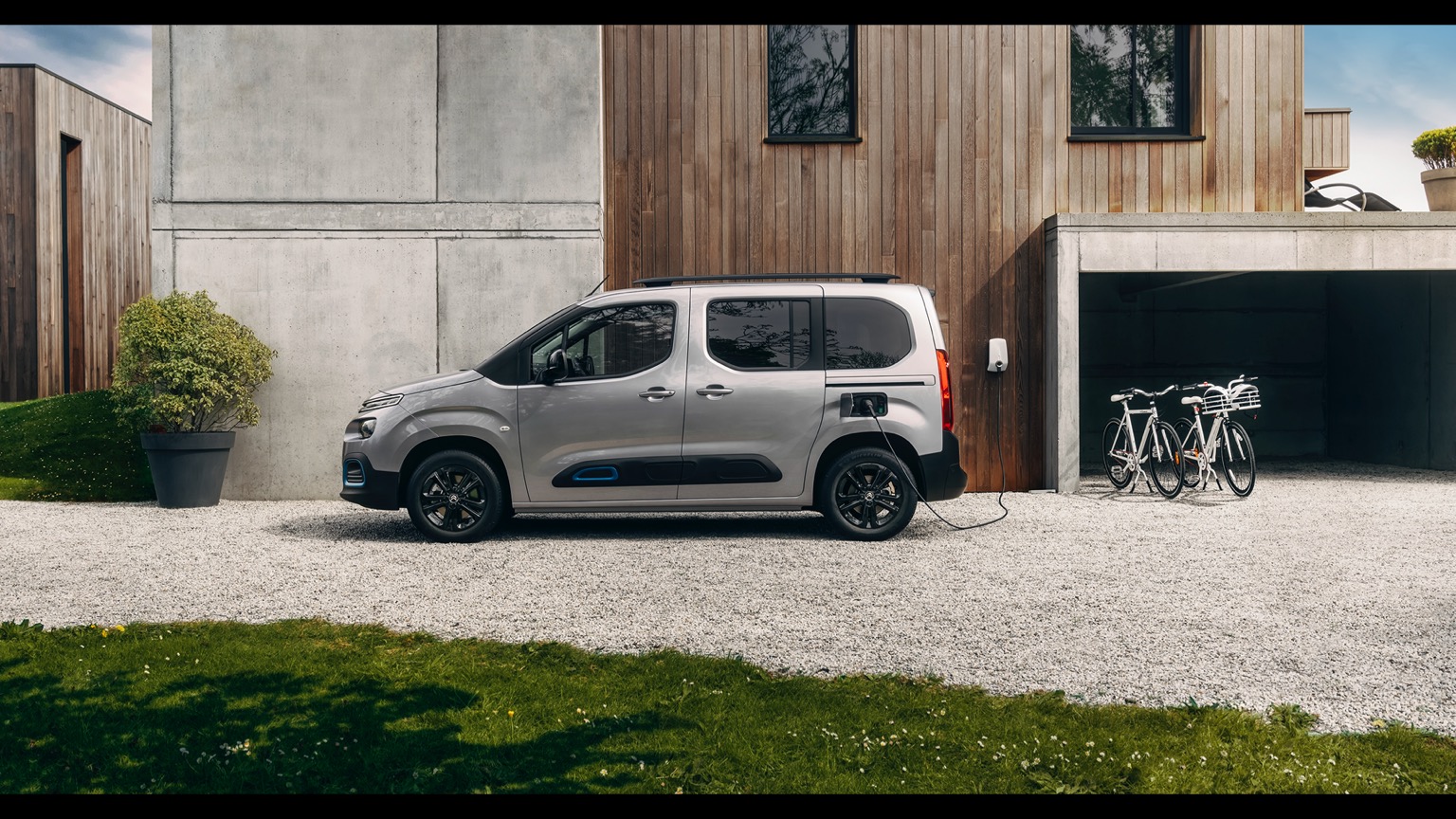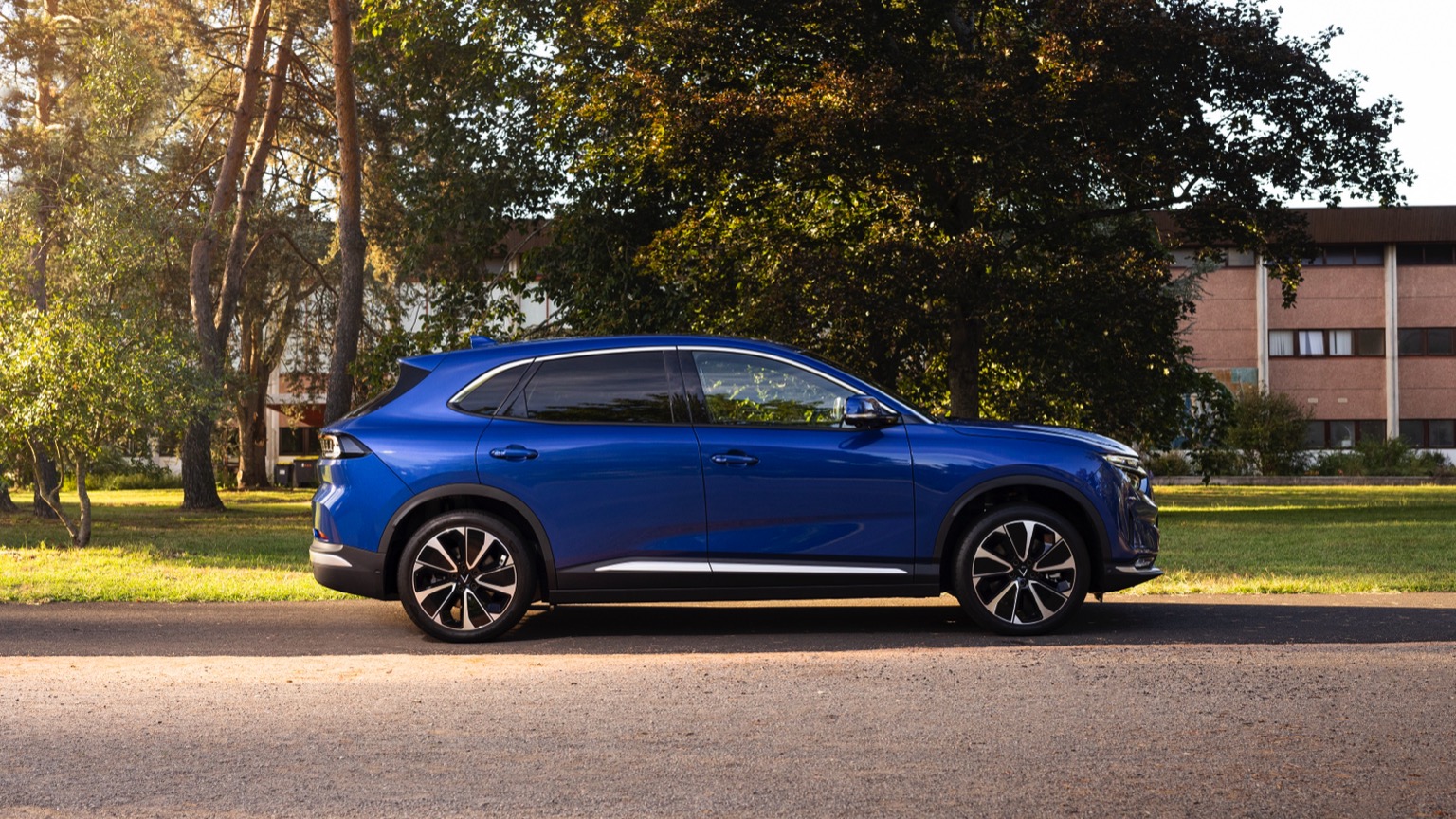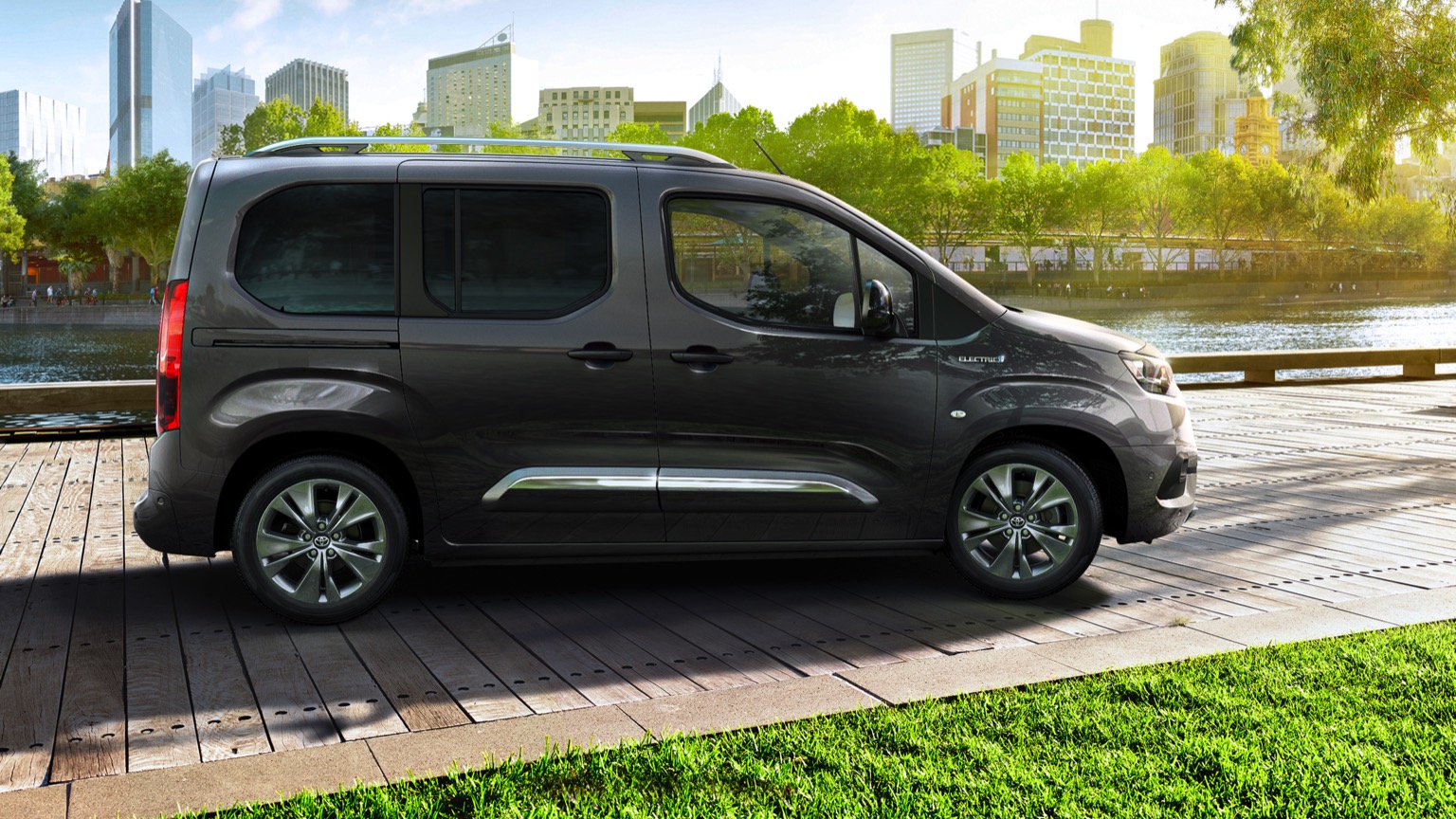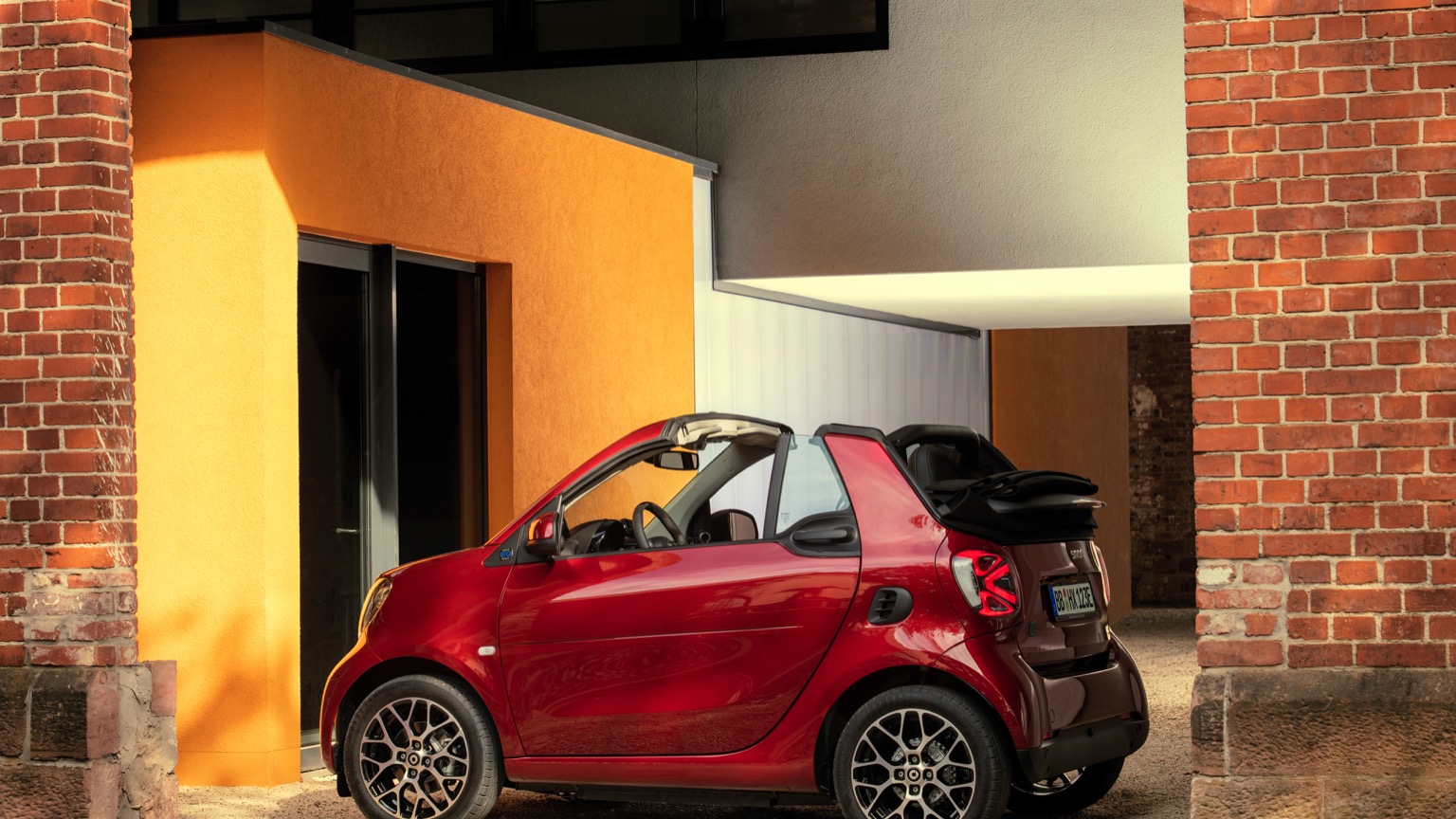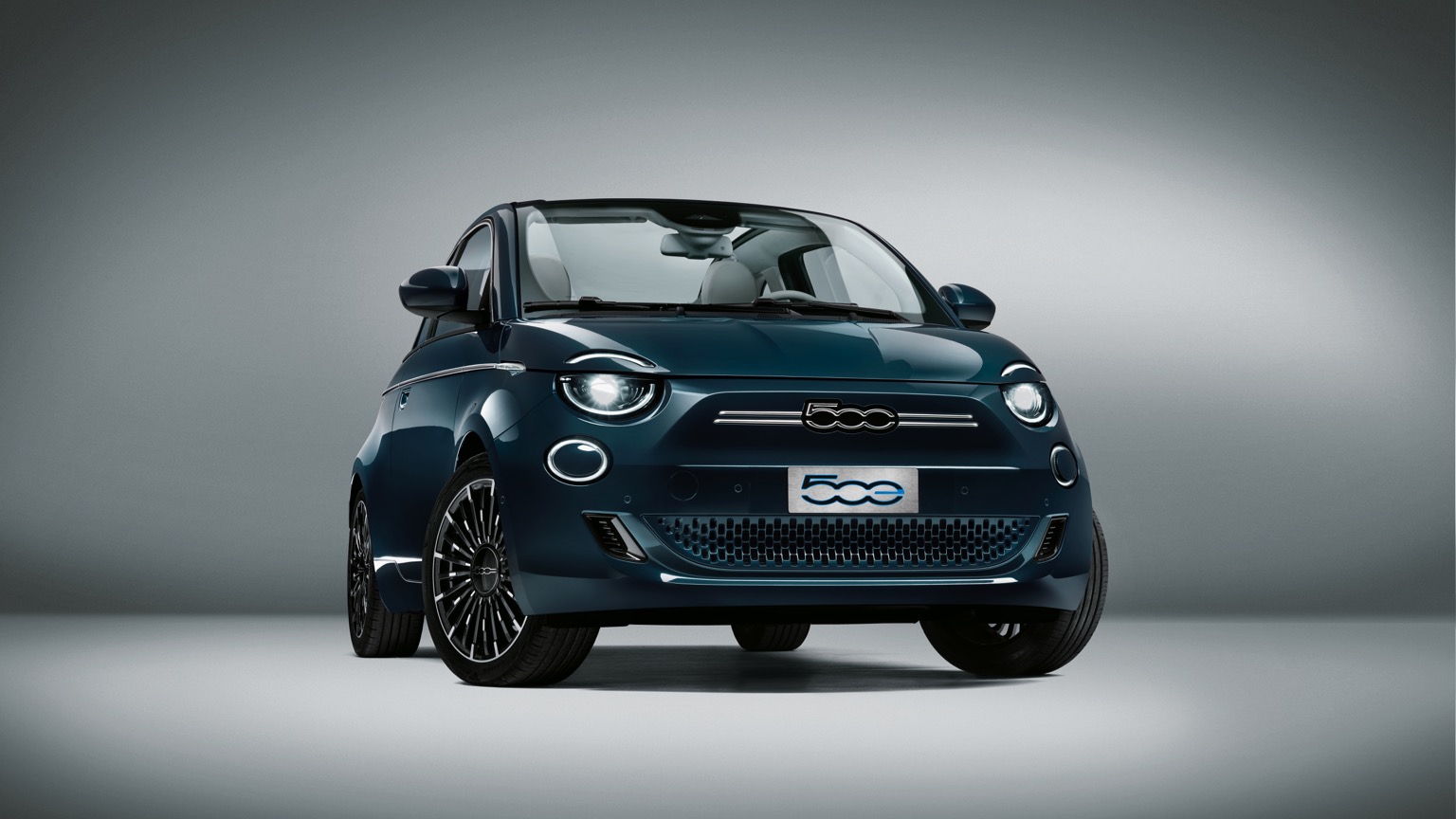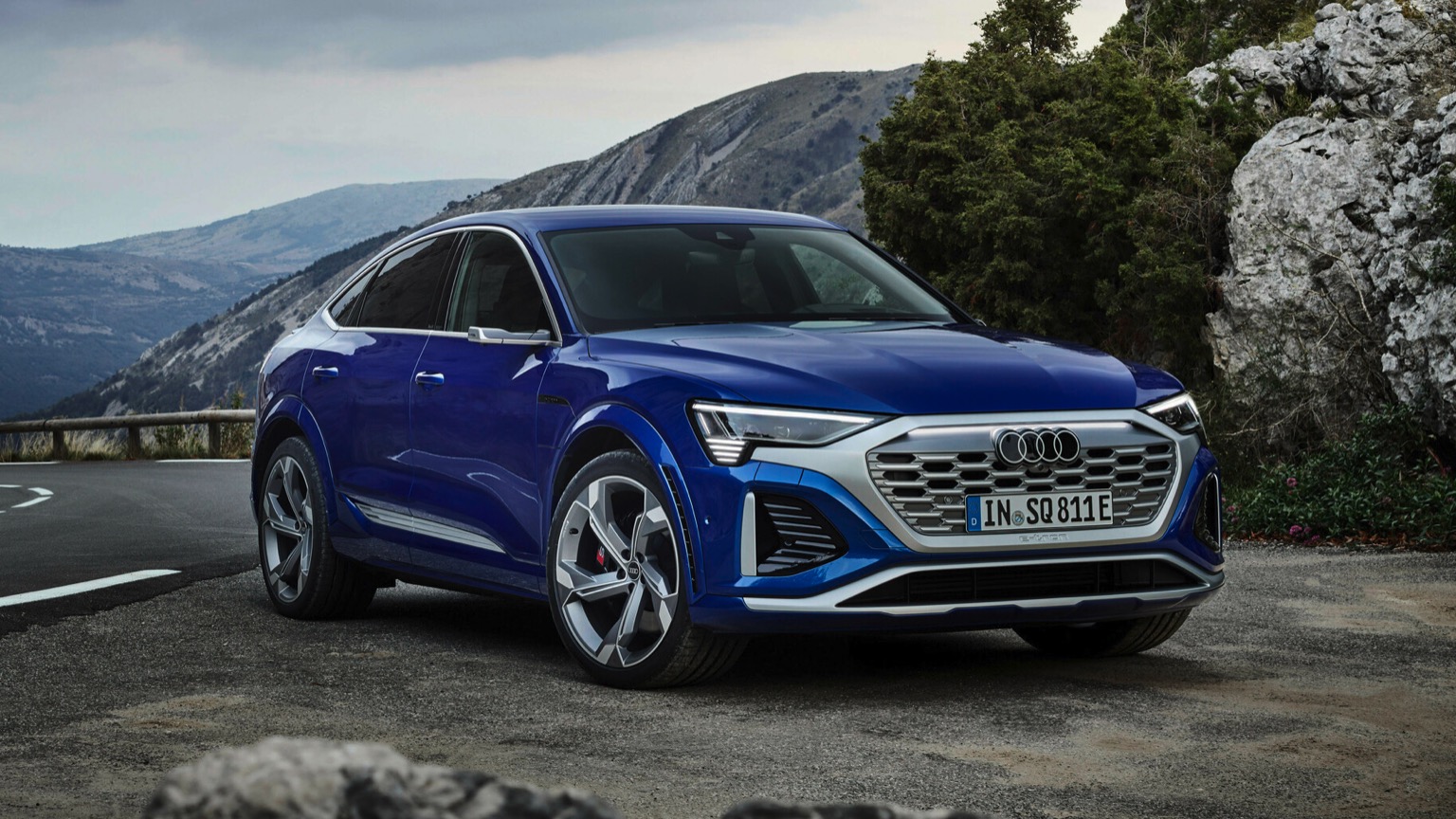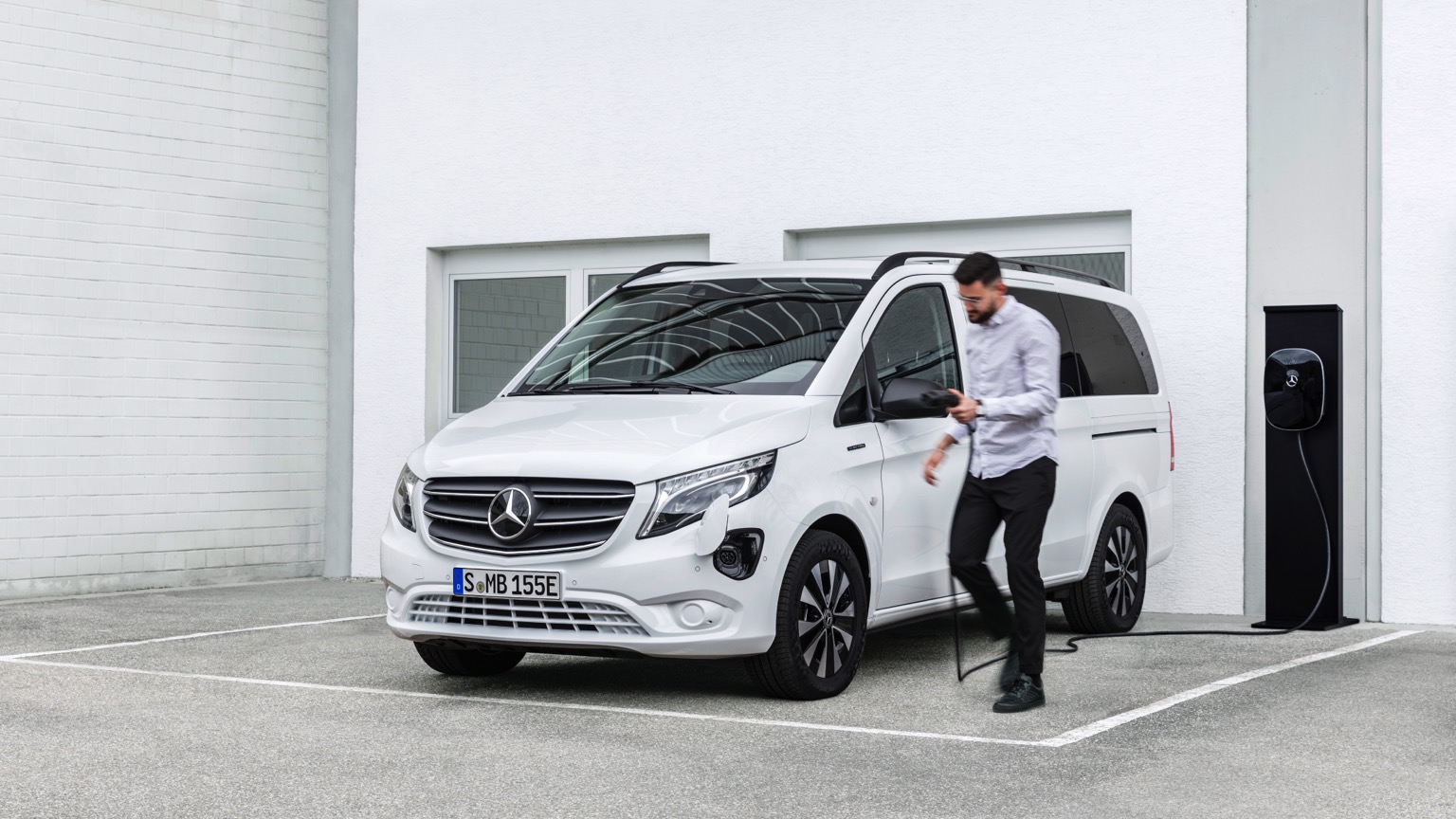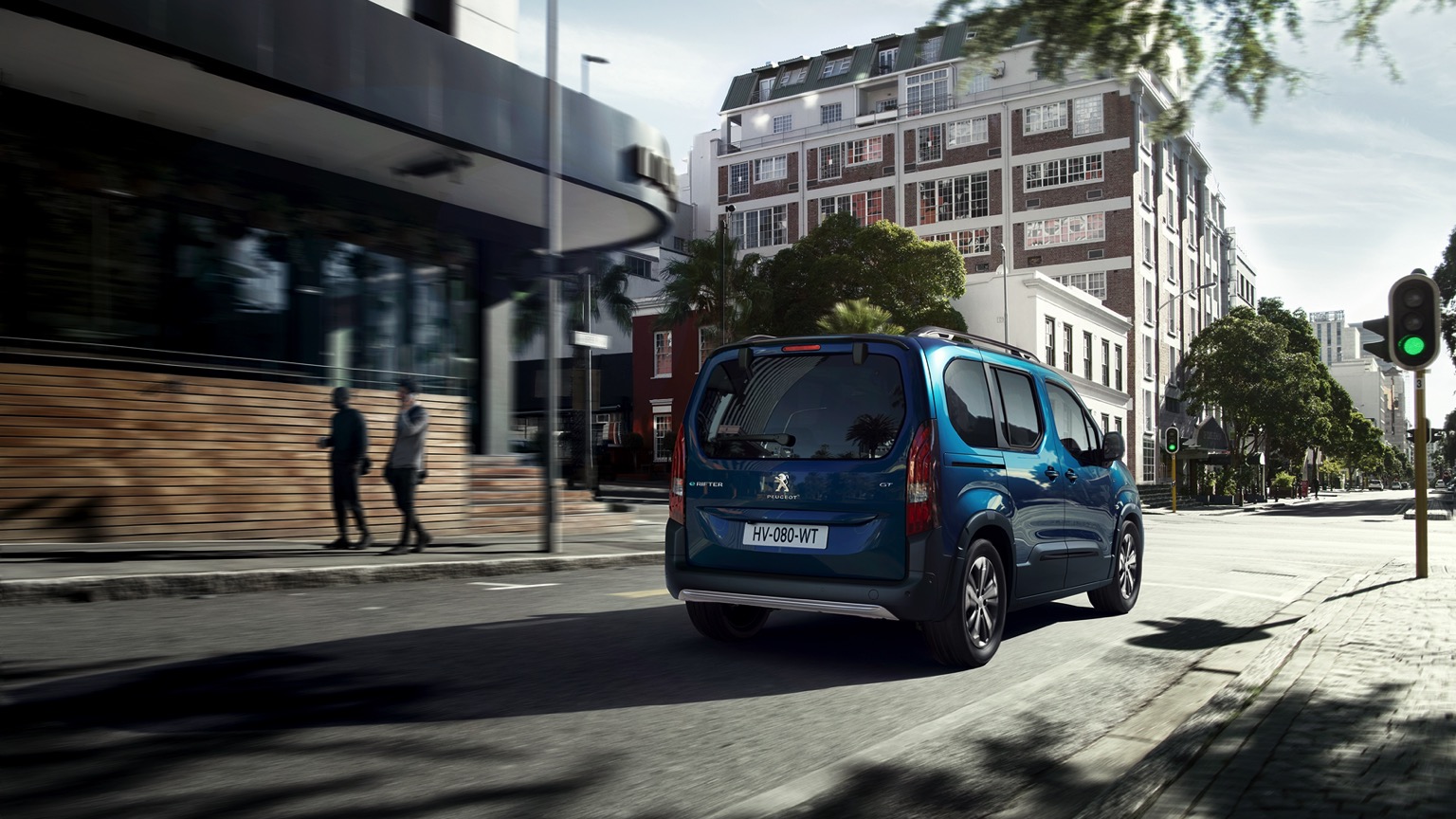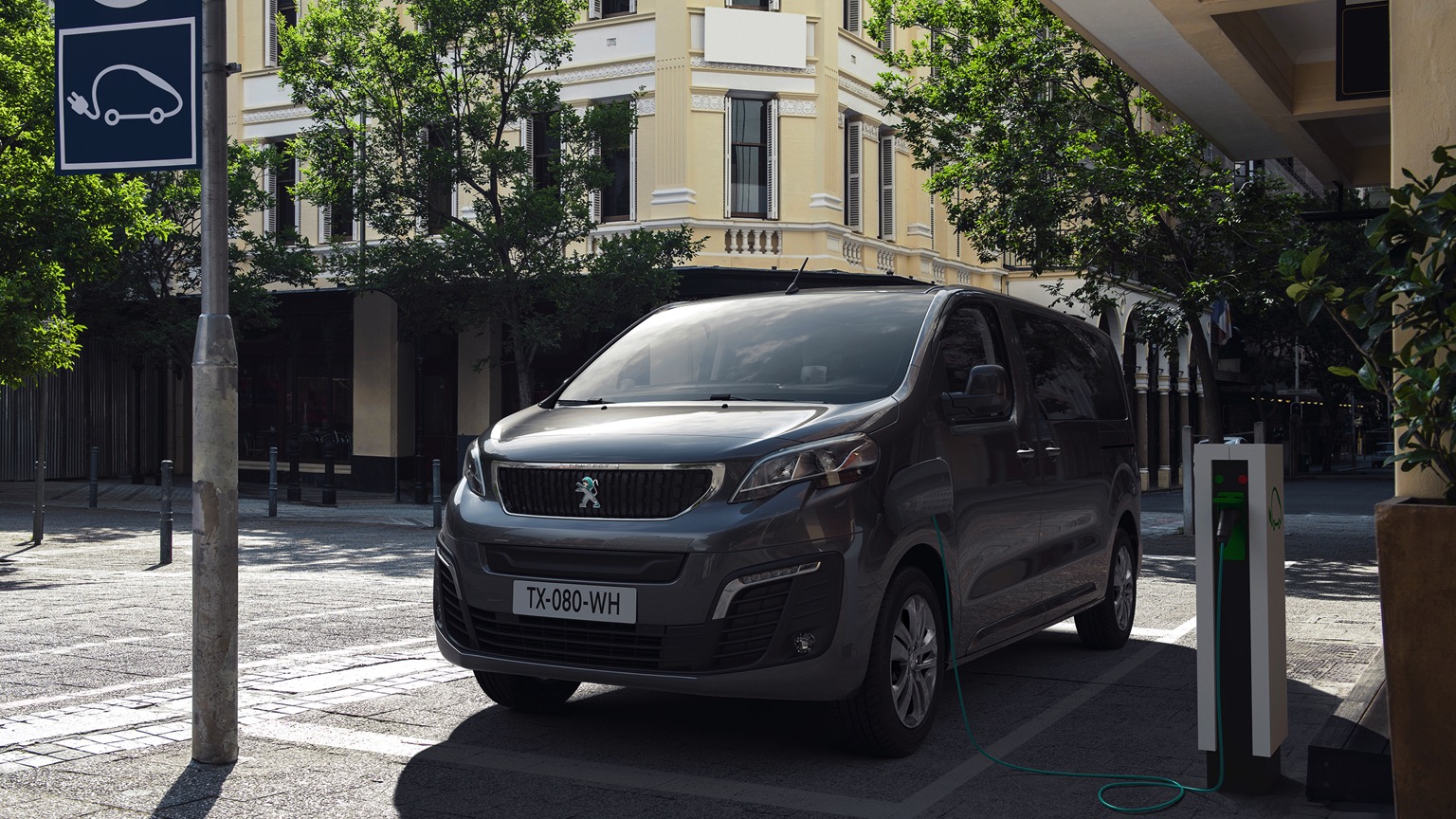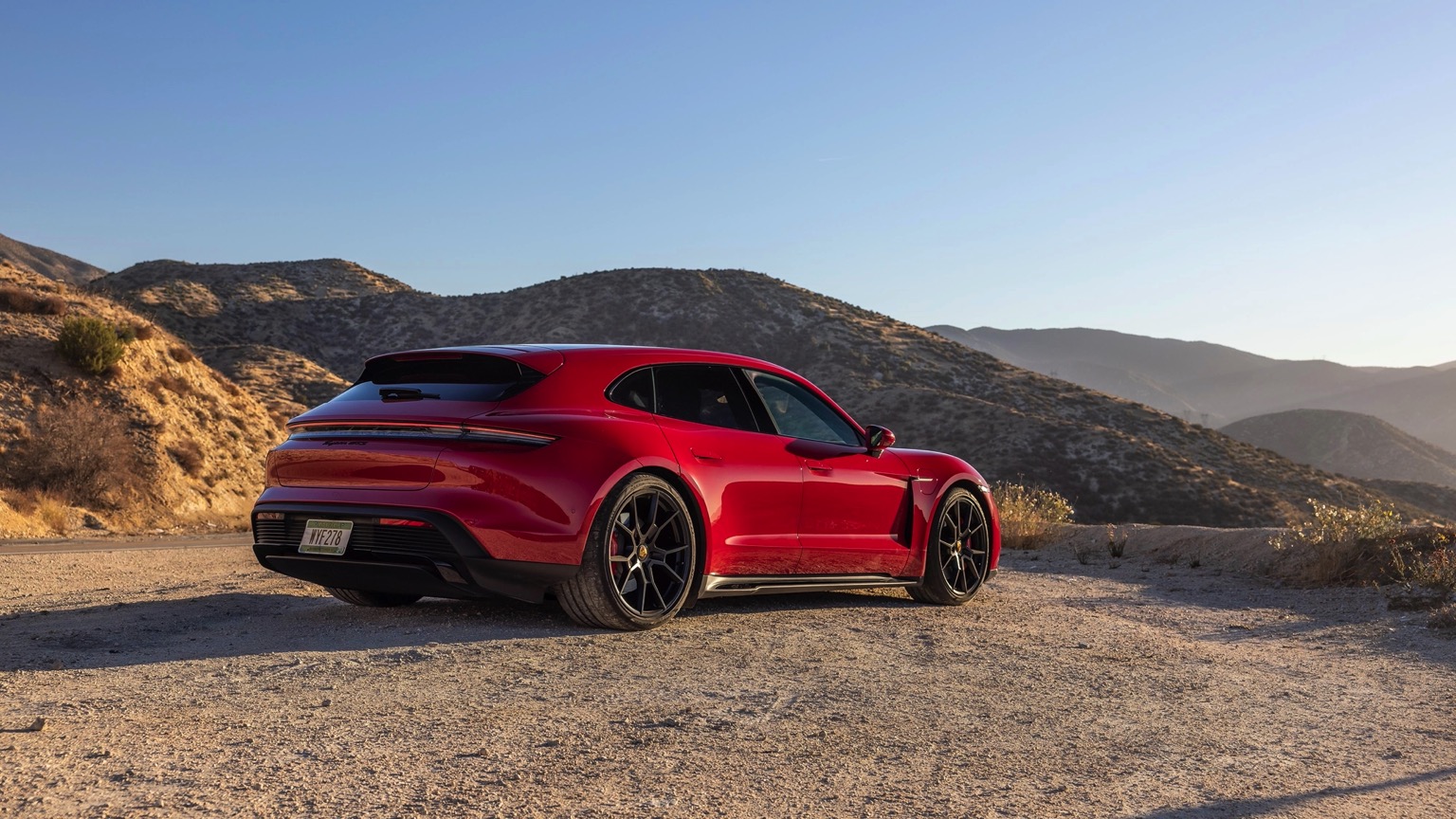EVs (electric vehicles) have been gaining momentum across the world. As of 2022, electric cars made up 5.8% of all new cars sold in the US, a 3.1% increase from the previous year. If you are thinking about buying an electric car, you might be wondering how and where to charge it.
There are actually a range of options available to suit your needs and preferences, which can be confusing and mystifying to many. In this guide, we will explain everything you need to know about EV charging, from the types of chargers and connectors to the costs and speeds, as well as useful tips.
Where to Charge Electric Cars
The U.S. Department of Energy estimates 80% of EVs are charged at home. Yet that preferred method of charging isn’t always feasible. People who live in apartments, go on roadtrips, or are away from home often need to find alternative charging options.
As the number of electric vehicles manufactured booms and ranges expand to 500 miles on a single charge, the availability of EV charging locations has rapidly grown.
Starting in 2009, the U.S. Department of Energy began to invest heavily in nationwide charging initiatives. The Alternative Fuels Data Center reported that, as of Nov. 8, 2022, the country had 56,256 EV charging stations. About 52,375 of these stations were open to the public.
Here are the most common locations for EV charging:
EV charging at home
You can charge your car at home using a standard 120-volt outlet or a dedicated 240-volt circuit. Charging at home is convenient and cost-effective, as you can take advantage of off-peak electricity rates and avoid waiting in line at public charging stations.
You can also install a smart charger that connects to your home Wi-Fi and allows you to monitor and control your charging remotely.
EV charging at work
The use of electric vehicle charging infrastructure at workplaces is becoming more common. Many companies offer EV charging as a benefit to their employees, allowing them to extend their driving range and reduce fuel costs.
The U.S. Department of Energy encourages businesses to implement EV charging infrastructure, including Level 1 and Level 2 charging as well as DC fast charging, which can charge an electric car battery to 80% in just 15 to 45 minutes.
Although DC fast chargers are the most expensive option, many businesses invest in them to attract customers.
Public EV charging stations
Public charging stations are available in various locations such as parking lots, garages, hotels, restaurants, malls, airports, and parks. Public charging stations can provide different levels of power, from Level 1 (120 volts) to Level 3 (480 volts), depending on the type of connector and charger.
Level 3 chargers, also known as DC fast chargers, can charge an EV up to 80% in less than an hour, but they are more expensive and less common than Level 2 chargers (240 volts), which can charge an EV in a few hours.
You can use the free charging station locator at Electrly to find and navigate to the nearest public charging station, as well as check availability, pricing, and payment options.
EV charging at gas stations
Some gas stations have started to offer EV charging as an alternative or complementary service to their customers. EV charging at gas stations can provide convenience and flexibility for drivers who need a quick top-up or who are traveling long distances.
Gas stations may have Level 3 chargers that are built into the gas pumps or in a separate area. Some gas stations may also offer amenities such as restrooms, snacks, drinks, and Wi-Fi while you wait for your car to charge.
EV charging at retail locations
Many retail locations such as supermarkets, department stores, coffee shops, and fast-food chains have installed EV charging stations to attract and retain customers who drive electric vehicles. EV charging at retail locations can enhance your shopping or dining experience by allowing you to charge your EV while you shop or eat.
You can also save time and money by combining your errands and your charging needs. Some retail locations may offer free or discounted charging, while others may charge a fee or require a membership.
EV Charging Networks
There are many companies that offer fast charging in the US and there will likely be more in the not-too-distant future. President Joe Biden has plans to build a national network of 500,000 electric chargers along highways and in various communities by 2030.
Tesla has more than 40,000 Superchargers around the globe, making it the world's largest fast-charging network. Some of those chargers are accessible to non-Tesla electric vehicles. Other major players in charging networks include Volta, SemaConnect, ChargePoint, Blink, EVgo, and Flo.
Charging Levels & Types of Electric Car Chargers
There are three types of charging levels that vary in power output and speed. Those include:
Level 1 charging
Since the charging cables come with the car, Level 1 chargers are arguably the most convenient type of charger for new electric car buyers. You can plug the charger into the car and then connect it to a standard 120-volt household outlet.
However, it only delivers a maximum of 2.3 kW, which adds 3 to 5 miles of range each hour. That is generally enough for most drivers who drive short distances, so don’t deplete the battery each day if you use only Level 1 charging.
Learn more: Level 1 EV Charging Guide >>
Level 2 charging
For faster home charging, some people choose Level 2 chargers that offer three to four times the amperage of Level 1 chargers. This means charging is six to eight times faster, allowing cars to gain 12 to 32 miles of range per hour.
Since Level 2 chargers require a 240-volt outlet, many users hire electricians to install one. Frequent travelers can still fully charge their vehicles overnight even if they’ve been unplugged for a few days.
Additionally, some electric companies offer special rates for nighttime EV charging and Level 2 chargers can be programmed to start charging when electricity rates are lowest. Level 2 EV chargers can also be found in various locations such as public parking lots, workplaces, hotels, and shopping centers.
Learn more: Level 2 EV Charging Guide >>
Level 3 charging (DC fast charging)
Most electric car owners prefer Level 3 charging stations, also known as DC fast charging. These expensive and high-powered stations can fully charge EV batteries in minutes.
There are four standards for Level 3 charging: CHAdeMO, Tesla, SAE J1772 and CCS. Each delivers DC power directly to the battery, but not all EVs are compatible with every type of DC fast charging station.

You should consult your vehicle information to determine the appropriate charger. Charging with a fast charger is straightforward and similar to using Level 1 and Level 2 chargers. The main difference is that fast chargers are always outside and drivers connect their cars with a cable similar to a gas pump nozzle.
Why is DC (Level 3) Charging So Much Faster?
Batteries store DC power, and electrical vehicles demand high power input to quickly recharge. While AC power can be transmitted over long distances more efficiently, it requires the onboard charger to convert the AC power to DC to recharge the battery.

In contrast, DC charging bypasses the onboard charger and supplies the battery directly with electricity, allowing for faster charging. As such, Level 3 DC charging can transfer a more significant amount of energy into the battery in a shorter duration than AC charging.
Learn more: What Is a DC Fast Charger and How Does It Work?
EV Charging Cables & Plugs
Charging an electric vehicle is fairly simple but it’s important to understand the various cables and plugs that will best suit your needs. You’ll hear about inexpensive Mode 1 charging cables, but you should know those are mainly for e-bikes and scooters. They are not safe to use with electric vehicles.
Electric vehicles come with Mode 2 charging cables that plug into the vehicle and a standard home outlet (120-volt). The cable has safety protections and controls and communicates the currency between the vehicle and the power source.
Still, it’s important to follow all safety protocols to ensure charging is safe. One key point is to never use an extension cord with the charger.
For extra convenience, many electric vehicle owners opt for Mode 3 charging cables that can be used with Type 1 or Type 2 chargers. Mode 4 charging cables are permanently connected to fast chargers. They provide extra safety due to liquid-cooled elements that ensure the cables don’t become too hot.
Just as there are different charging cables, there are also various types of charging plugs that connect to the electric vehicle. They differ depending on the country, vehicles and other variables. In the U.S., those that use AC power mainly use Type 1 plugs with up to 7.4kW power output.
Check out all types of plugs:

How Do You Install a Home EV Charging Station?
If you want to install a home EV charging station, you have the choice of Level 1 or Level 2. As we mentioned above, Level 3 chargers are only for commercial places.
Level 1 charging stations are the easiest to install and simply involve plugging one end of the cable that comes with your vehicle into the vehicle and the other end into a standard household outlet (110-120-volt AC).
This is the slowest charging option, but it’s recommended for plug-in hybrid electric vehicles (PHEV) with smaller batteries (lower than 25 kWh) as they don’t require as much power to reach full capacity in a reasonable time.
Level 2 EVSE is a home charging unit that plugs into a 240-volt circuit and can be hard-wired into a circuit by an electrician. This type of charger can be connected to your WiFi network, allowing you to schedule charging during off-peak hours.
Level 2 chargers charge an electric car’s battery much faster than Level 1 chargers, making them a popular choice among new EV owners.
EV Charging Tax Credit
In 2023, the federal government offers electric car charger buyers a one-time credit that covers 30% of the hardware and installation costs of EV chargers installed the prior year.
Those that install the chargers can also claim a one-time tax credit up to $1,000. The U.S. Department of Energy has listed the requirements needed to claim these incentives.
To claim the credit, you will need to fill out IRS Form 8911 and attach it to your federal income tax return. You will also need to keep your receipts for the hardware and installation costs.
Some states and local governments also offer rebates and incentives to those that install chargers.
How Long It Takes to Charge an Electric Car
Generally, it takes 10 to 40 hours to juice up an EV with Level 1 charging, 1 to 20 hours with Level 2, and 7 minutes to 2 hours with Level 3. There are an array of other factors that impact the amount of time that it takes to charge an electric car, including the battery size, the car's charging capacity, and the state of charge.
Battery size
The size of the battery determines how much energy the car can store and use. The larger the battery, the longer it will take to charge from empty to full.
For example, a typical electric car with a 60 kWh battery takes about eight hours to charge from empty to full with a 7 kW charging point, which is a common type of home or workplace charger.
Power output of the charger
As mentioned earlier, the power of the charger affects the electric car charging time. The higher the power output of the charger, the shorter the charging time will be. It’s important to note that the maximum charging speed of an electric car is determined by both the power of the charger and the car’s onboard charging system.
So, using a high-power charger with a car that has a lower maximum charging speed will not result in faster charging times.
Charging capacity of the car
The charging capacity of the car refers to how much power it can accept from the charging station. This depends on the car's onboard charger and battery management system. Some cars can accept more power than others, which means they can charge faster at higher-power stations.
For example, a Tesla Model 3 can accept up to 250 kW of power from a Tesla Supercharger, which is a type of DC Fast Charging station. However, a Nissan Leaf can only accept up to 46 kW of power from any DC fast charging station.
State of charge
The state of charge of the battery indicates how full or empty it is relative to its total capacity. The battery's state of charge affects its charging speed because most electric cars use a technique called "tapering," which means they reduce the power intake as the battery gets closer to full.
This is done to protect the battery from overheating and degradation. Therefore, an electric car will charge faster when its battery is low than when it is high.
Understanding EV Charging Costs
Charging an electric car involves various costs, which can fluctuate depending on factors such as location, charger type, and more.
Electricity Costs by Location
Electricity prices differ across the United States. The U.S. Energy Information Administration (EIA) publishes a chart displaying the average price of electricity per state, categorized into residential, commercial, and other segments.
For instance, in California, the average cost of electricity is 22.95 cents per kWh. These costs play a significant role in determining the overall expense of charging an EV.
Home Charging: The Most Affordable Option
Home charging is generally the most affordable option for charging an electric car. The cost can vary based on factors such as the type of charger used, car model, battery size, and even weather conditions. Those with solar energy systems typically pay significantly less than those relying on traditional electric supplies.
Commercial Charging Options
Besides home charging, commercial charging options are available at shopping centers, gas stations, and dedicated EV charging stations.
These stations typically provide both Level 2 and Level 3 charging. However, public charging is generally more expensive than home charging due to the supplier's profit margin. Some commercial charging stations offer free charging services.
Fees and Costs at Public Charging Stations
When using a public charging station, fees may cover electricity, maintenance, and the price of the charger. Prices may total $25 or more for a Tesla, with the advantage of a quicker charging time. One example is $0.55 per kWh plus service fees and charges per minute.
Cost of Public Chargers: Level 2 Charging Example
The cost of public chargers varies, but one estimate is $1.50 per hour for Level 2 charging. This cost can fluctuate depending on service fees, battery size, and even weather conditions.
Government and Employer Incentives
To promote the adoption of electric vehicles, some state and local governments offer pilot programs to help users identify the most cost-effective electric options at home or within their community. Additionally, some employers provide free charging stations or compensation for employees who charge their electric vehicles at home.
Learn more: How Long Does It Take to Charge an Electric Car?
How Do You Pay to Charge an Electric Car?
The method of payment for EV charging varies depending on the charger type and service provider. At home, you pay for the electricity used to charge your EV through your regular utility bill. At work, your employer may provide free or discounted charging that can be activated using an RFID card, app, or credit/debit card.
Public charging stations may require joining a network and payment can be made using an RFID card, app, or credit/debit card. Fees vary by network and some stations may offer free charging as a promotion or courtesy.
Are There Free EV Charging Stations?
As more and more car manufacturers introduce new models, companies and businesses are increasingly installing EV charging stations that are free to use. The latest to join this trend are car dealerships, many of which plan to open their charging stations to the public.
Some car manufacturers, such as Tesla, even have head-up displays that can guide you to free charging stations. Additionally, there are many apps available for both Apple and Android phones that can help you find free charging, or you can use Electrly's charger locator to find free charging stations.
How Far Can an EV Go on One Charge?
"Range anxiety" is a major obstacle for car dealers as potential buyers fear that an electric car won’t get them from Point A to Point B on a full charge. However, this fear may be unfounded as the Bureau of Transportation Statistics reports that Americans drive an average of 29 miles per day.
To satisfy range anxiety, car manufacturers are introducing cars with longer ranges such as Lucid with over 500 miles and Tesla Model S with 405 miles.
The U.S. Department of Energy reports that the average all-electric vehicle range was 260 miles in 2020 and J.D. Power reports a slight increase to an average of 300 miles for 2022 and 2023 models.
How Long Does An EV Battery Last?
The lifespan of an EV battery varies and is affected by factors such as climate, driving habits and use of features like heated seats or air conditioning. Some car manufacturers warranty batteries to last 8 years or 100,000 miles and the National Renewable Energy Laboratory suggests EV batteries last 12 to 15 years in moderate climates and 8 to 12 years in extreme climates.
EV batteries degrade over time due to temperature, charging habits and usage patterns. A study by Geotab found that the average annual battery degradation rate for EVs was 2.3%, meaning that an EV with a 100 kWh battery would lose 2.3 kWh of capacity per year.
Experts suggest treating your EV’s battery like those in smartphones or computers. To ensure your battery lasts and charging remains simple, here's what you can do:
- Protect your car from extreme weather as it can reduce the battery's range.
- Don’t overcharge your battery; it’s best to charge it to about 80% for optimal performance.
- Read the manufacturer’s information for tips specific to your model.
- Avoid constantly using fast charging as it can shorten the longevity of your battery.
EV Charging Safety Tips
Although EV charging seems simple, shortcuts can lead to safety hazards. The U.S. Fire Administration lists an array of tips to ensure those that charge EVs do so safely. Those include:
- Have a qualified electrician install a new, dedicated circuit for your EV charging device. Remember that older homes may have wiring that is unsuitable for EV charging.
- Follow the manufacturer’s guidelines when charging your vehicle.
- Plug Level 1 chargers directly into an outlet. Do not use extension cords or multiplug adapters.
- Cover the EV charging stations so that it is protected from water.
EV Charging Manners
Finding a public EV charger can be challenging. To promote a courteous and respectful EV charging culture, follow these tips:
- Don’t leave your car unattended for longer than necessary while charging at a hotel or restaurant. Move your car as soon as it is fully charged or you are ready to leave.
- Don’t park in an EV charging space if you aren’t charging your car.
- Park within the lines and don’t occupy more than one space. This ensures other drivers can access adjacent chargers or parking spaces without difficulty.
Conclusion
As more car buyers turn toward electric vehicles and manufacturers gradually phase out gas-powered cars, EV charging will become more popular. The good news is that charging is simple and safe as long as you follow the manufacturer's instructions and use proper equipment.
Use this guide and the links provided to ensure your charging experience is as positive as possible.

